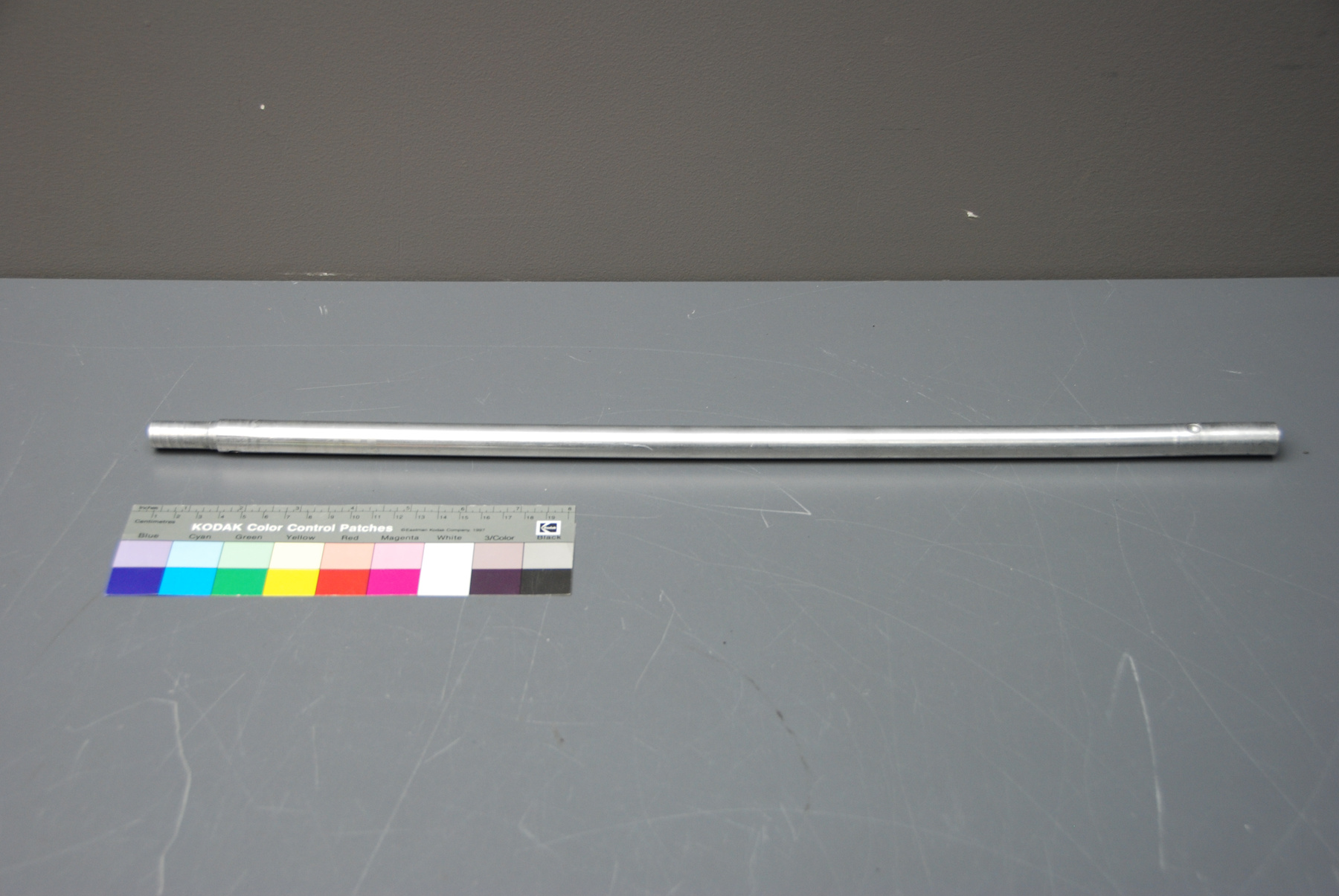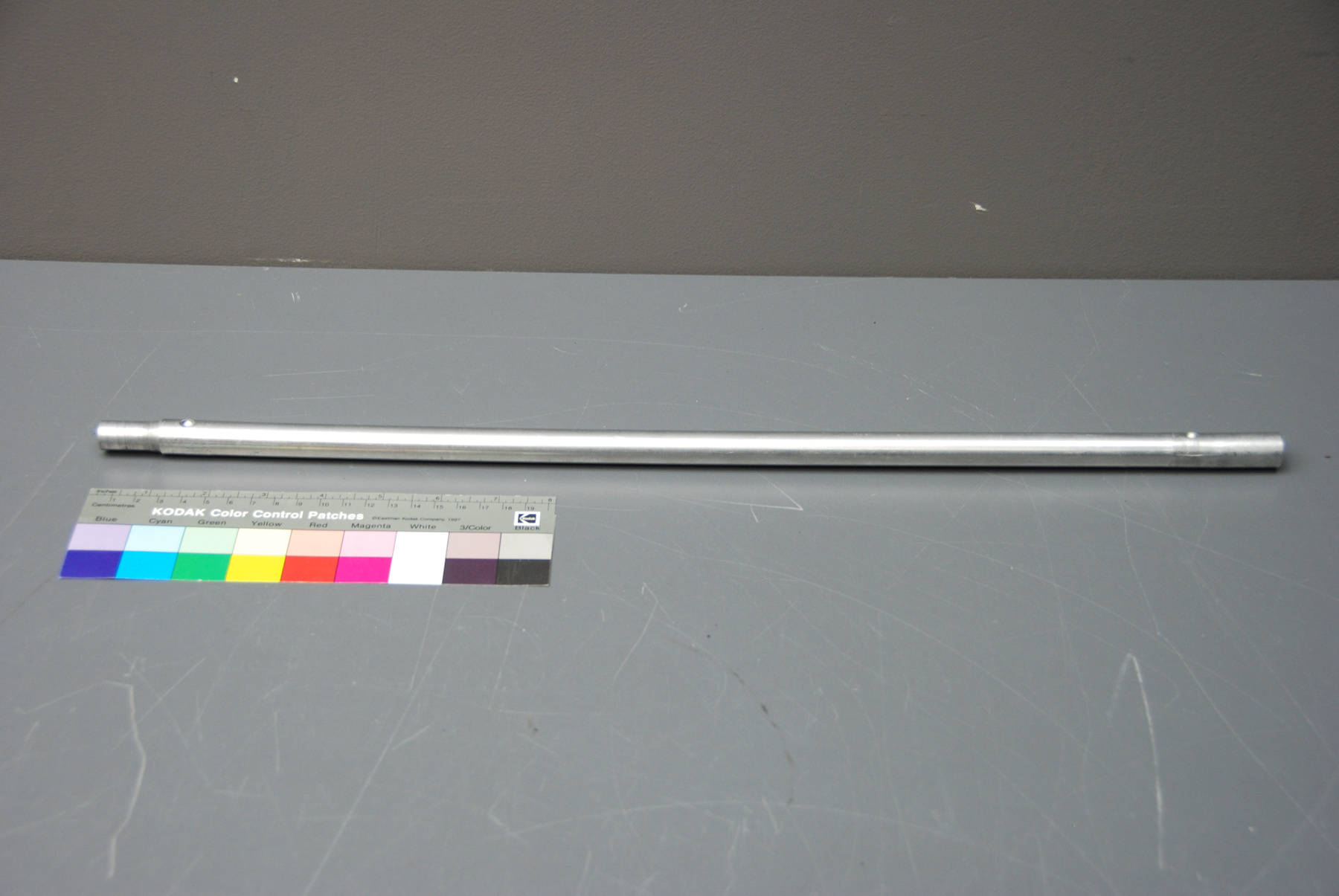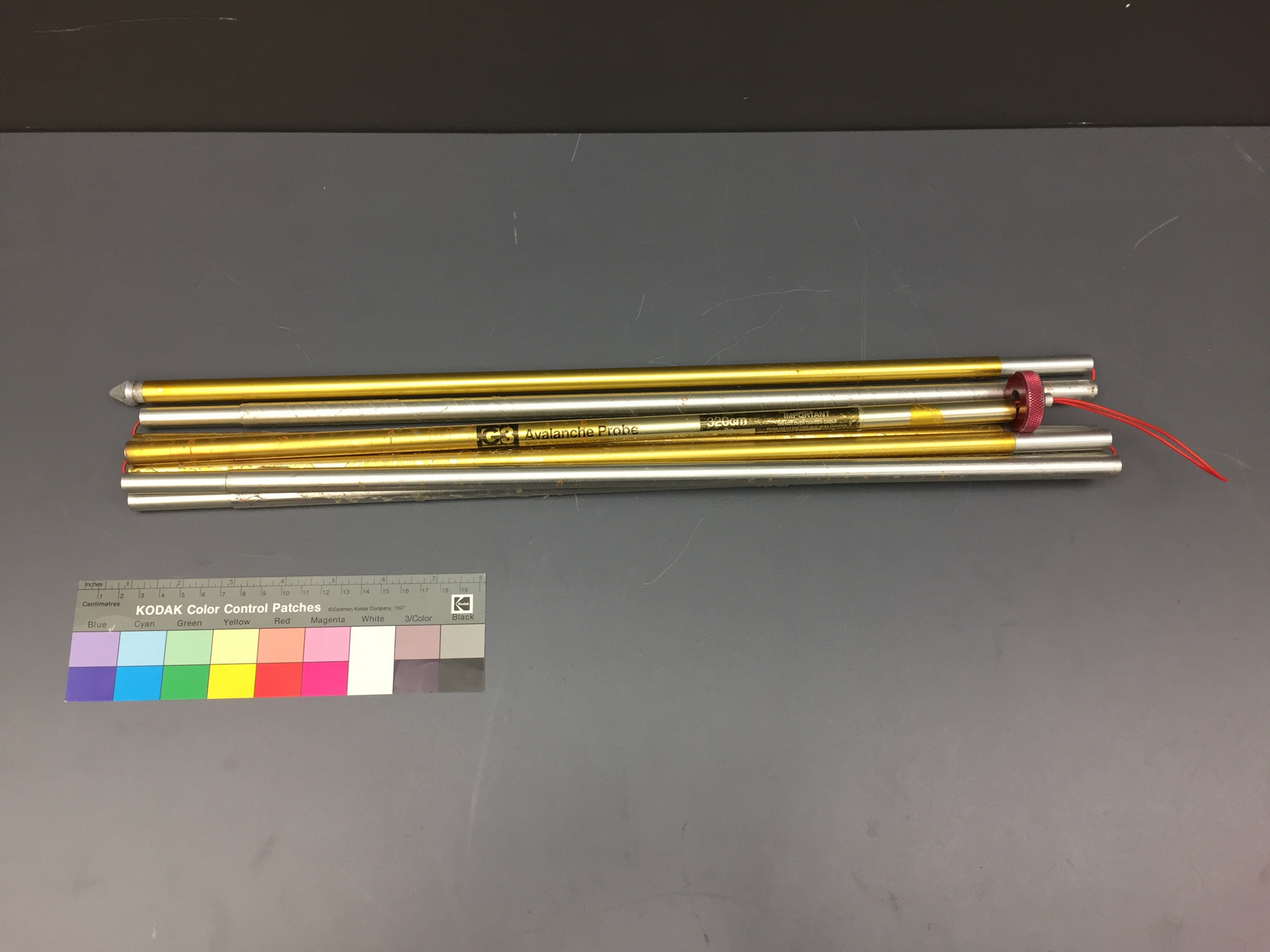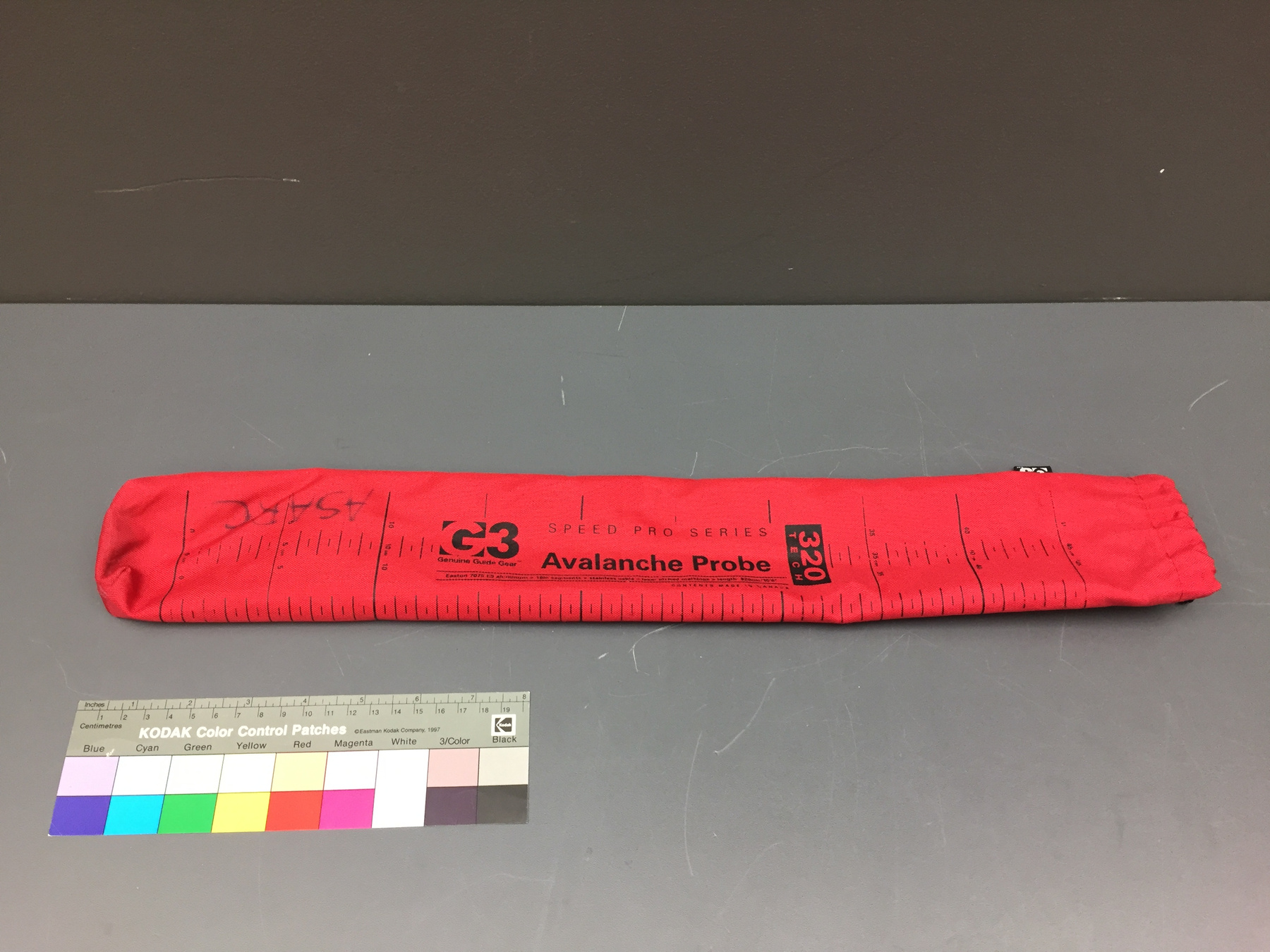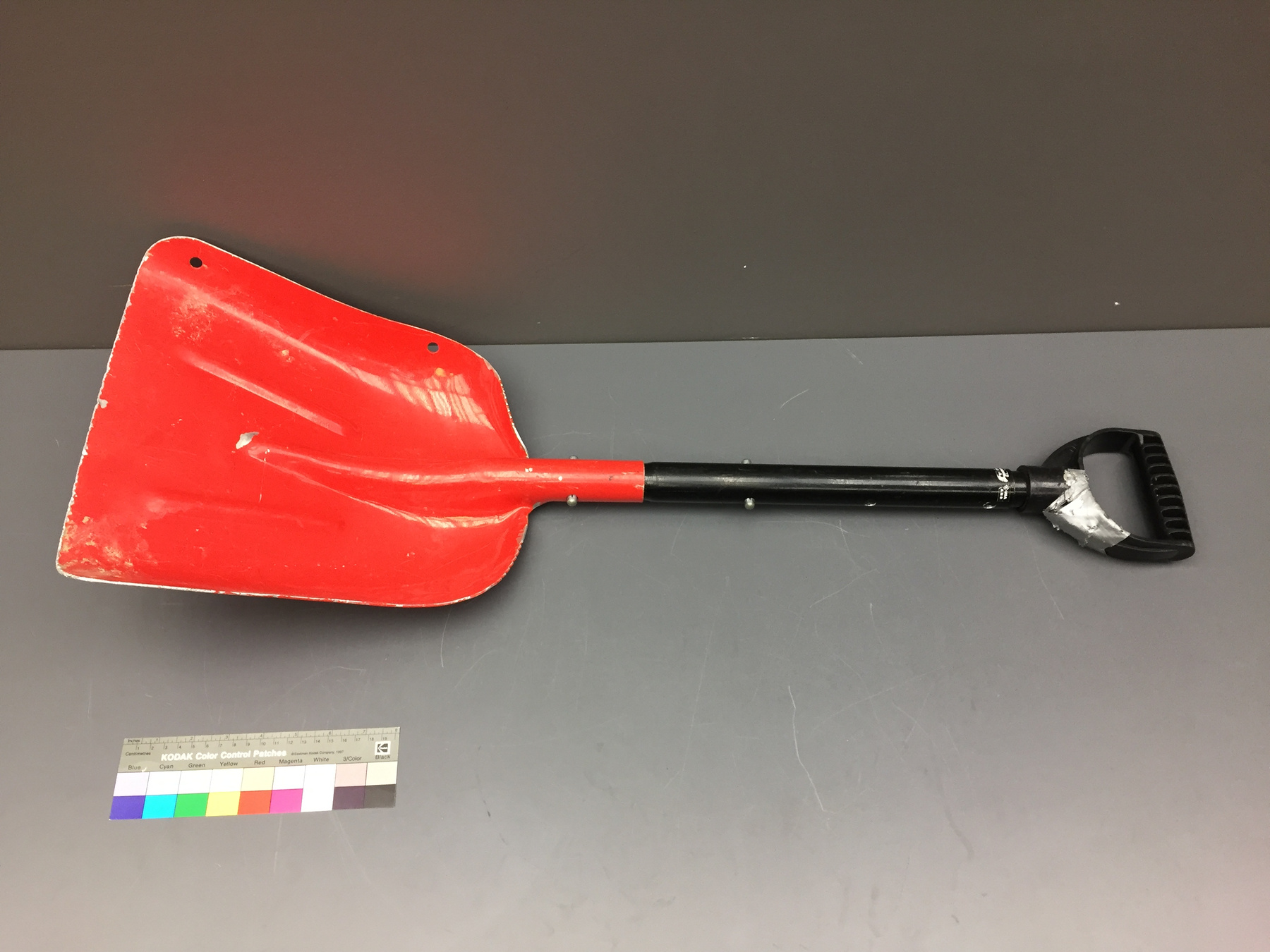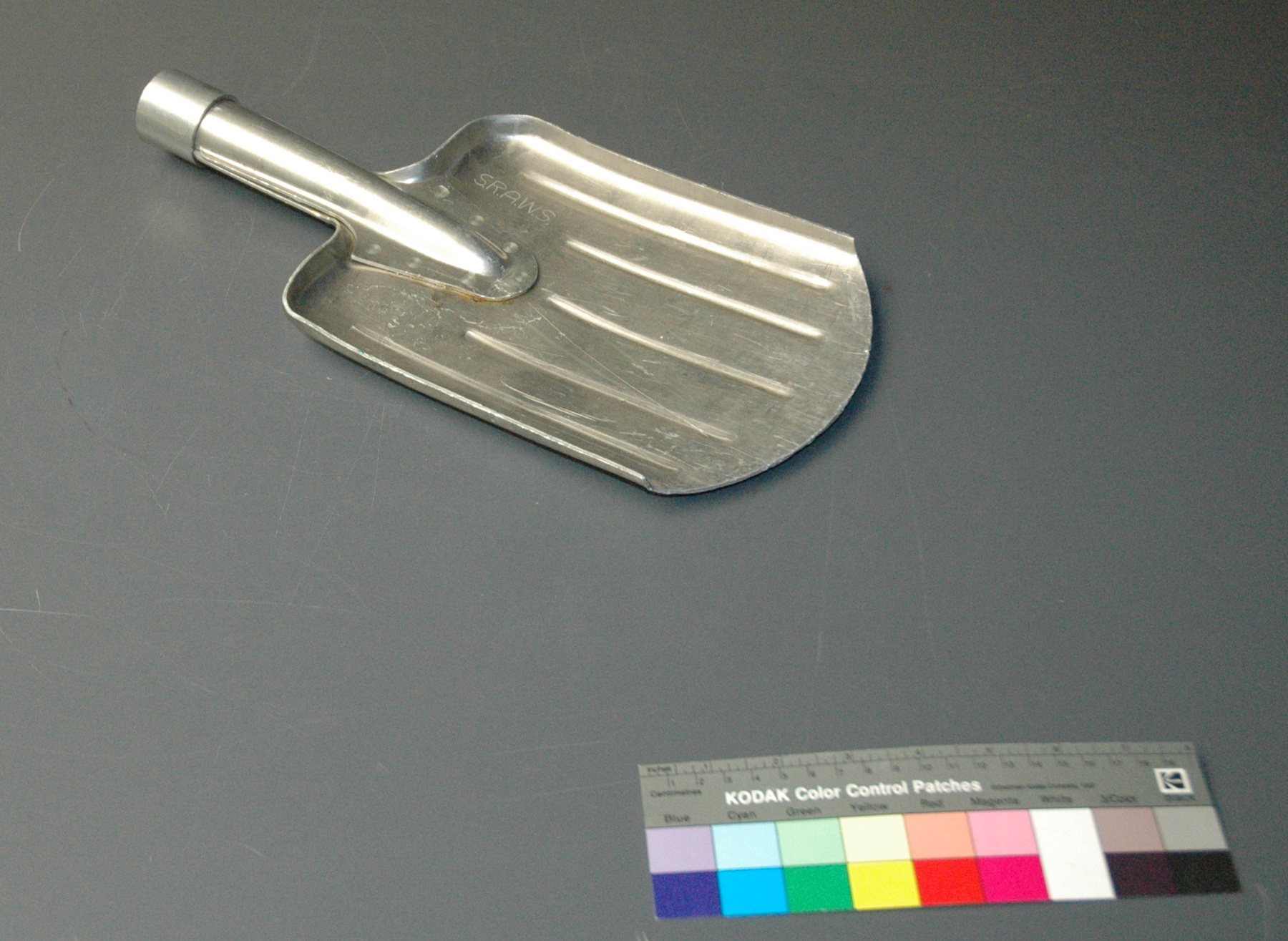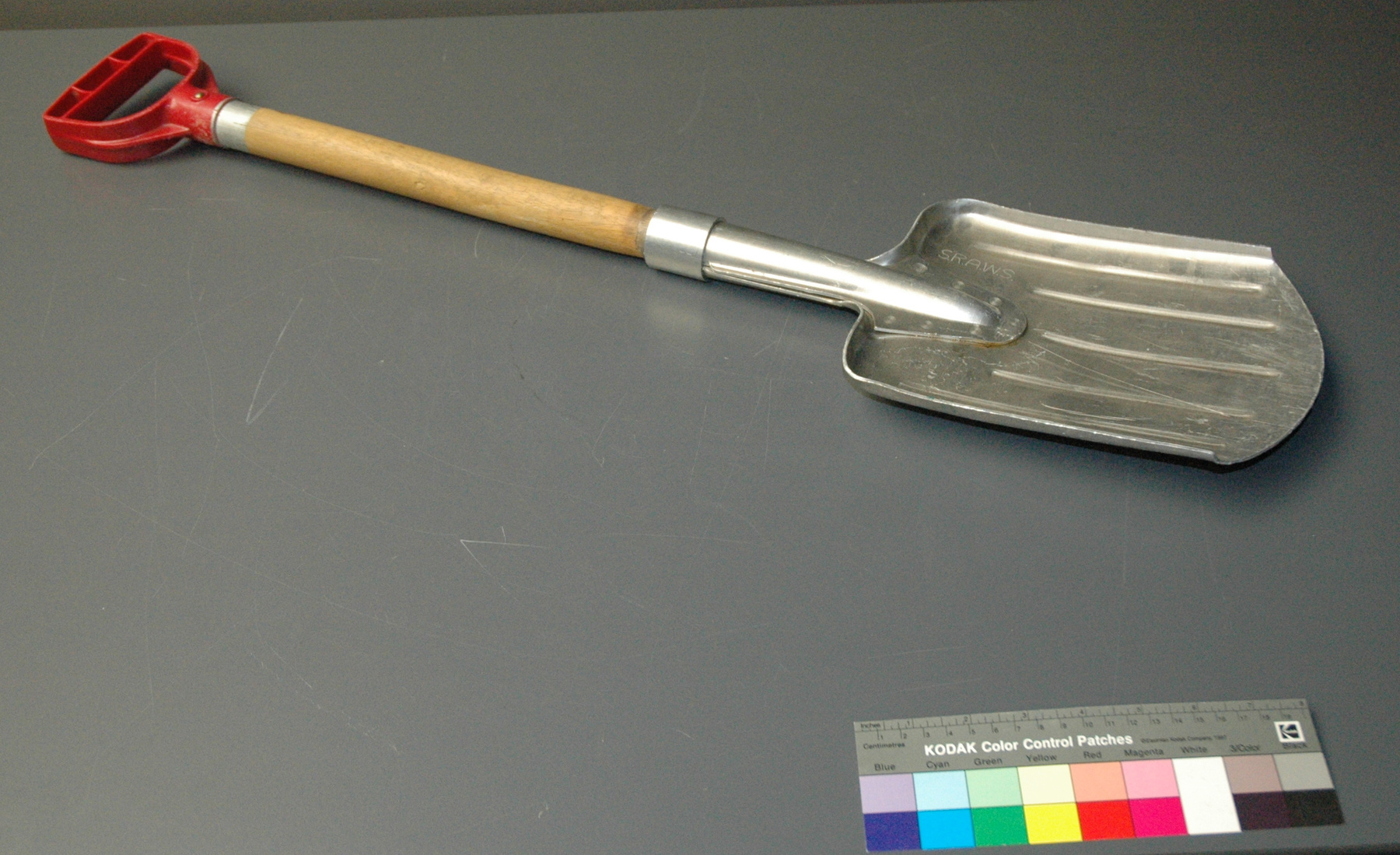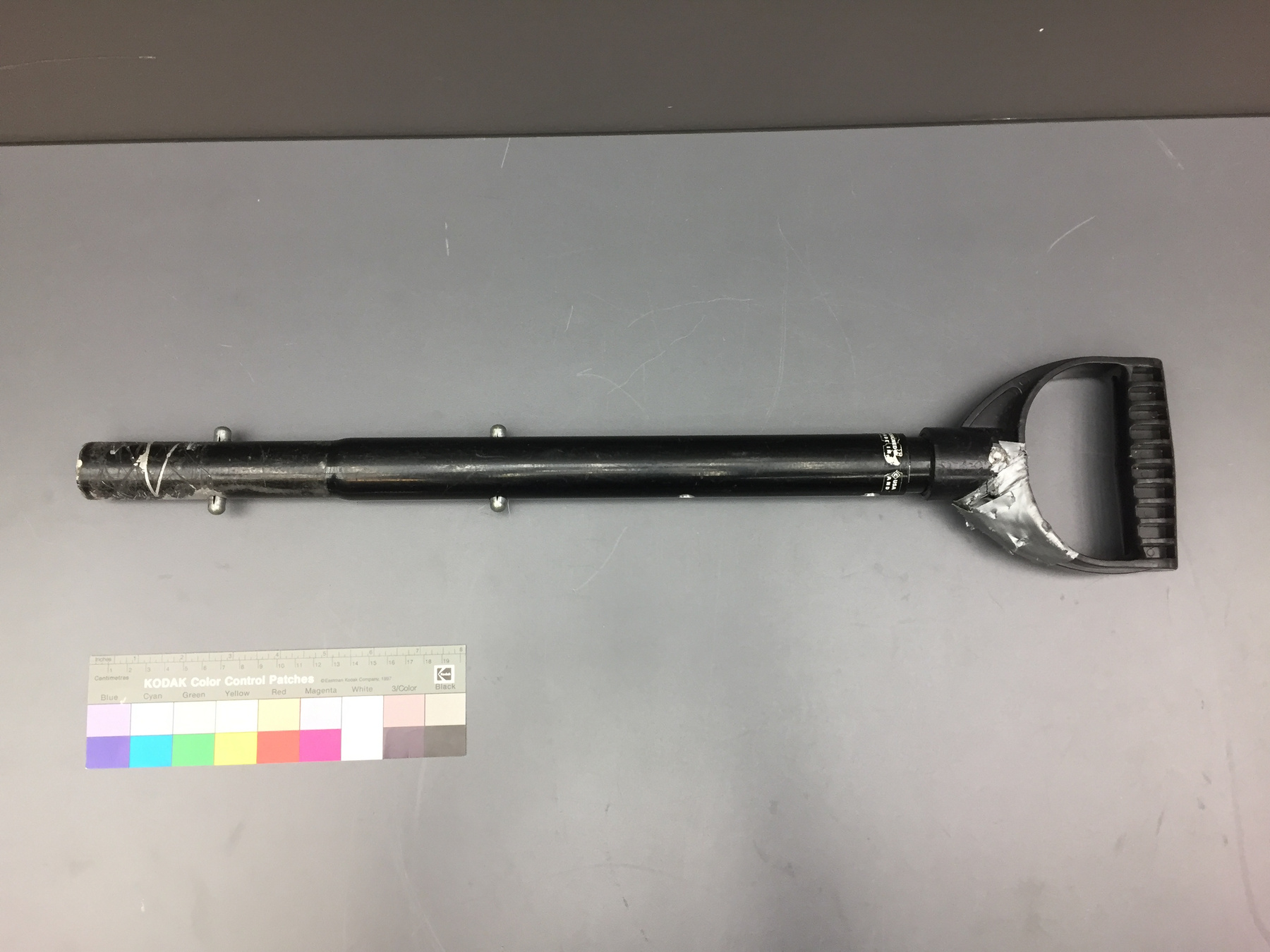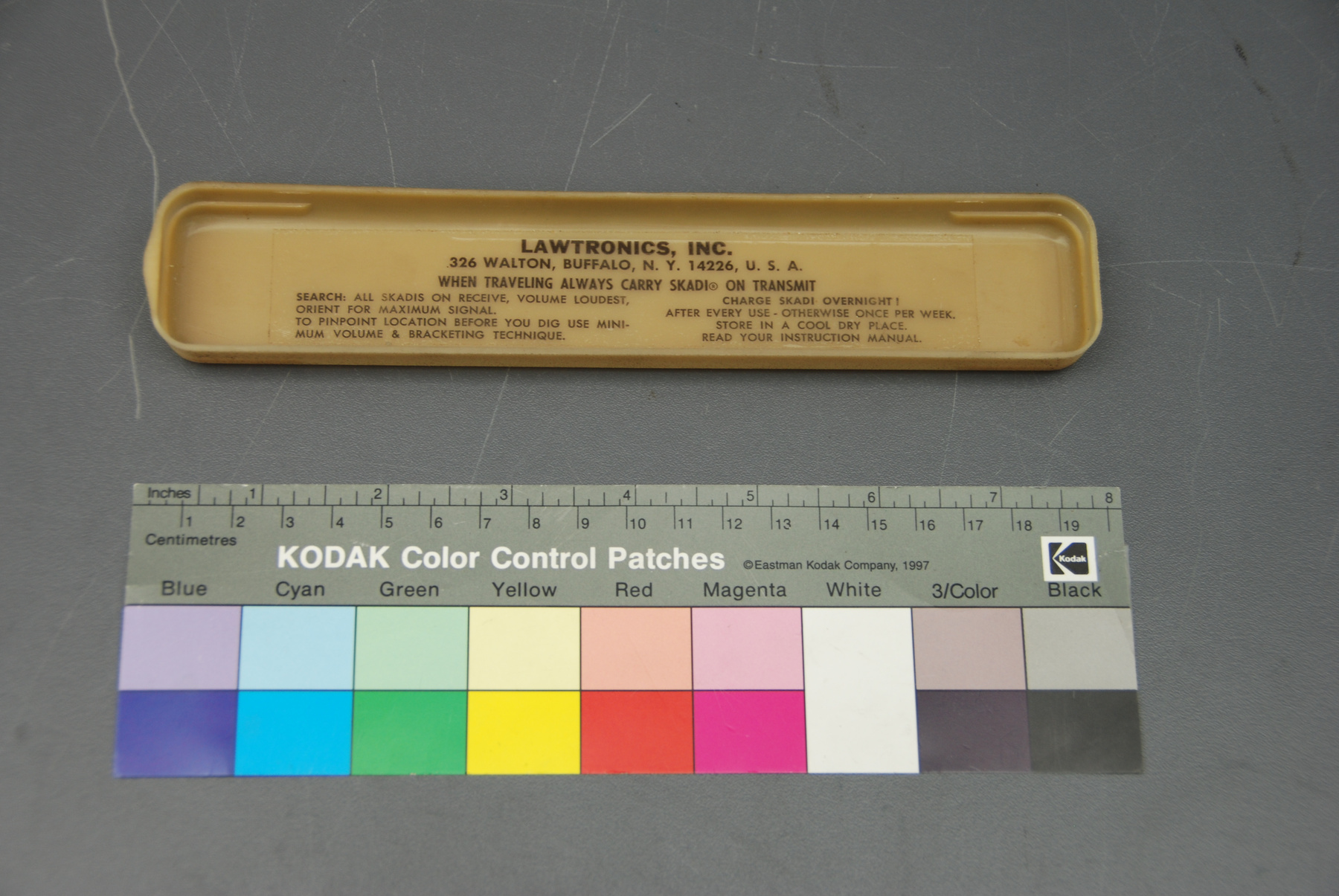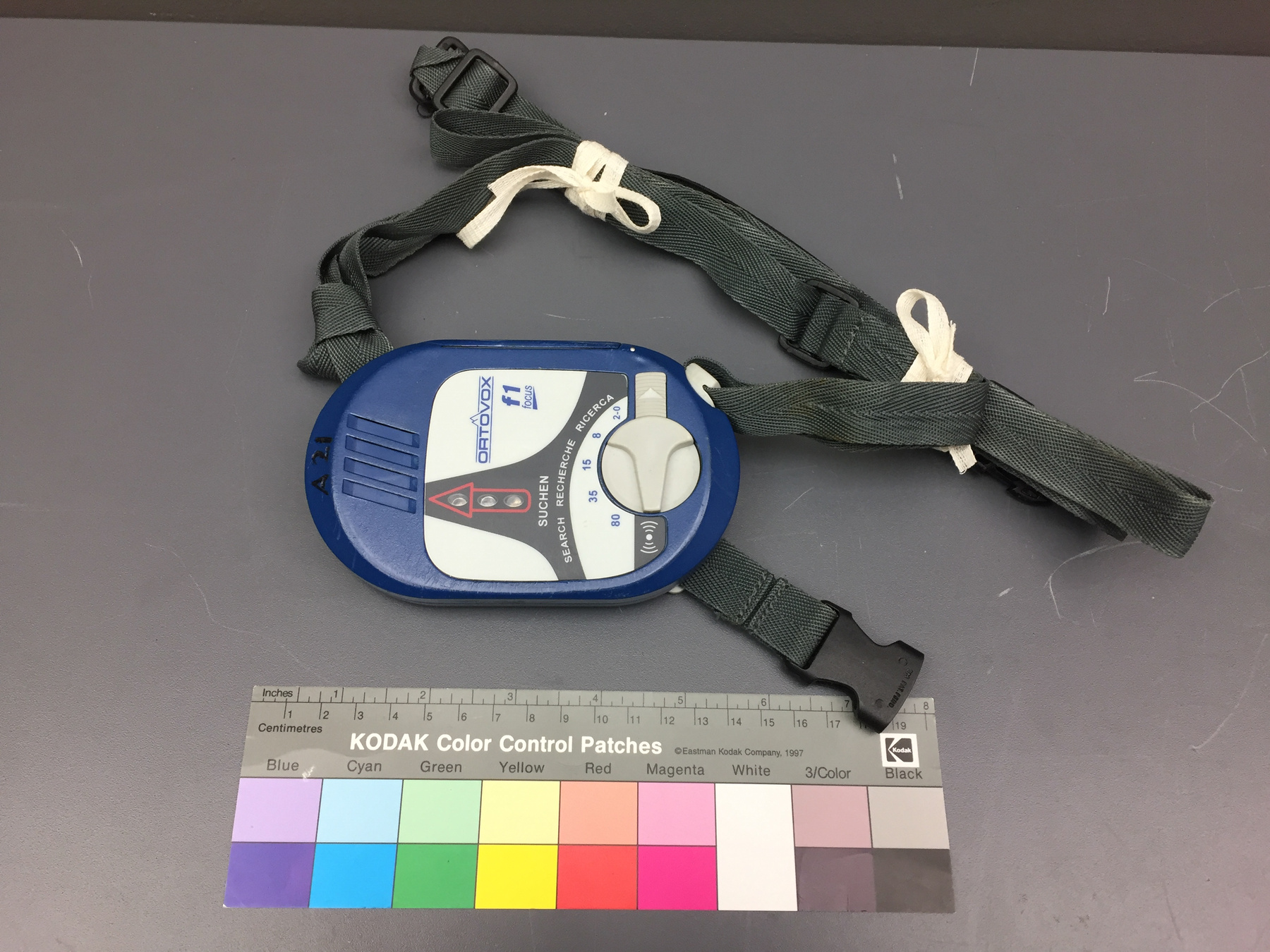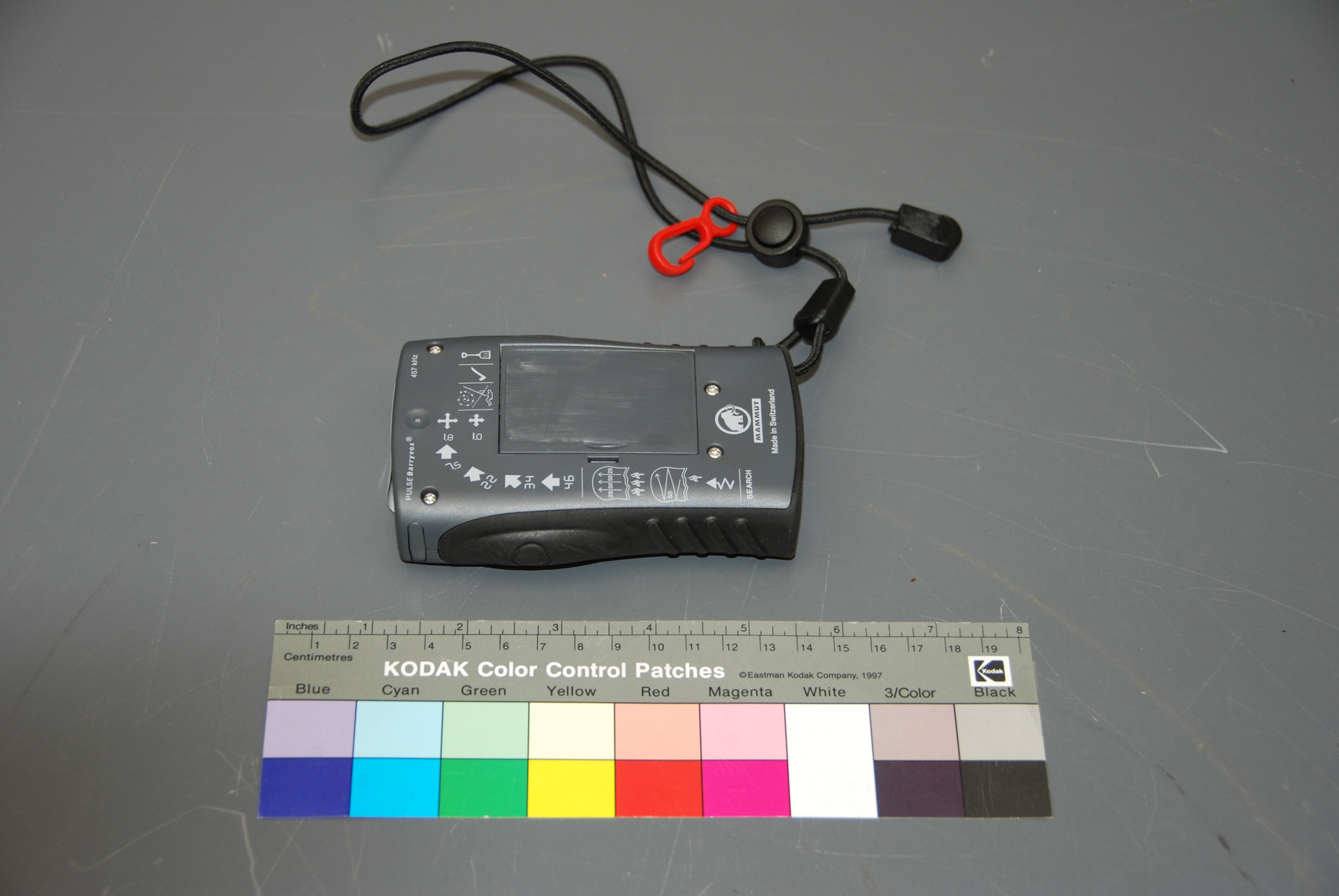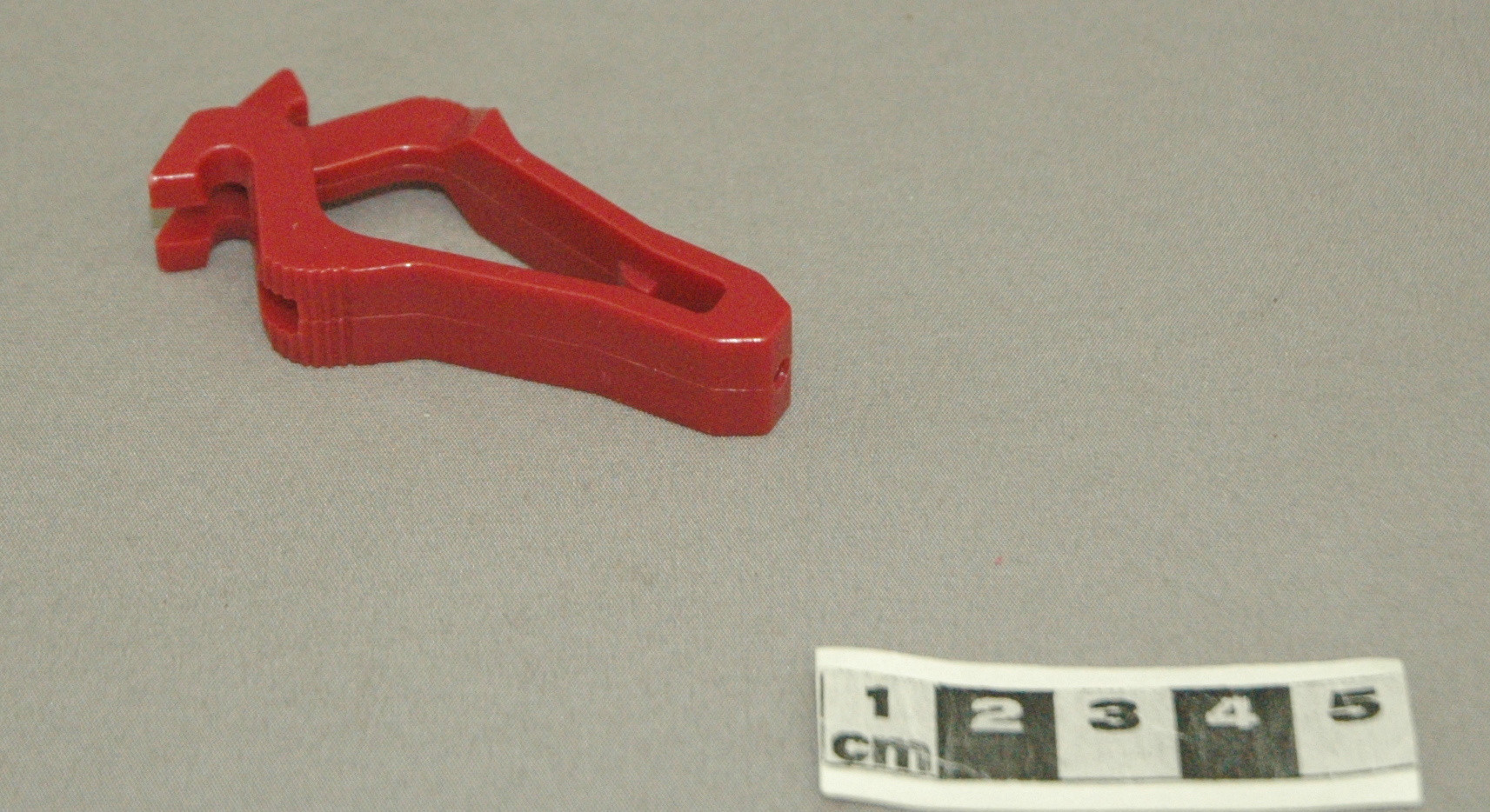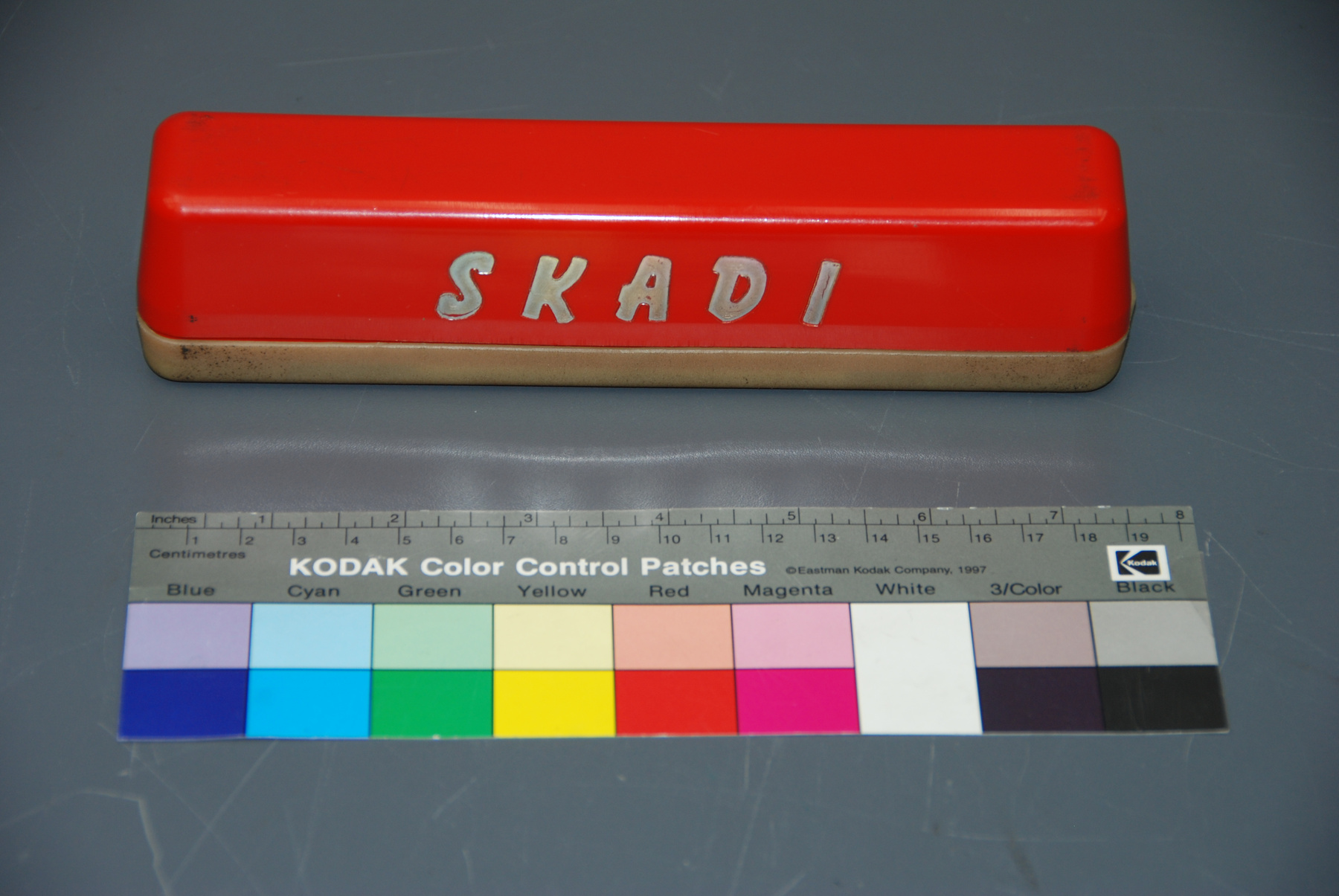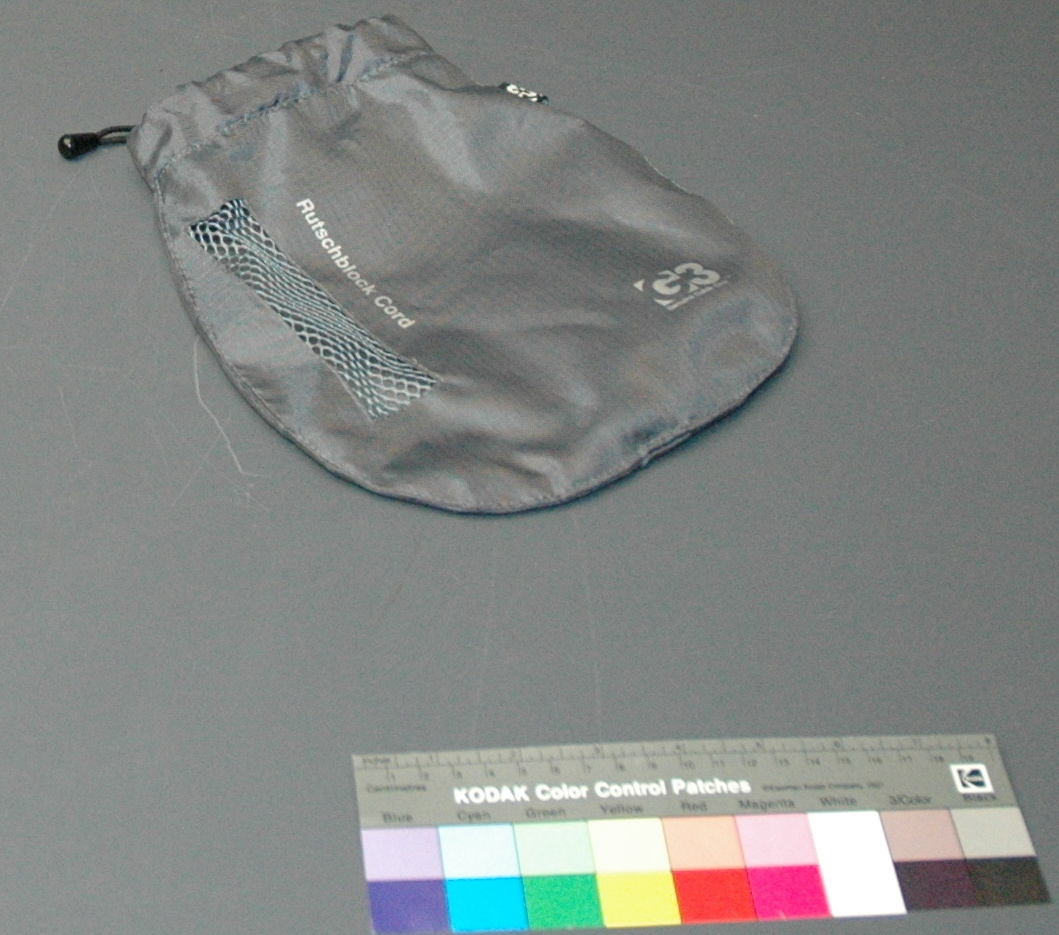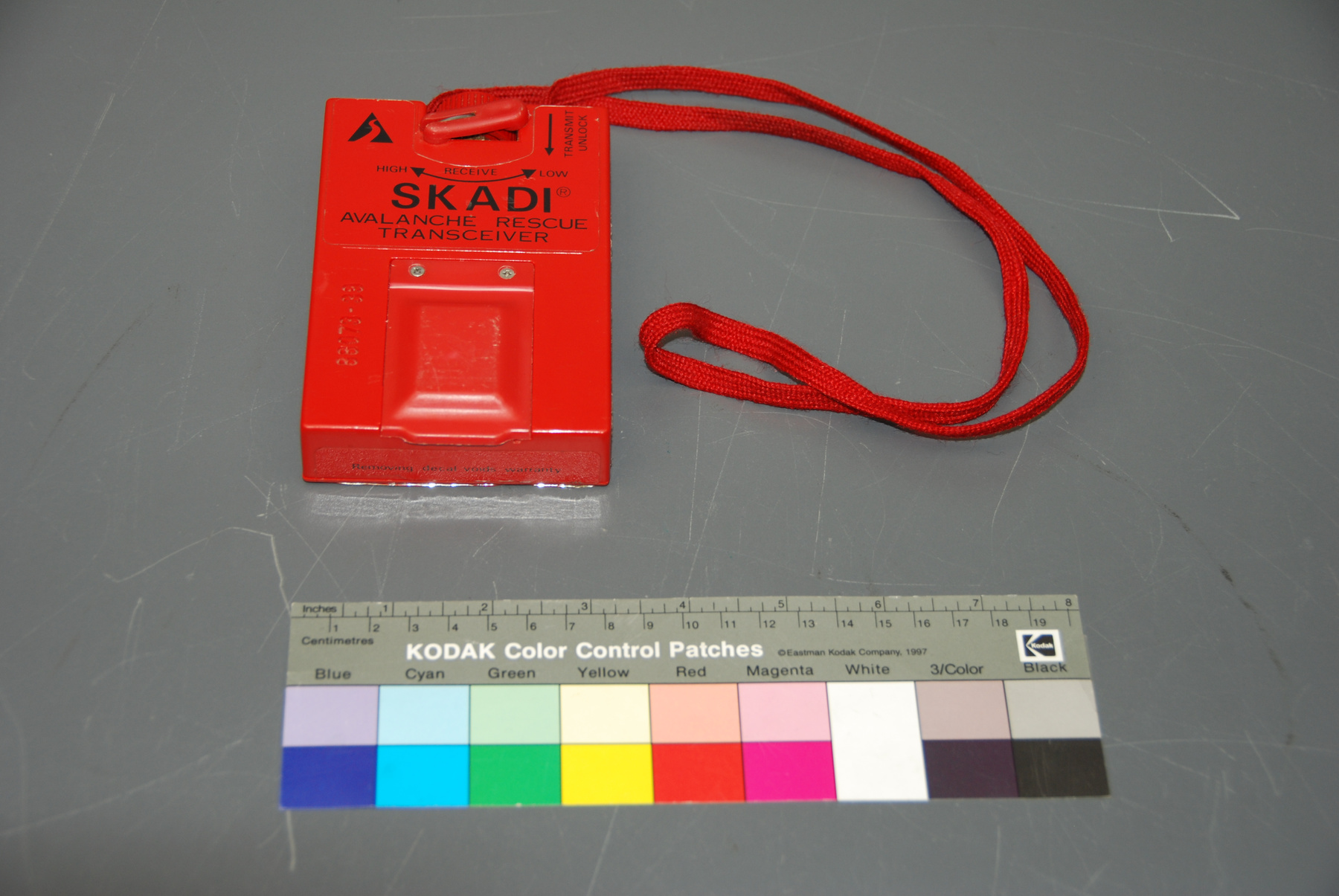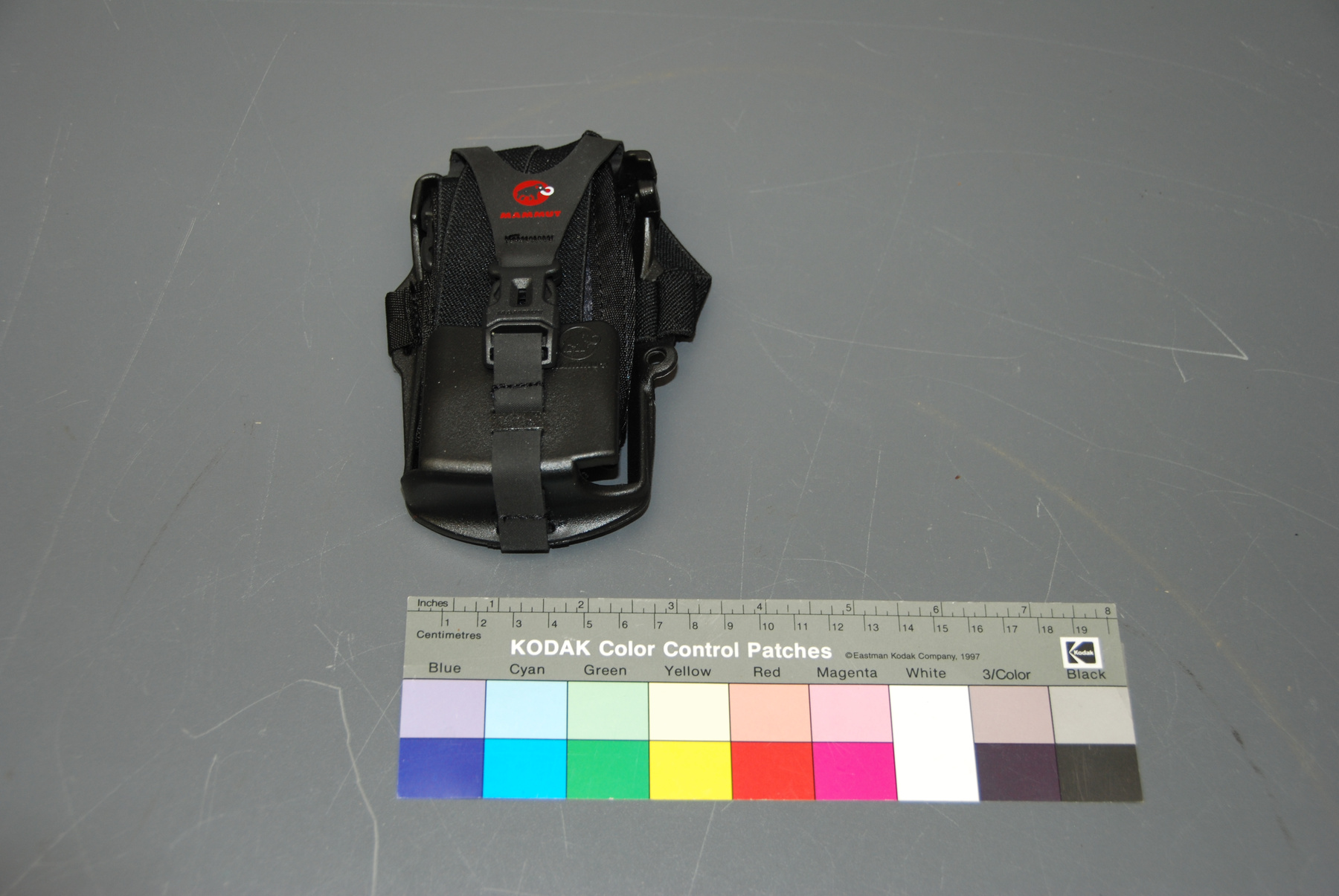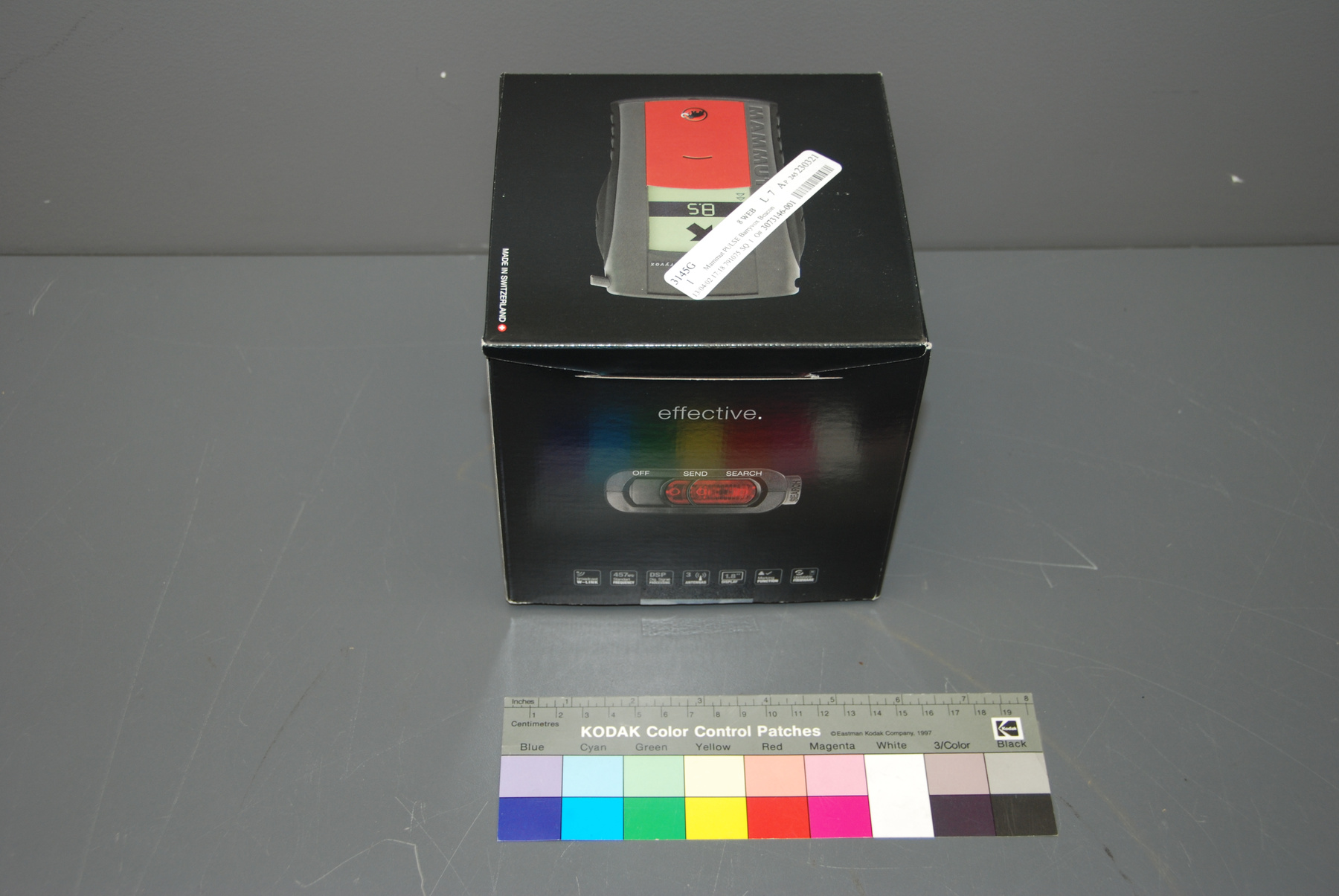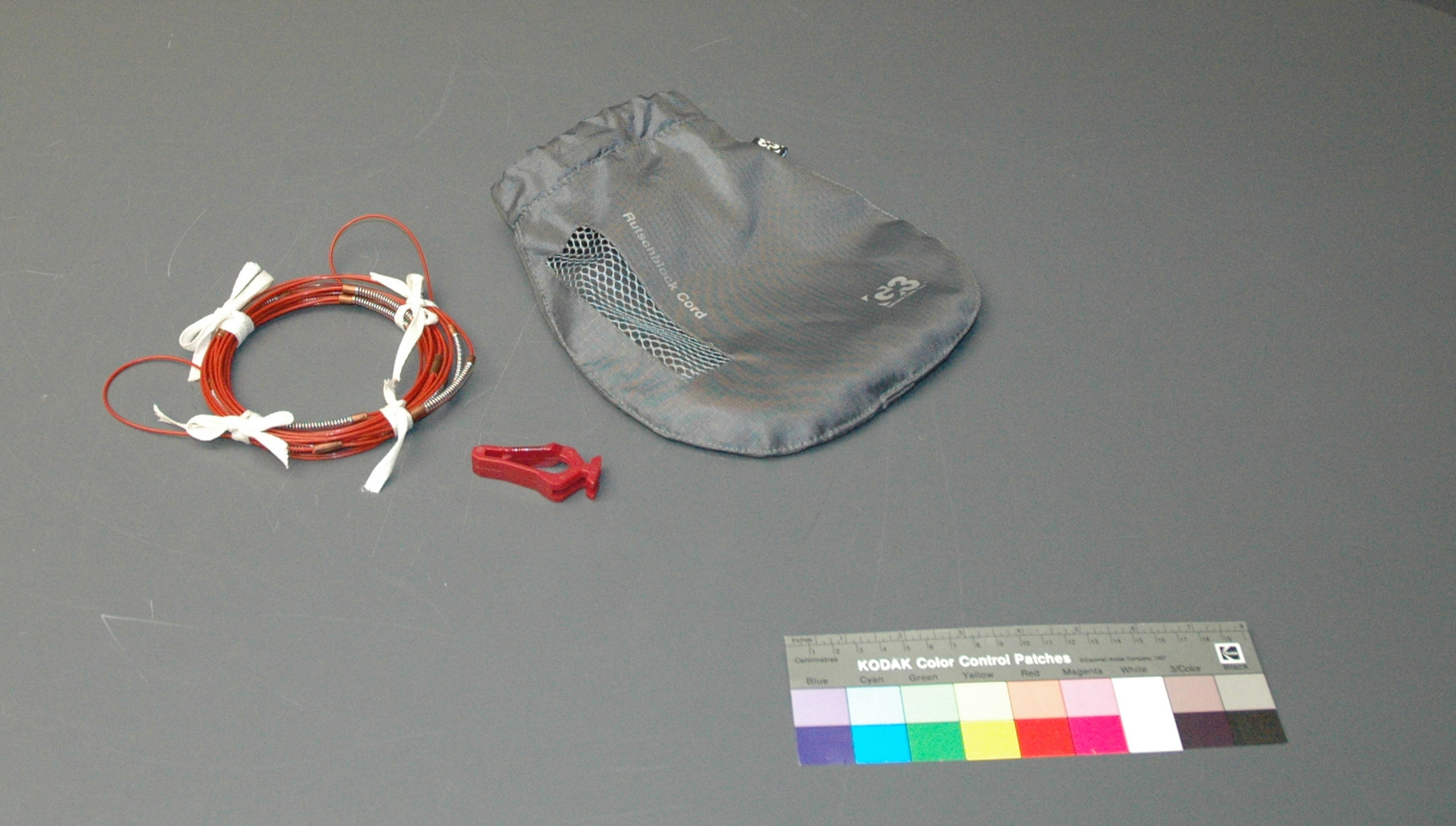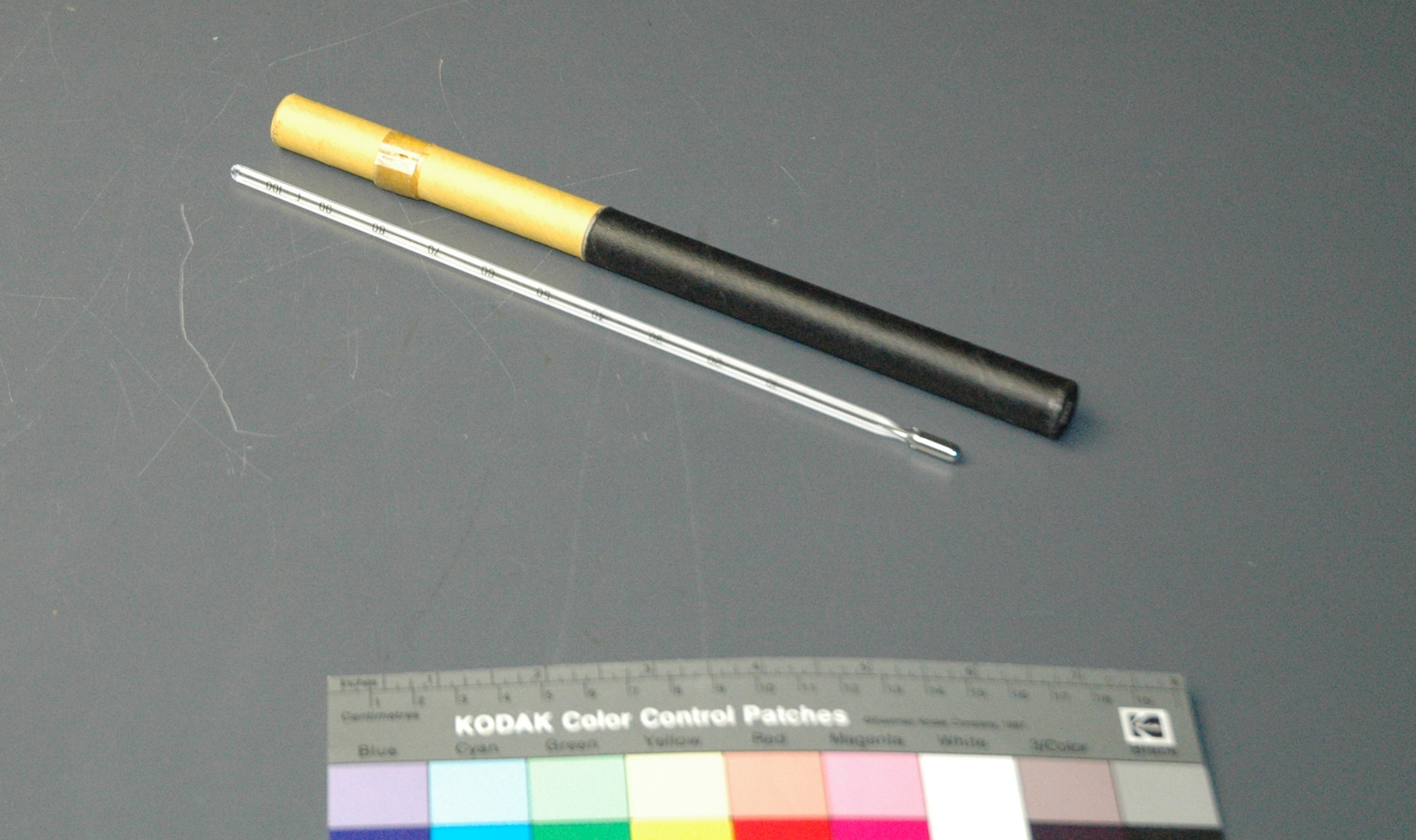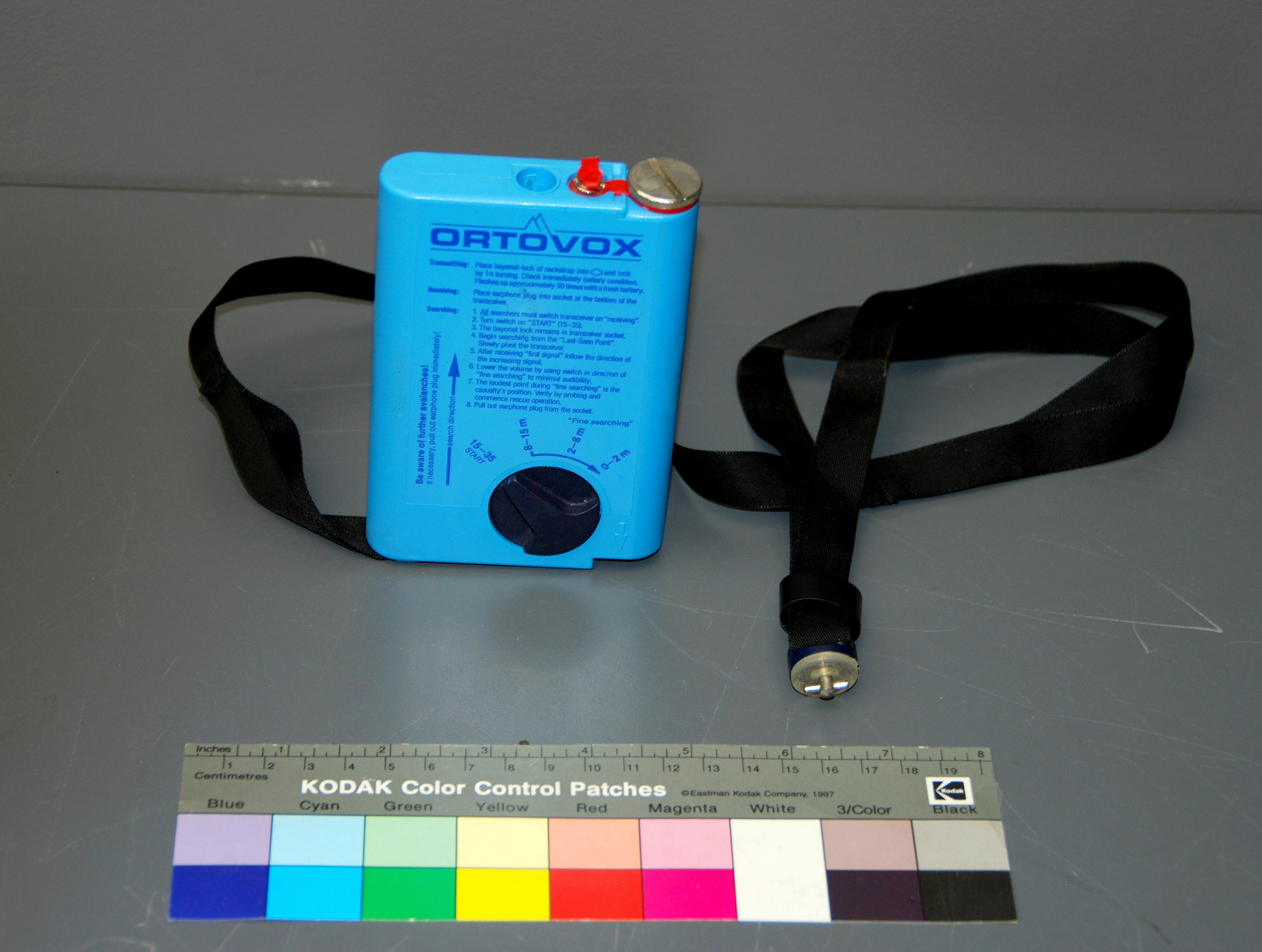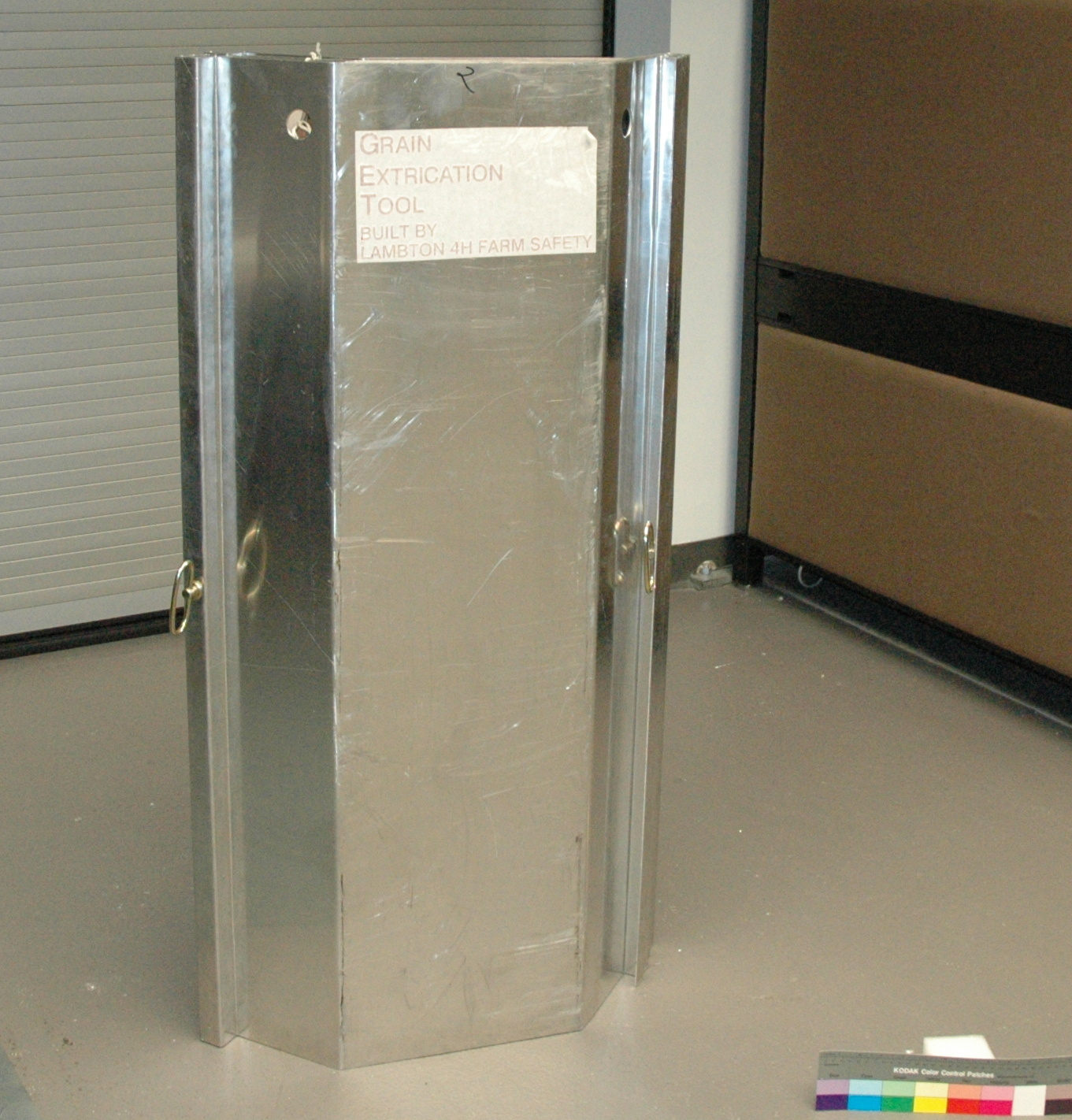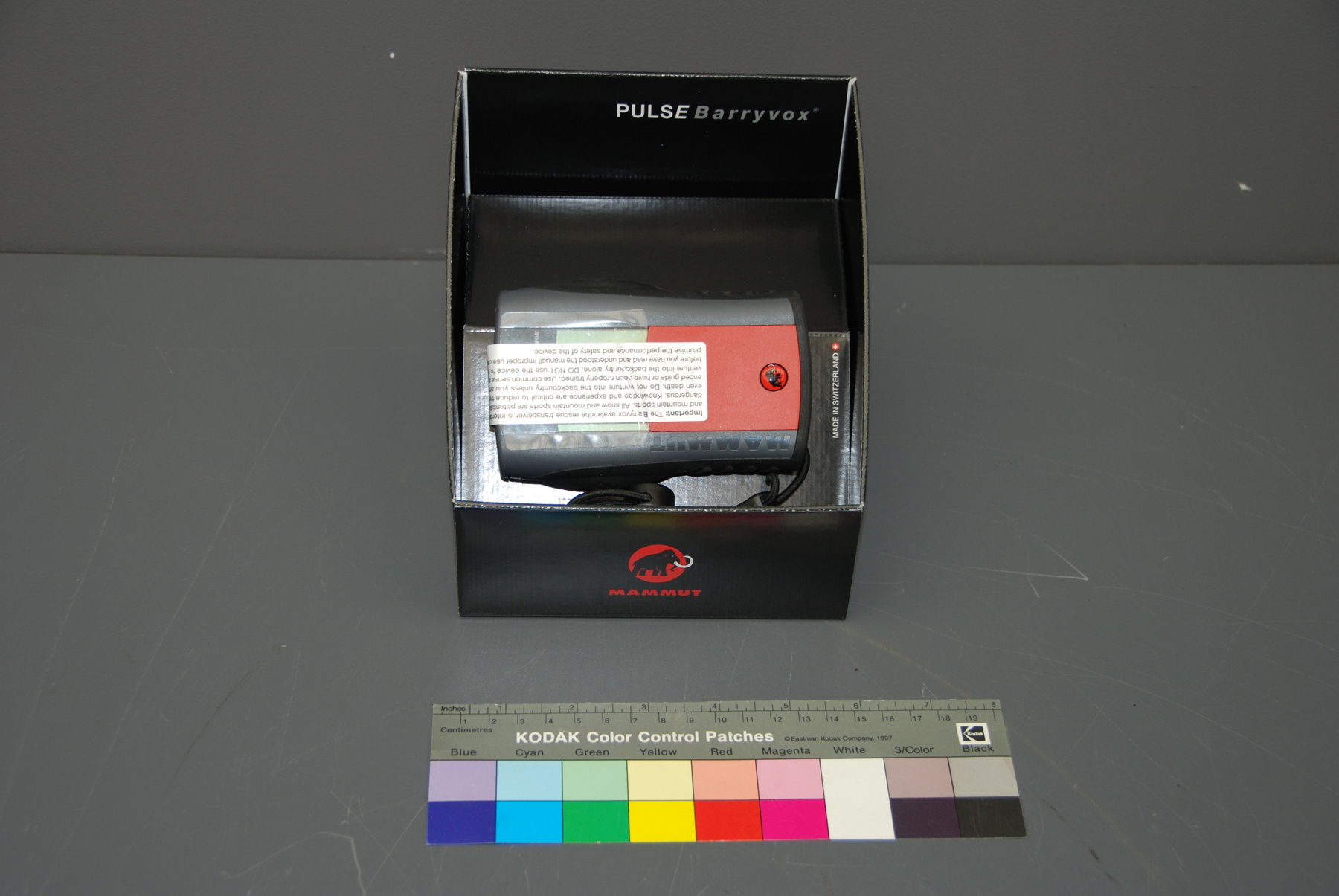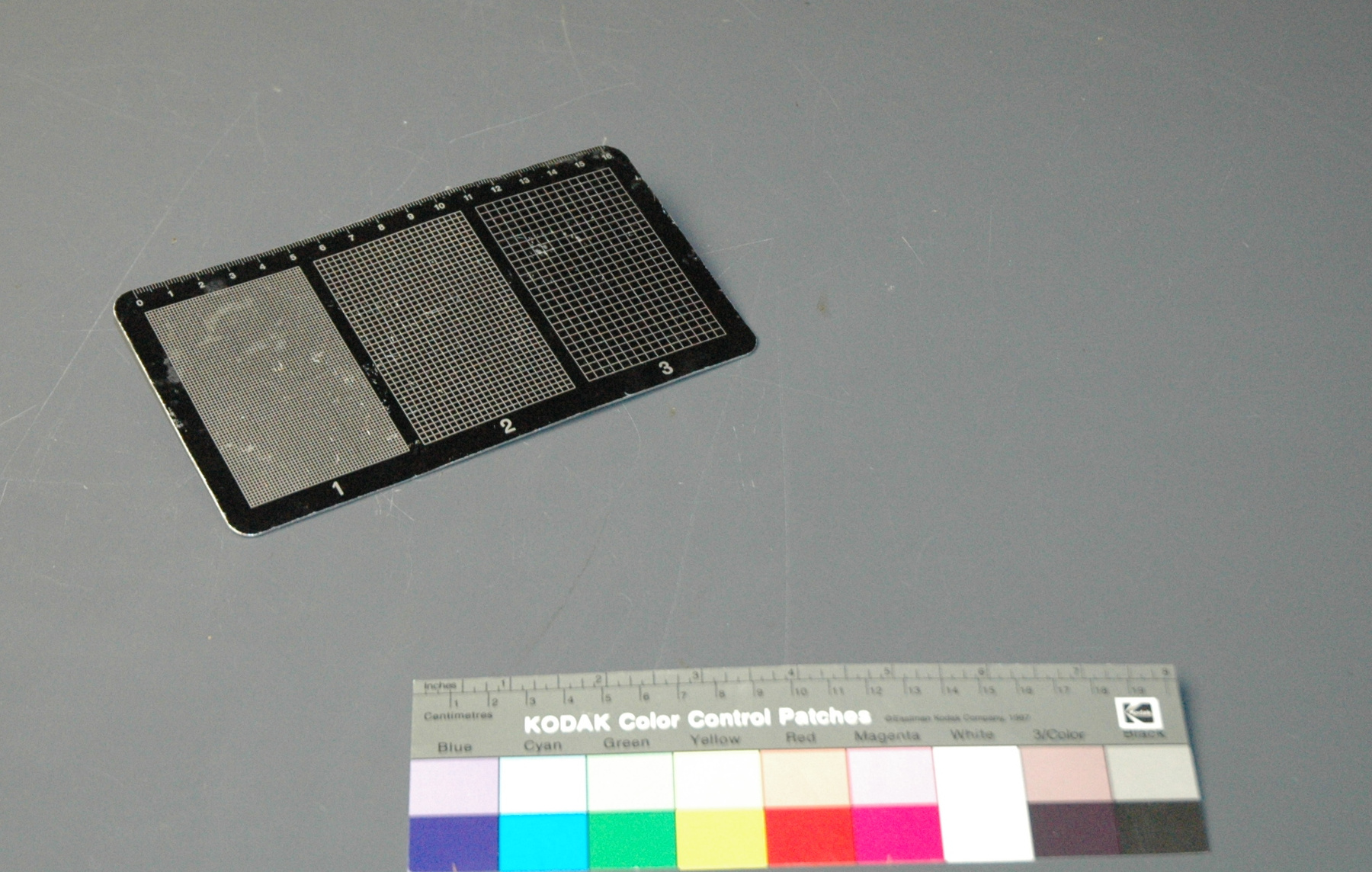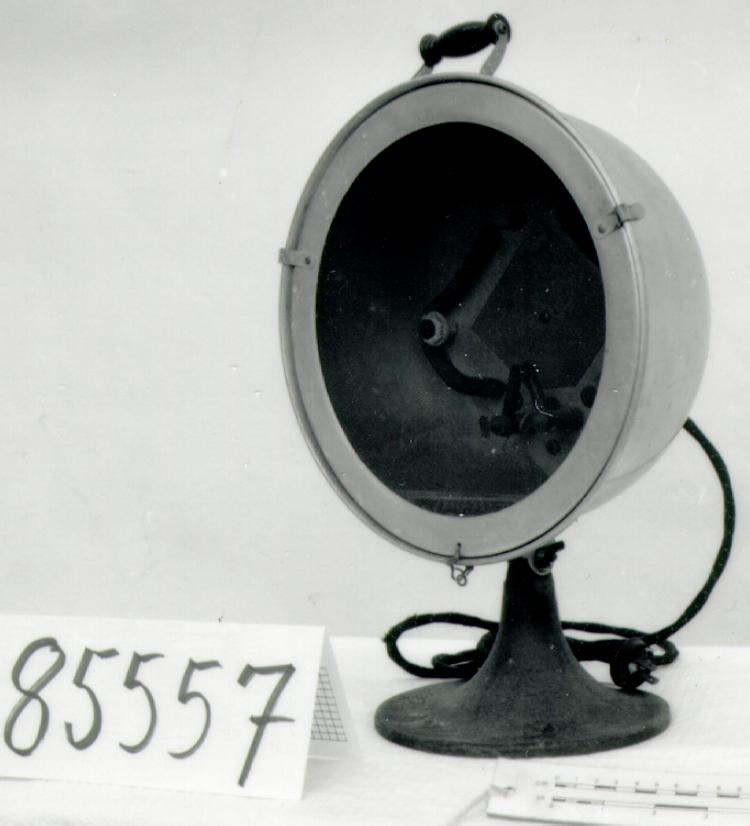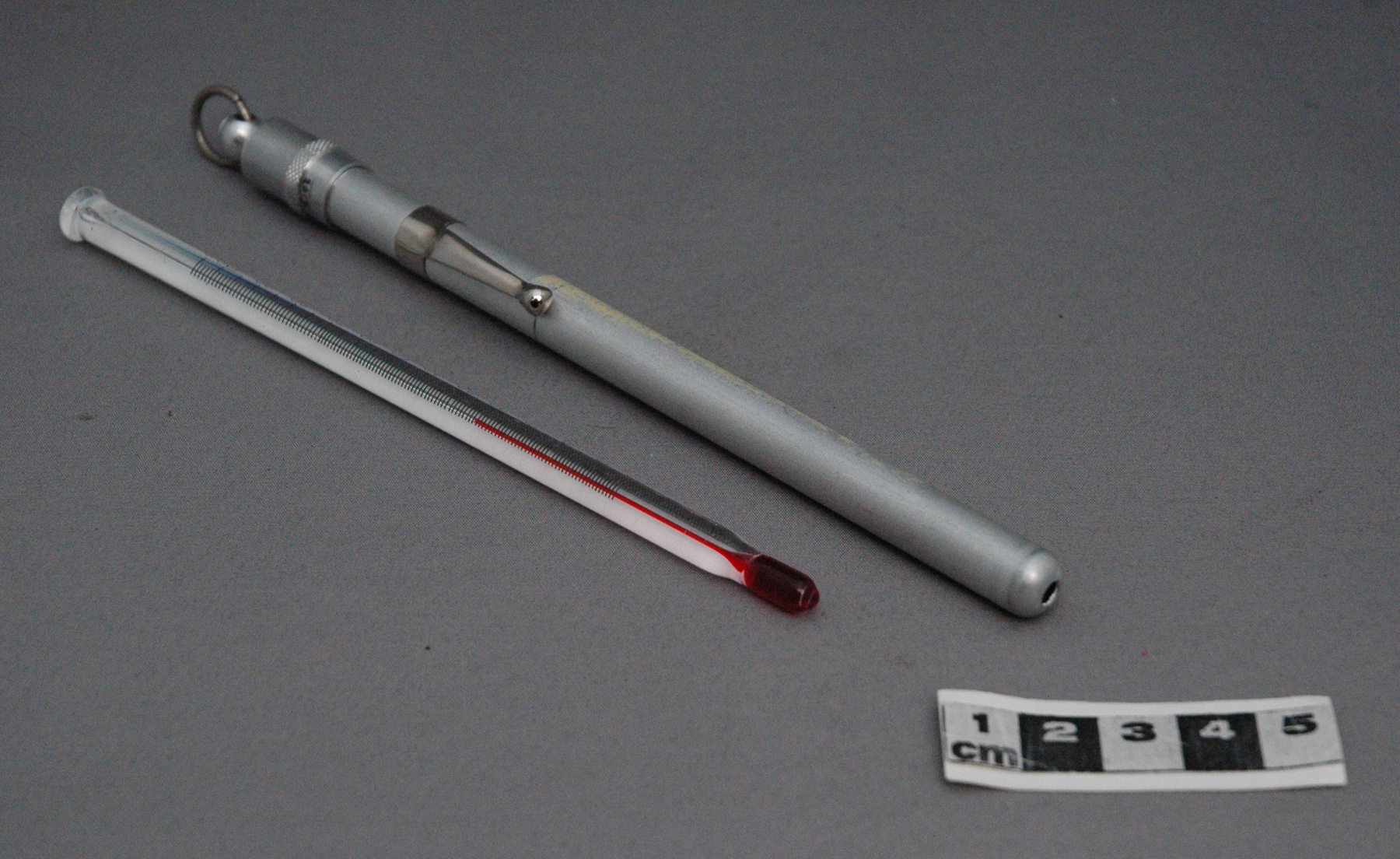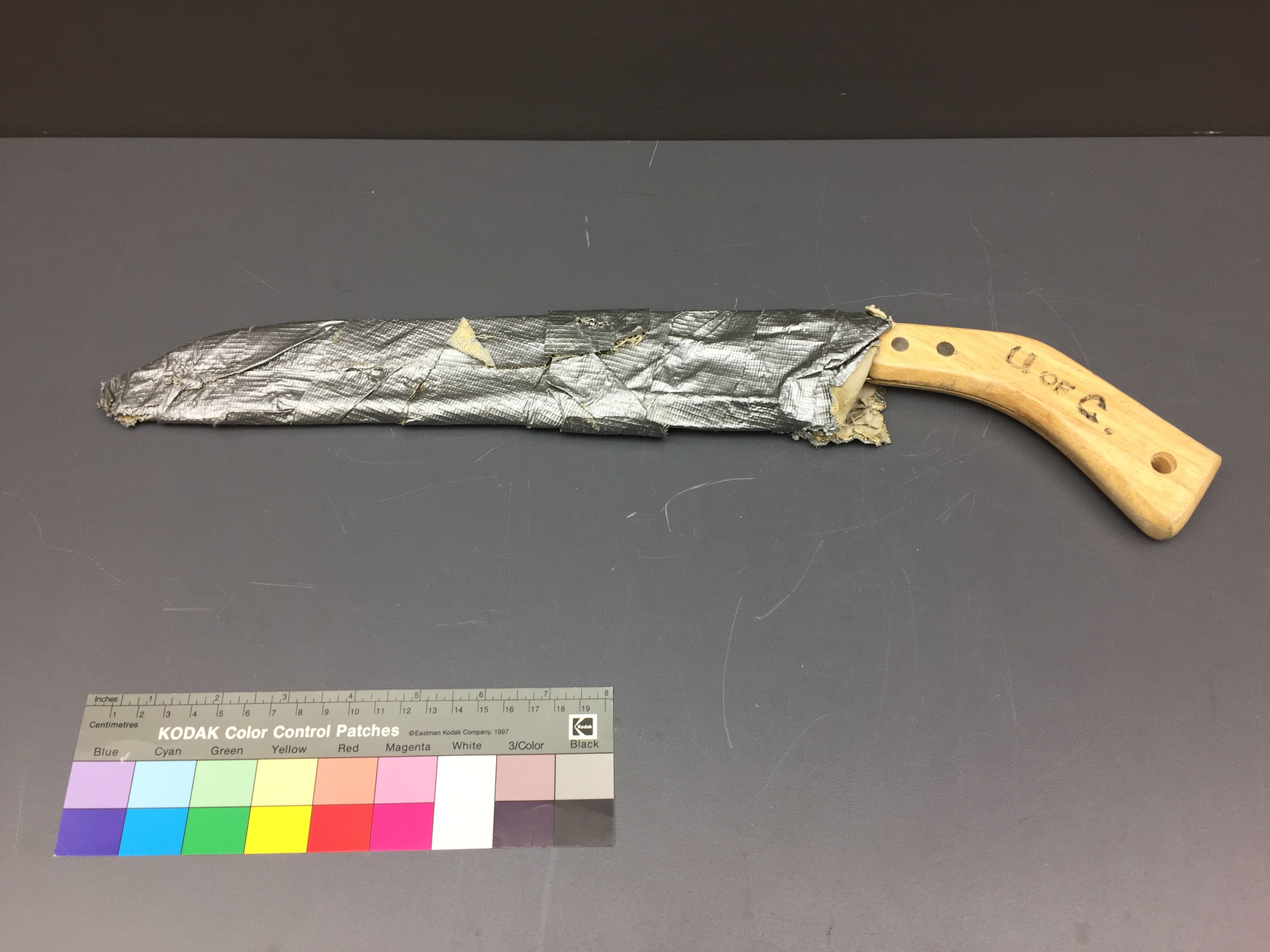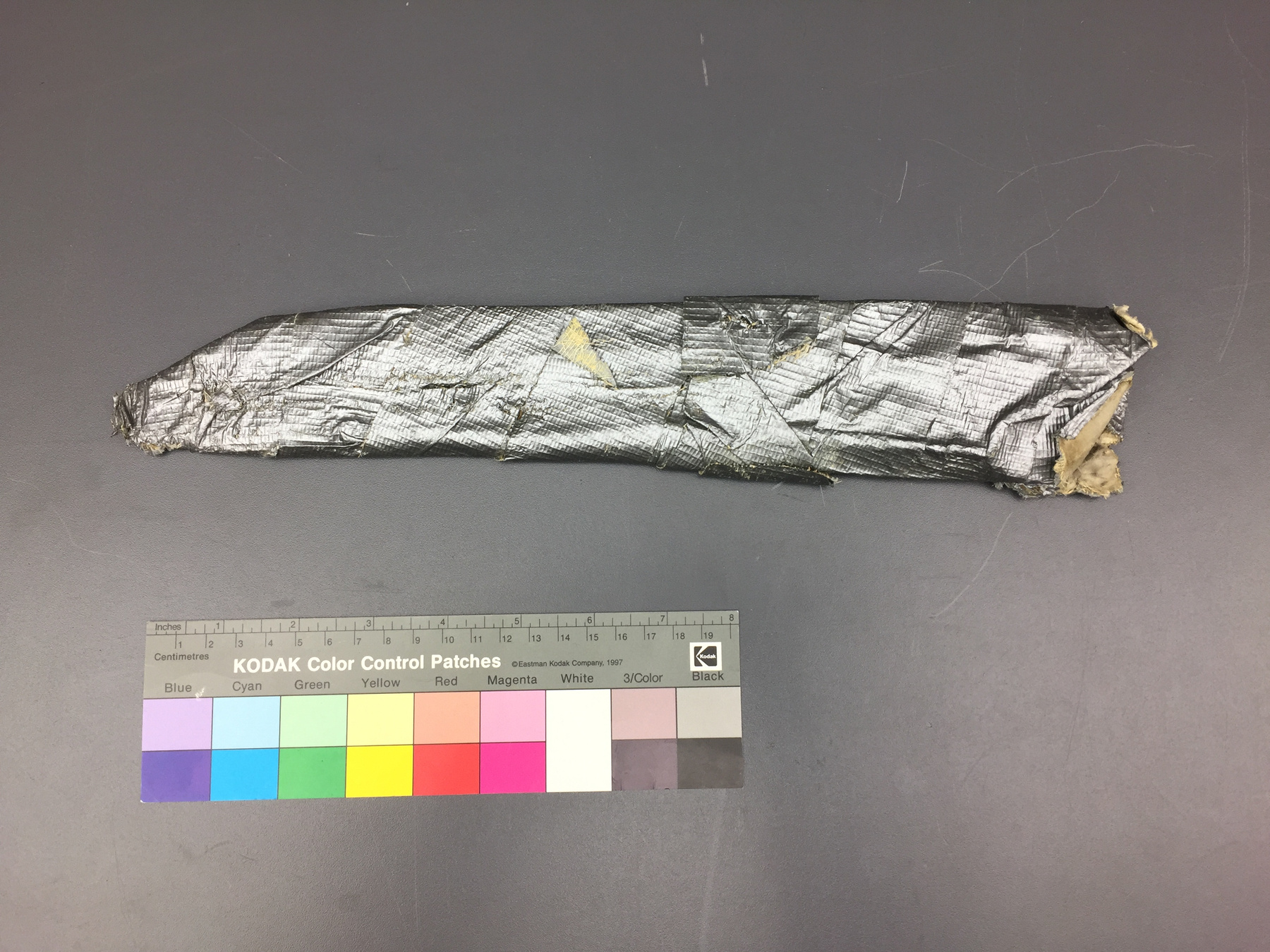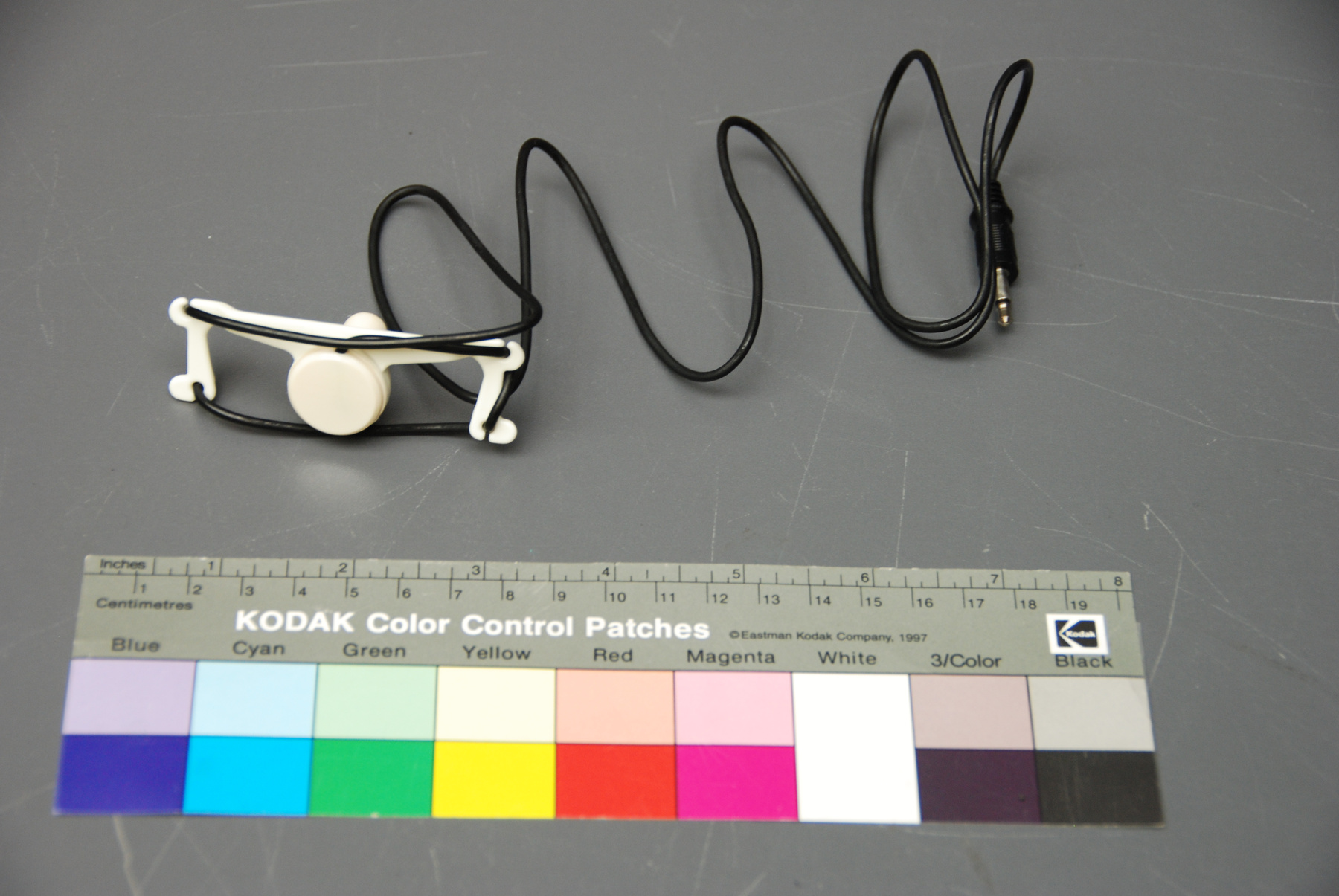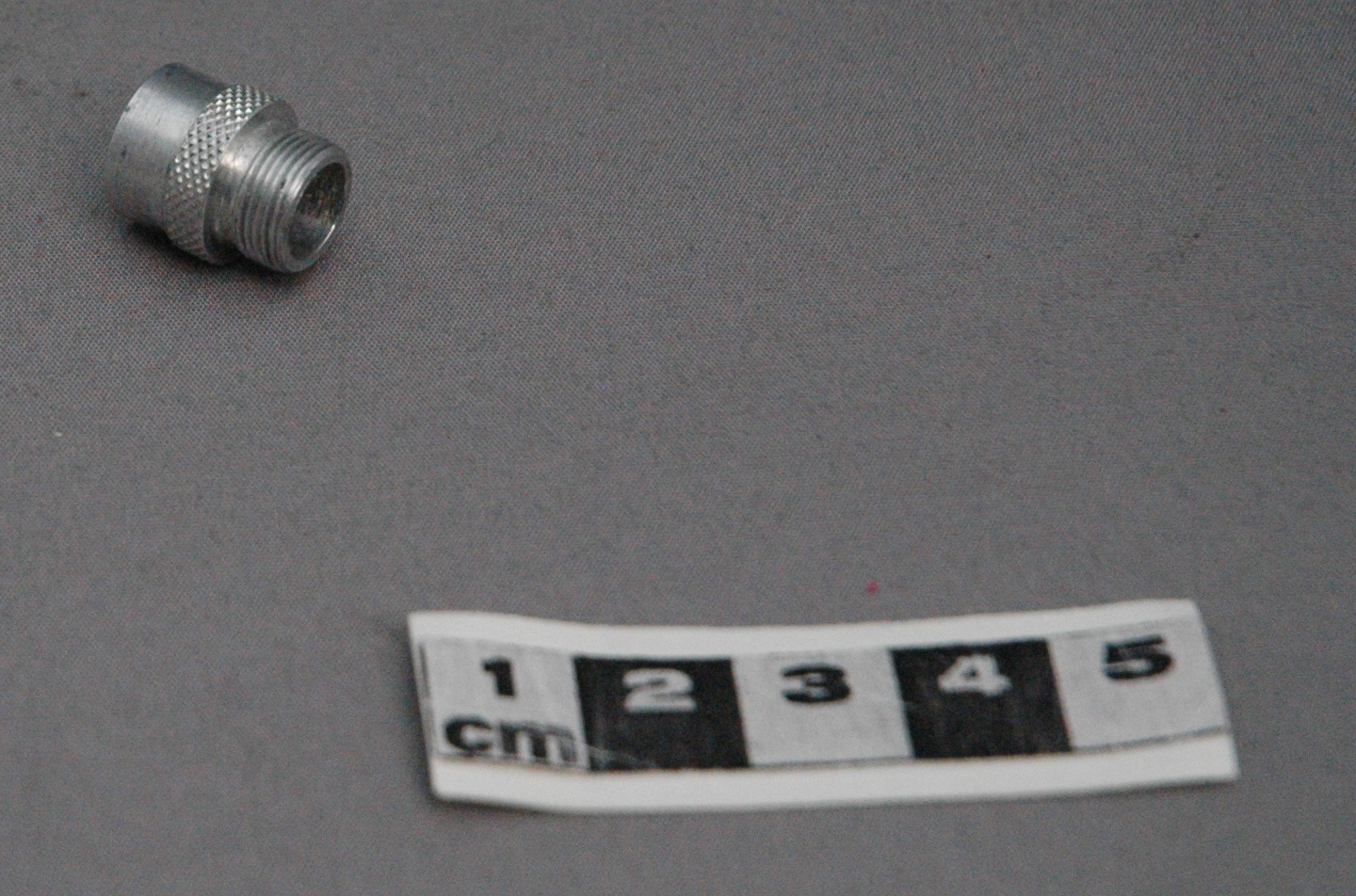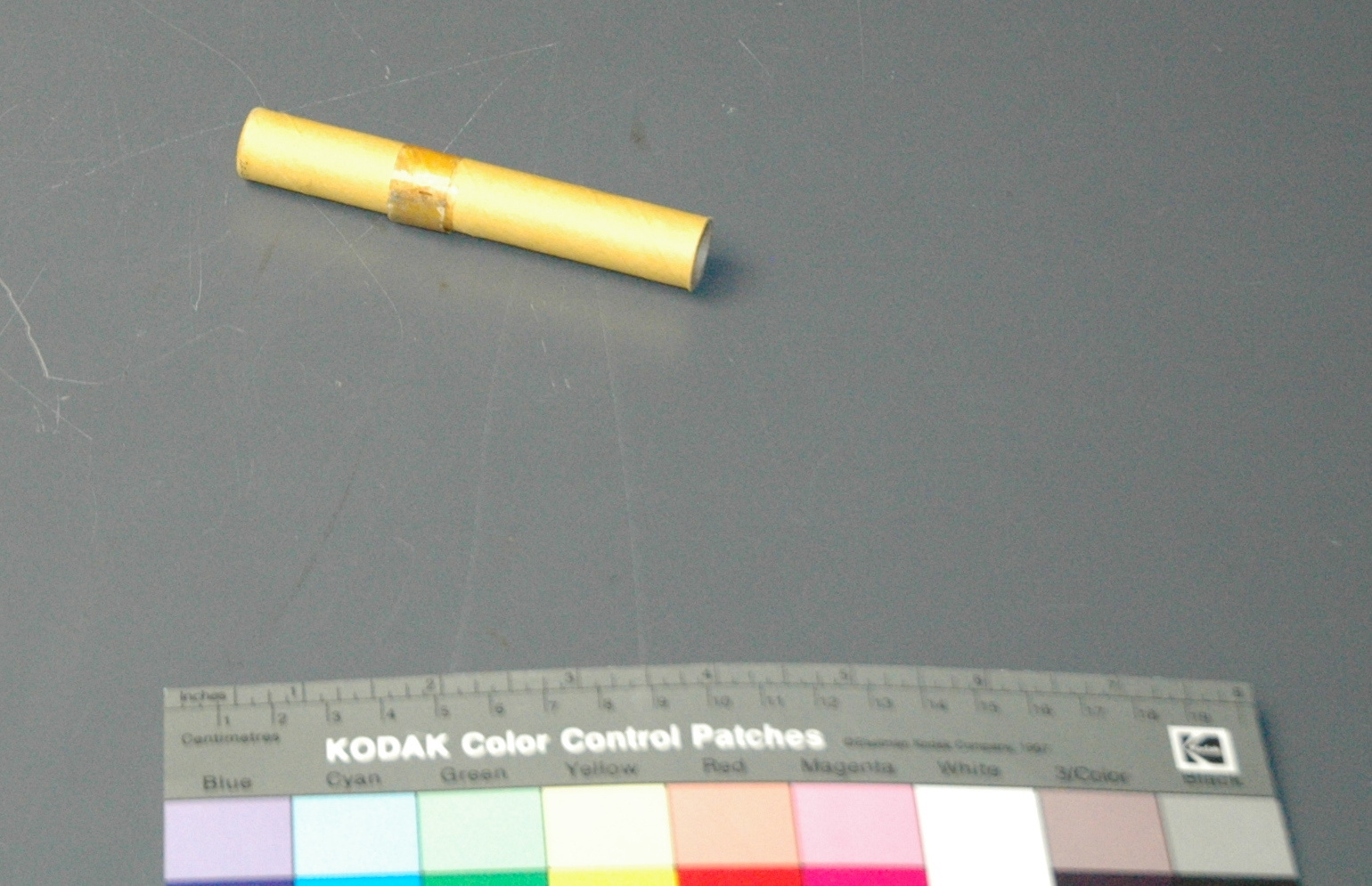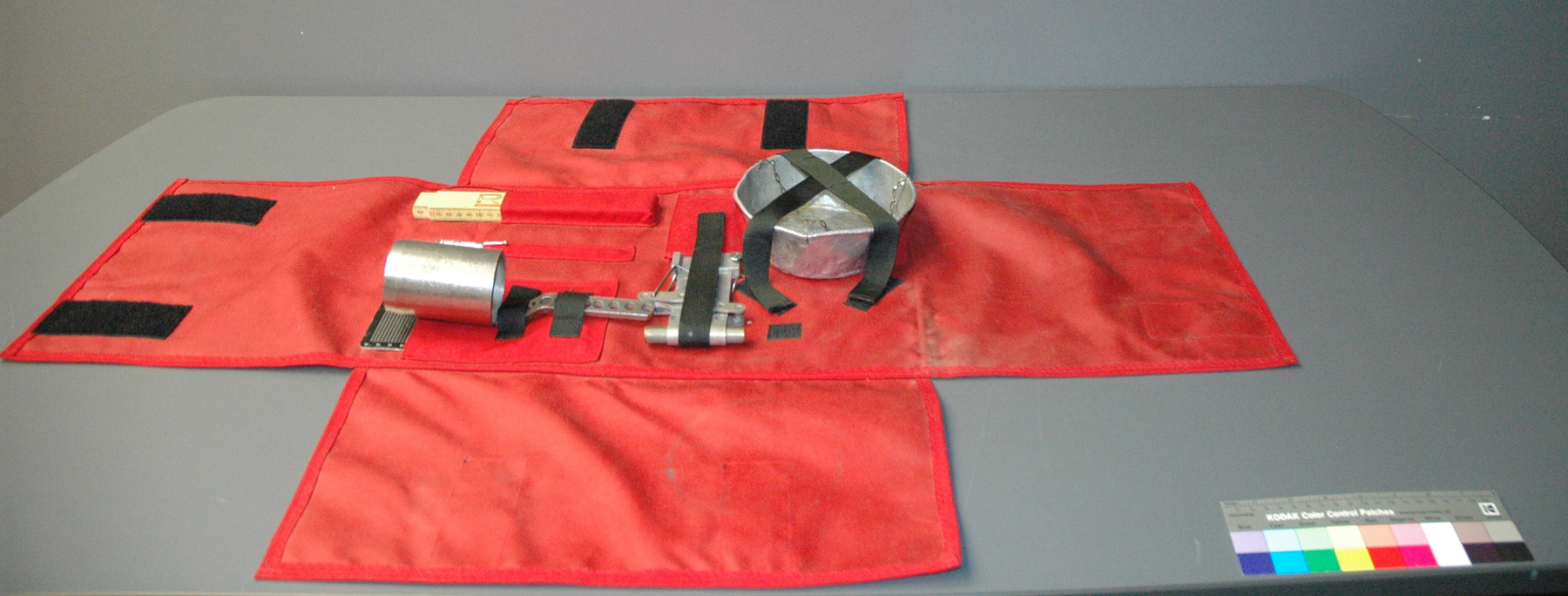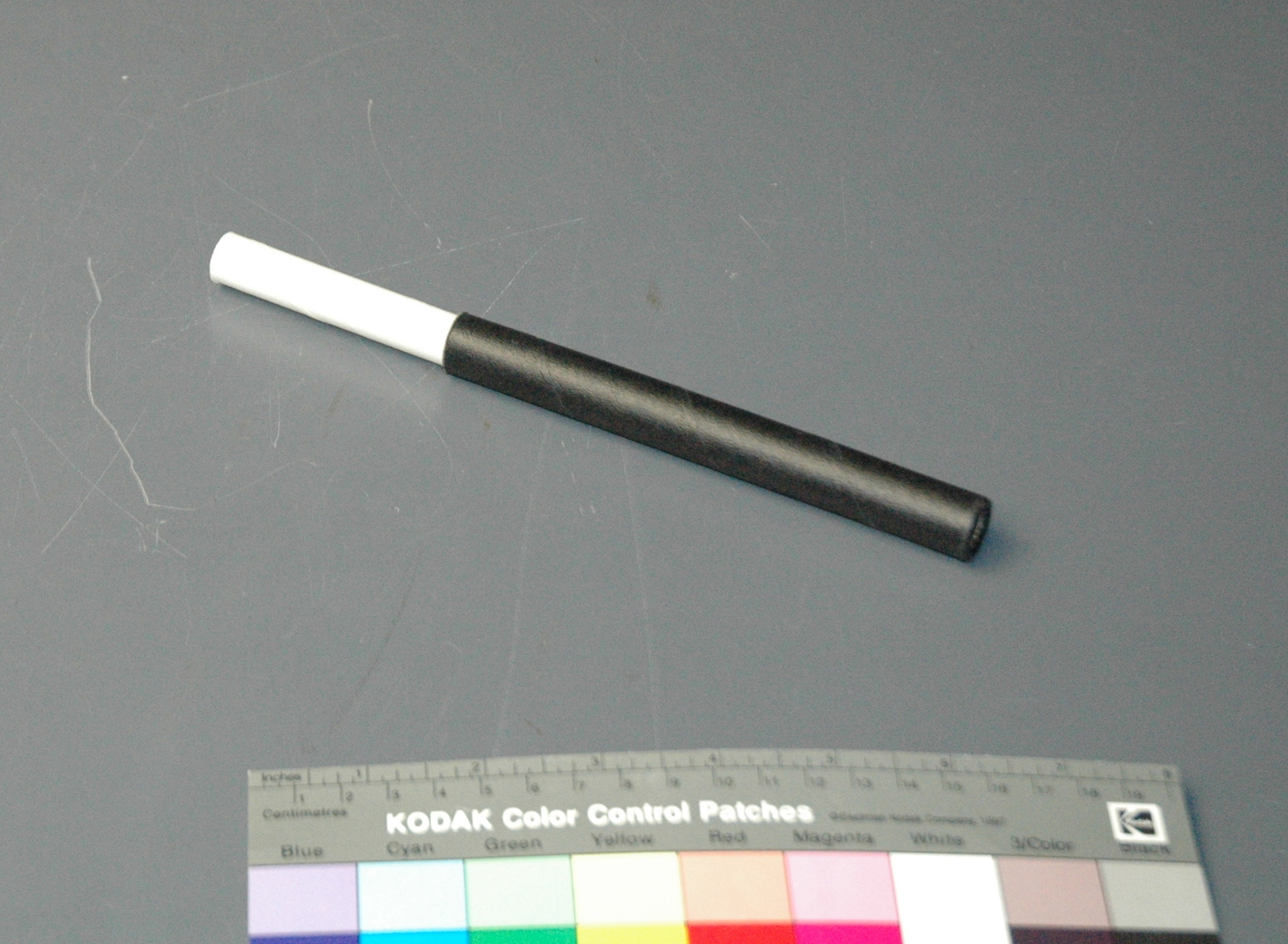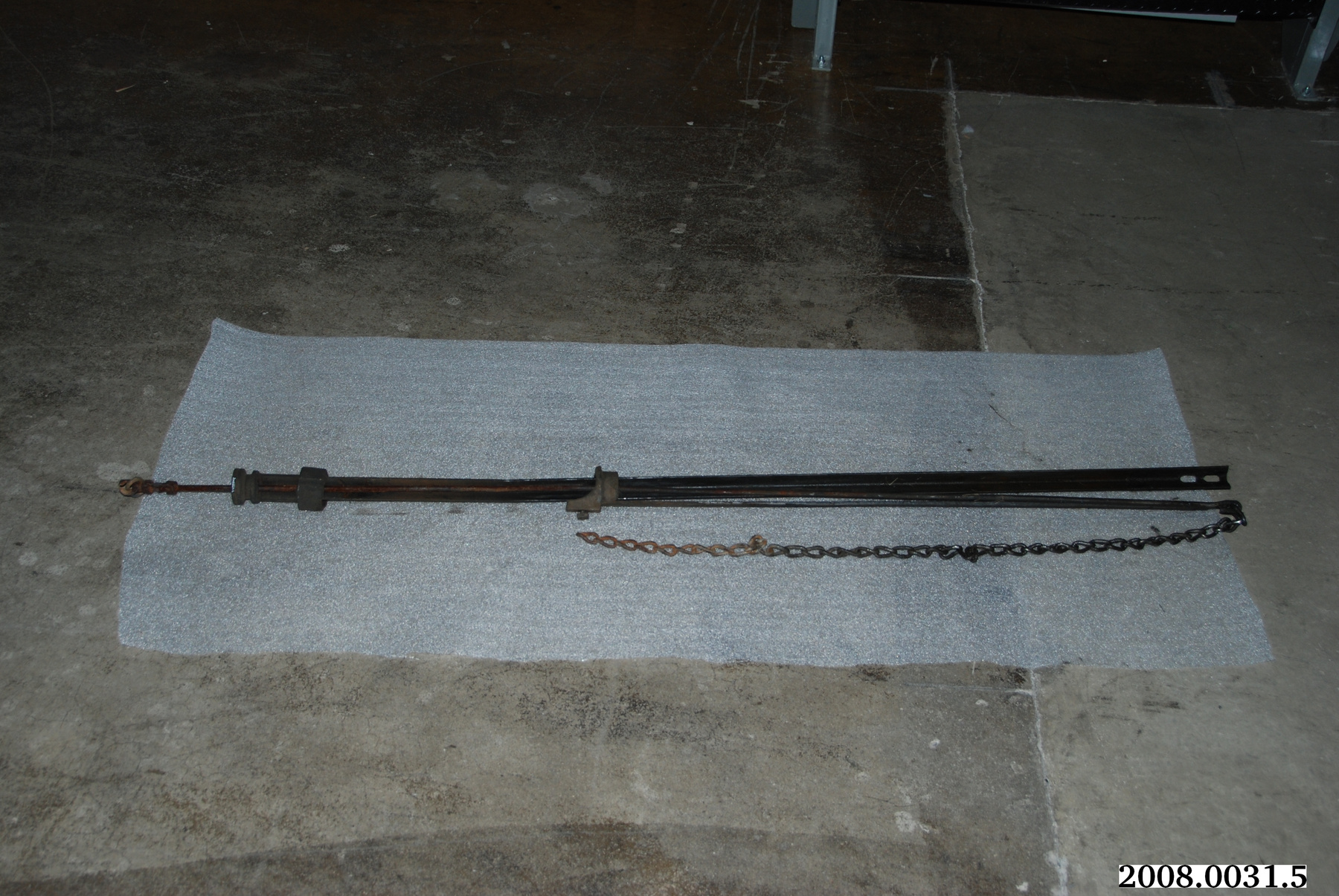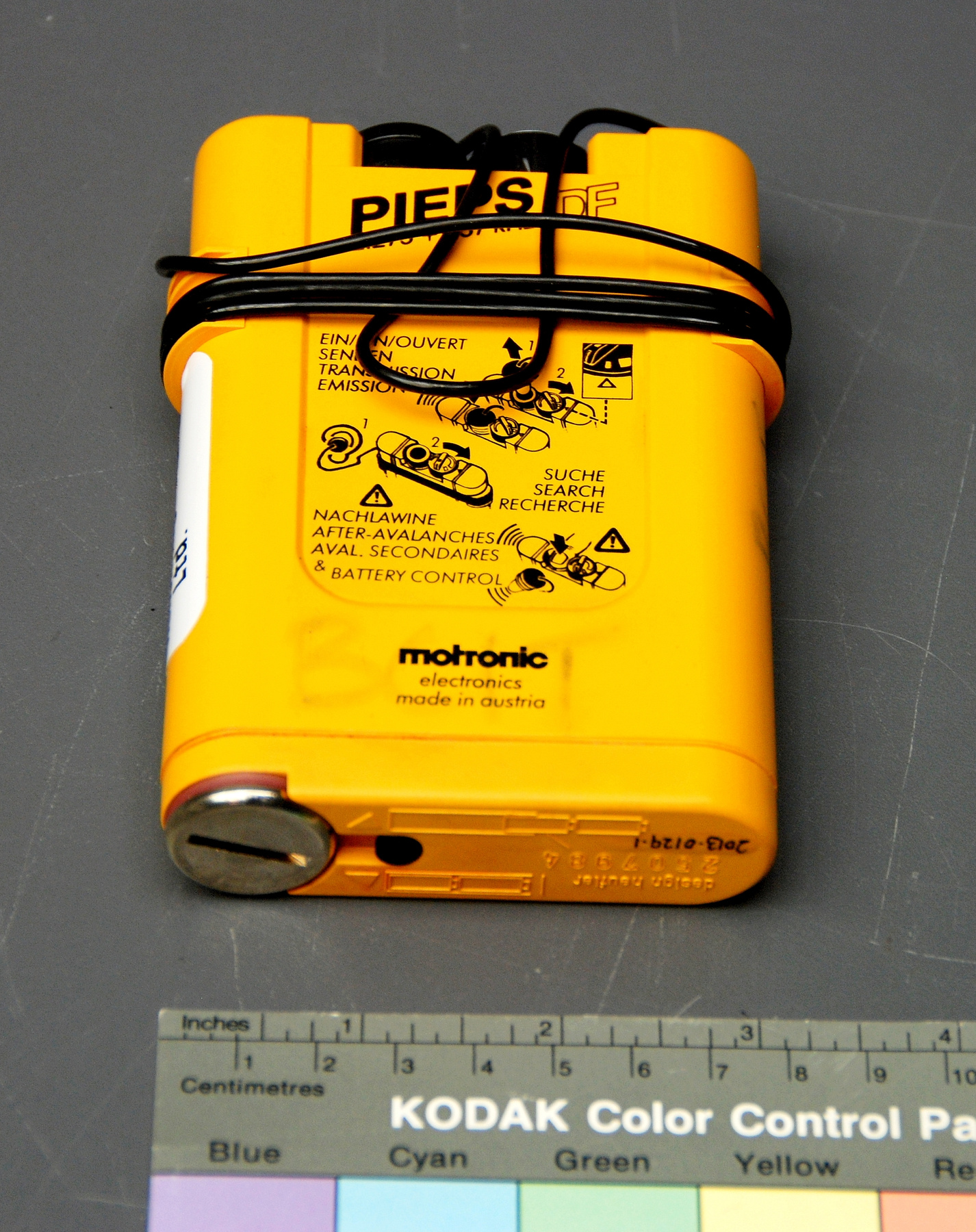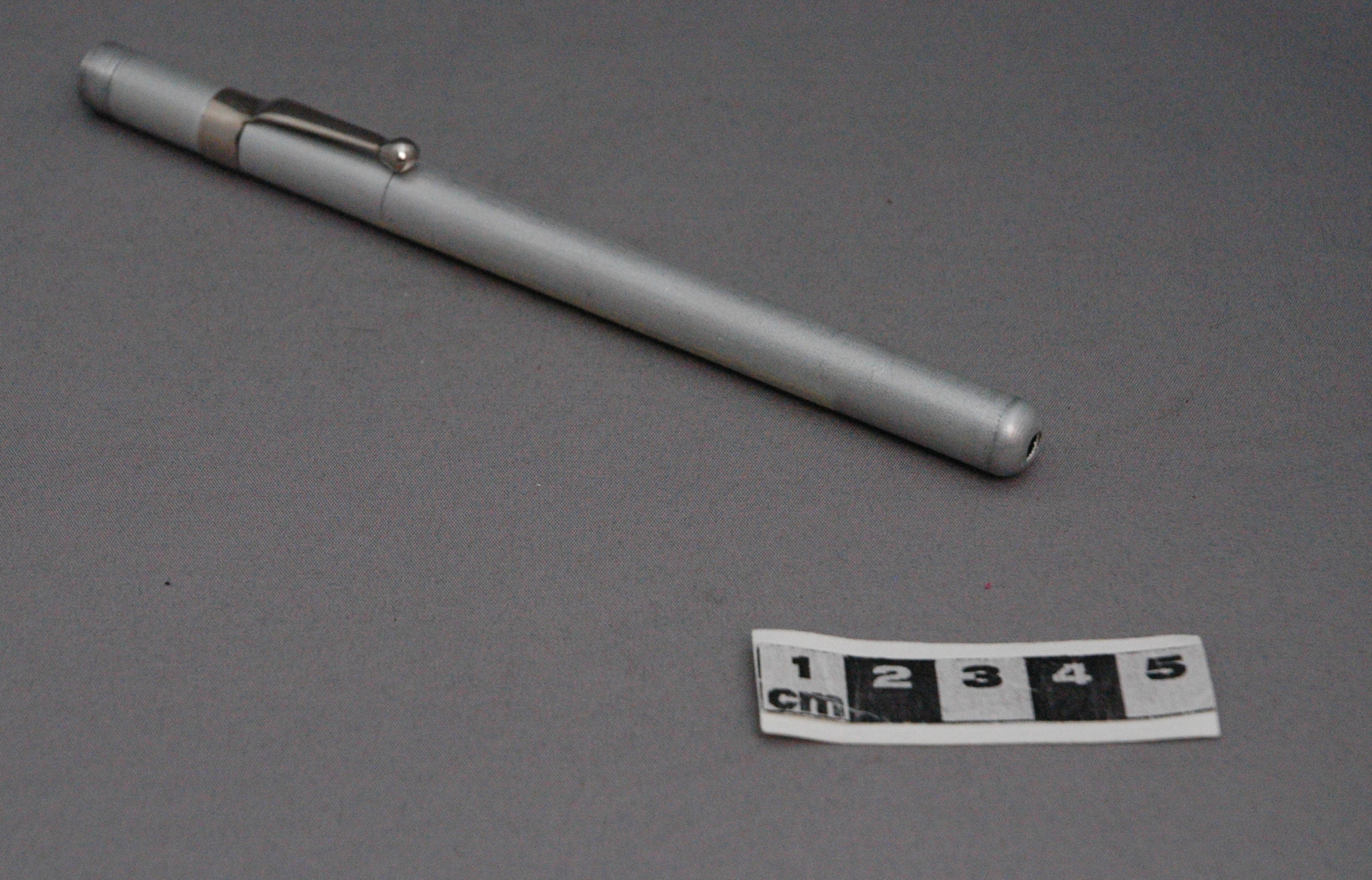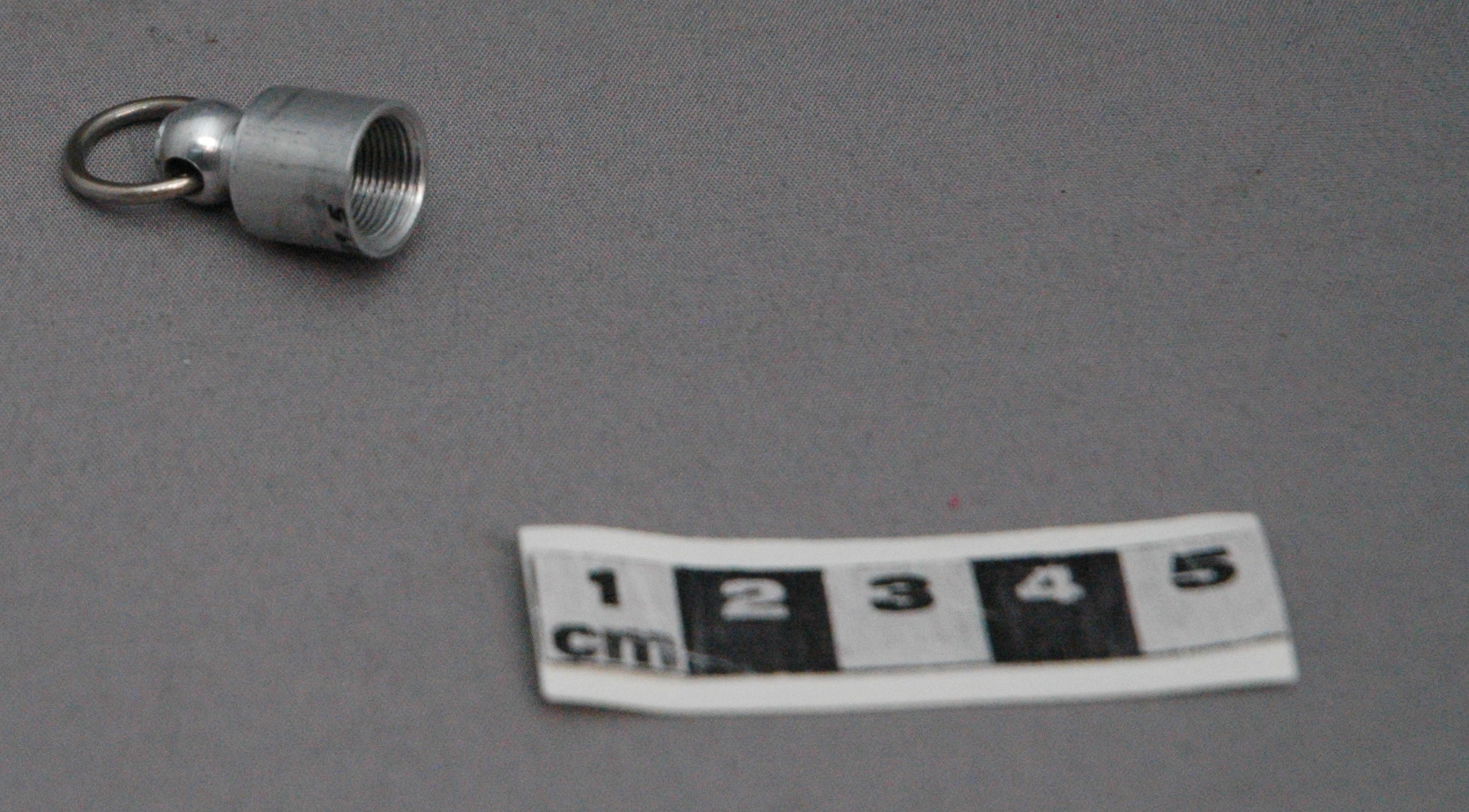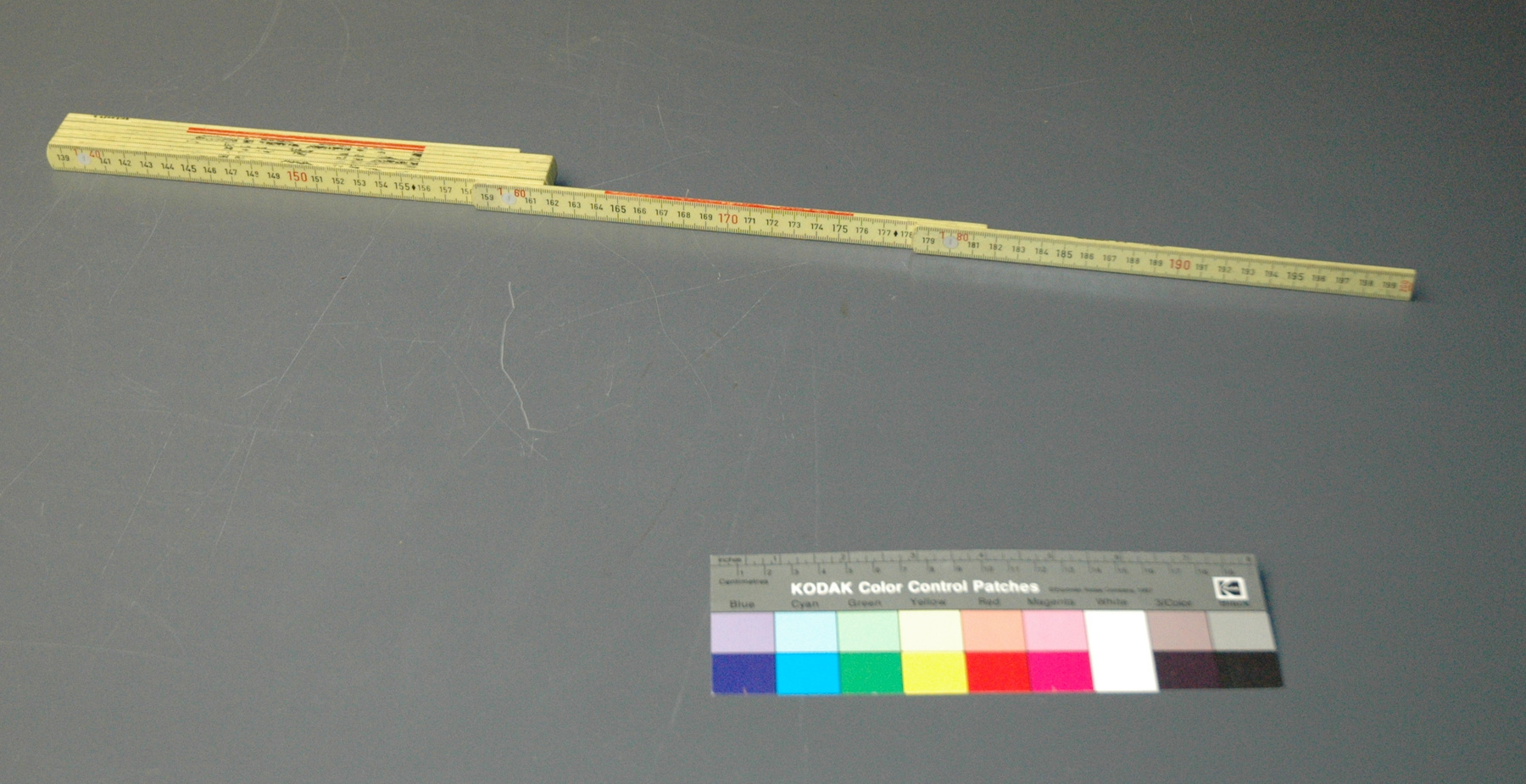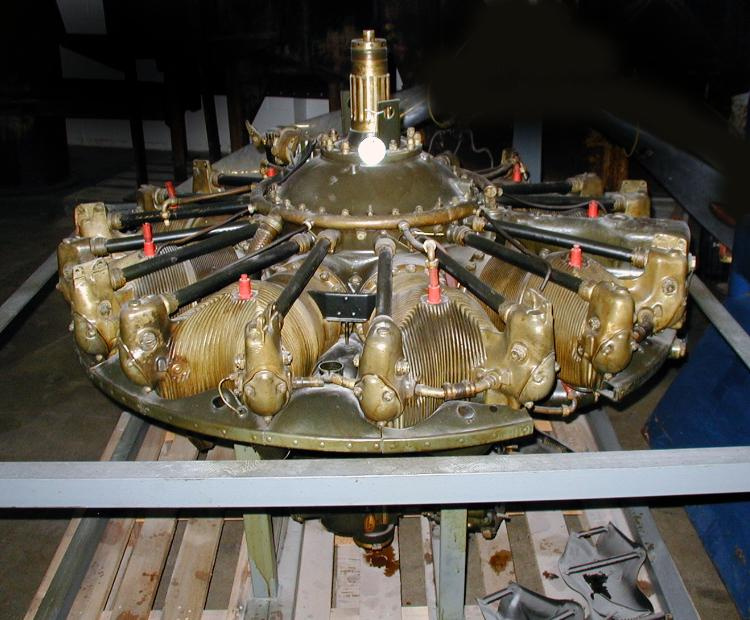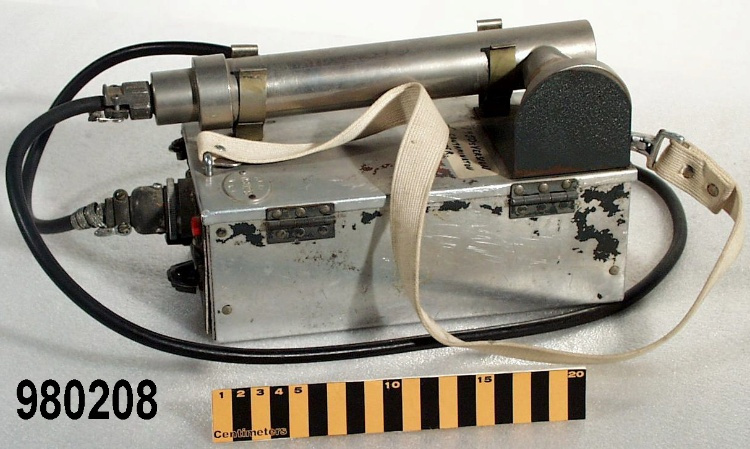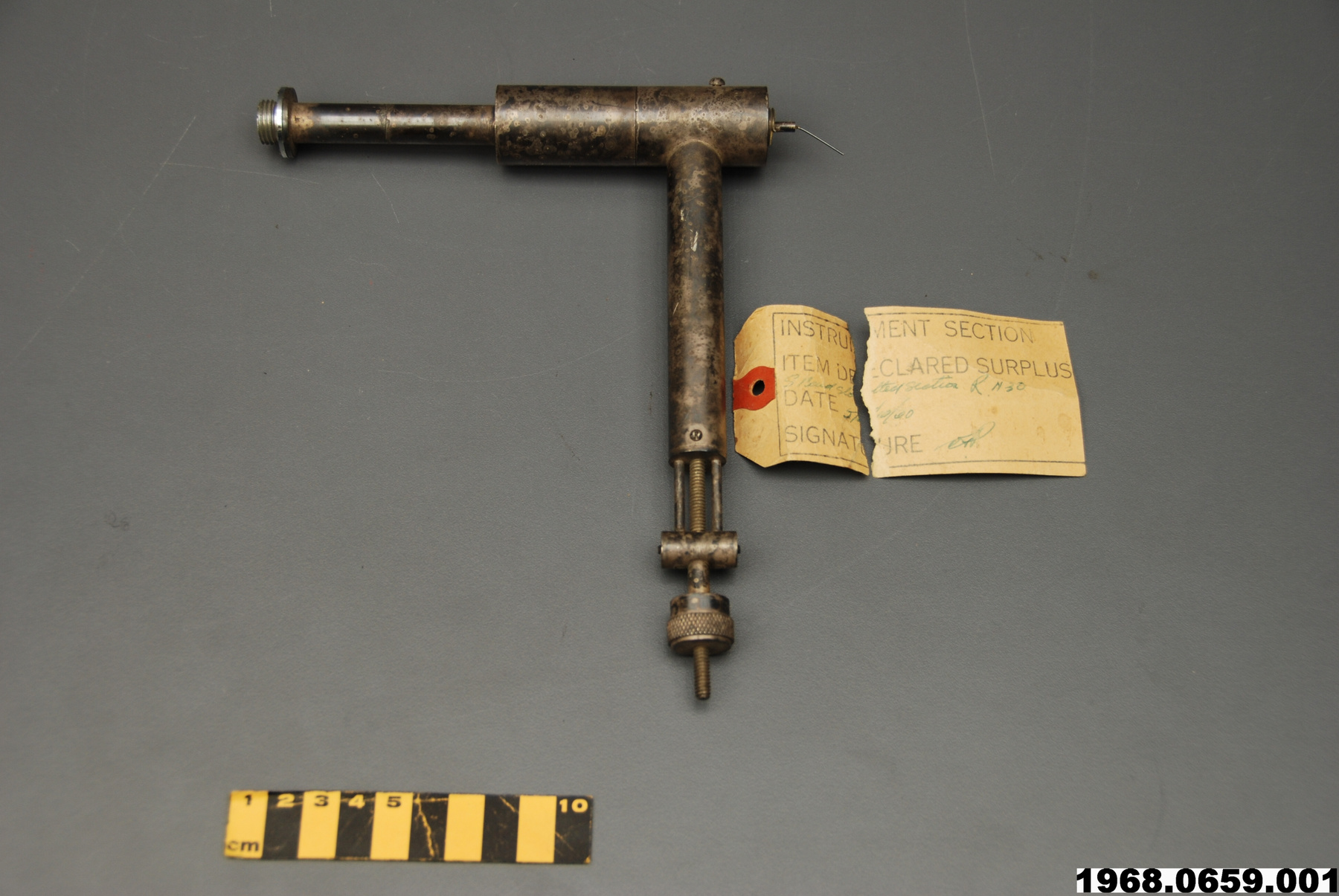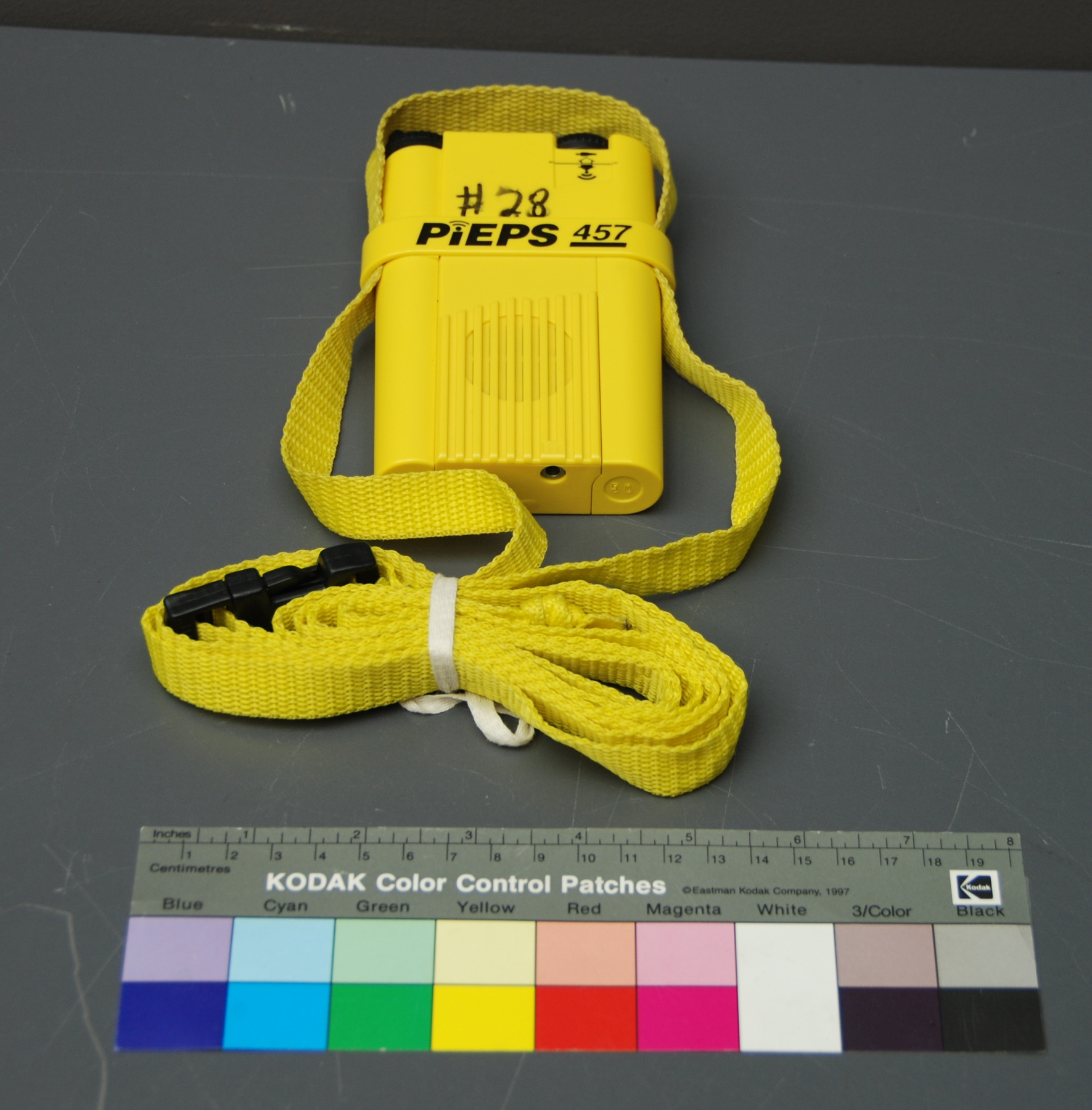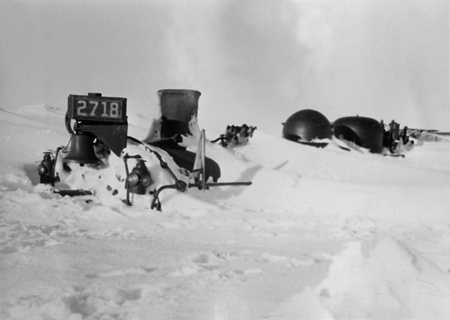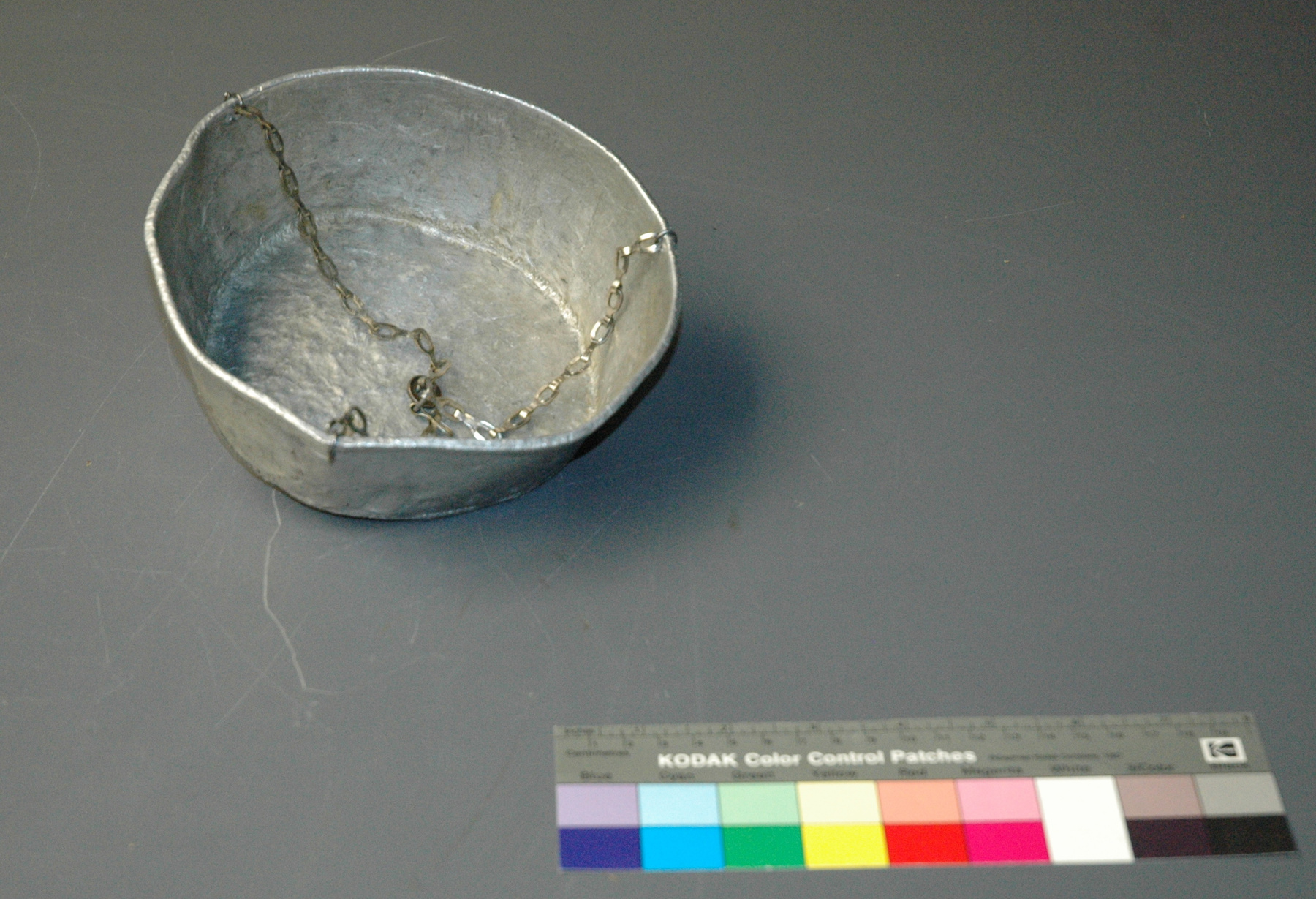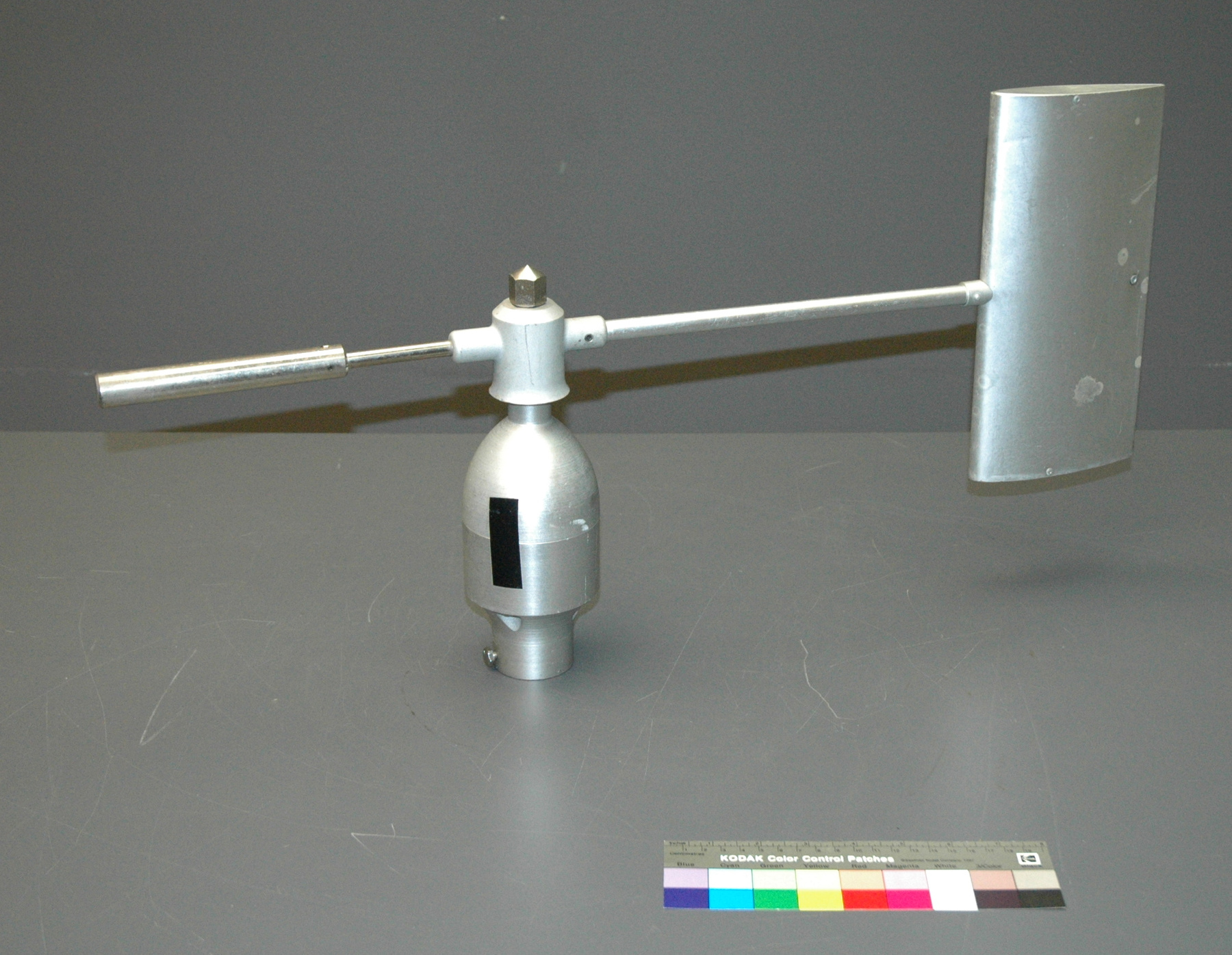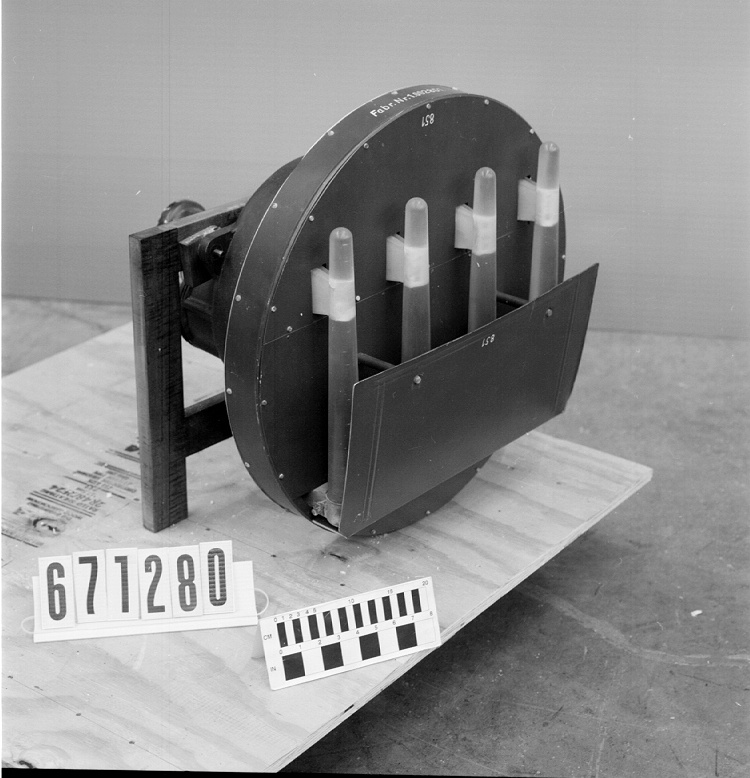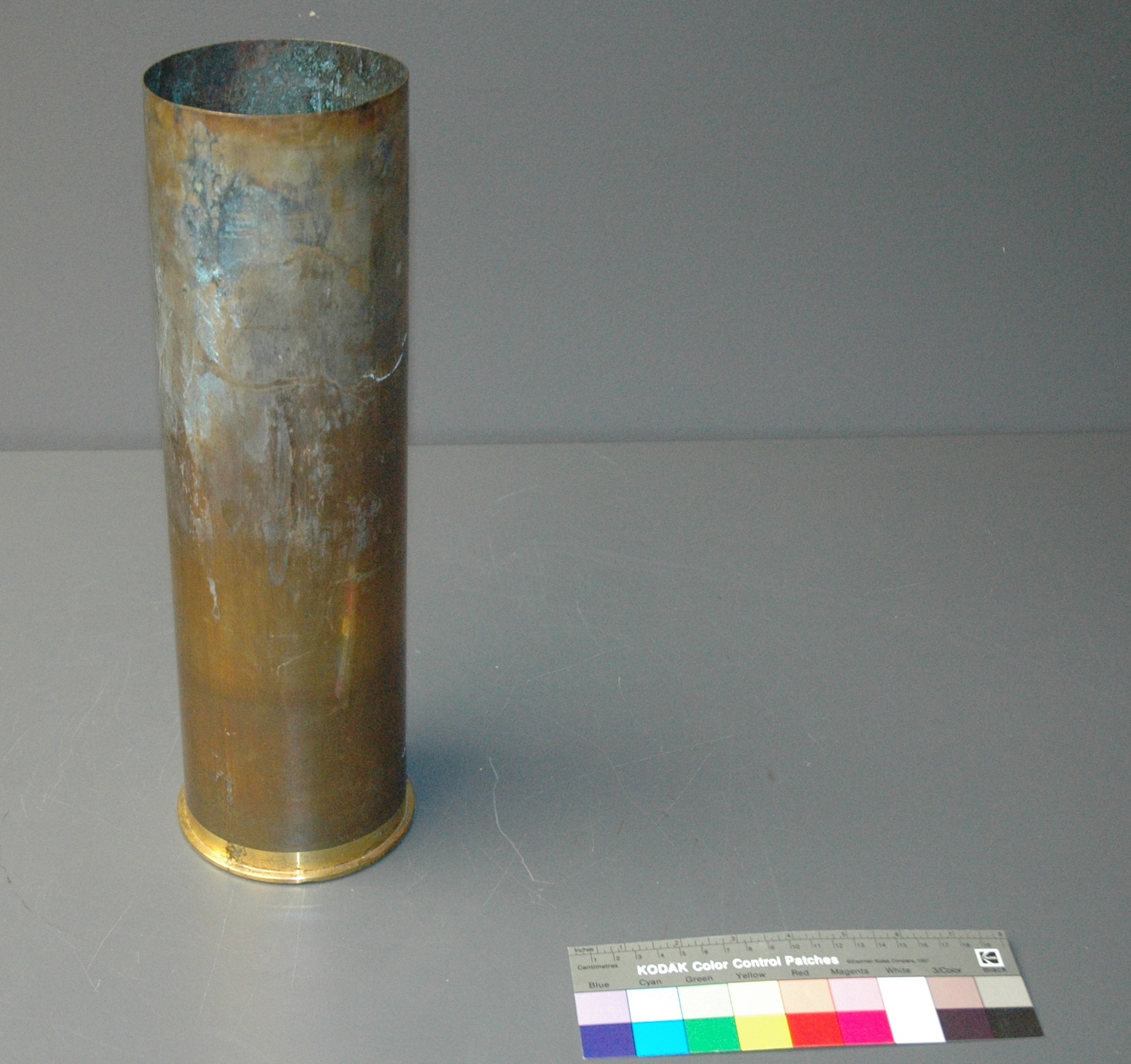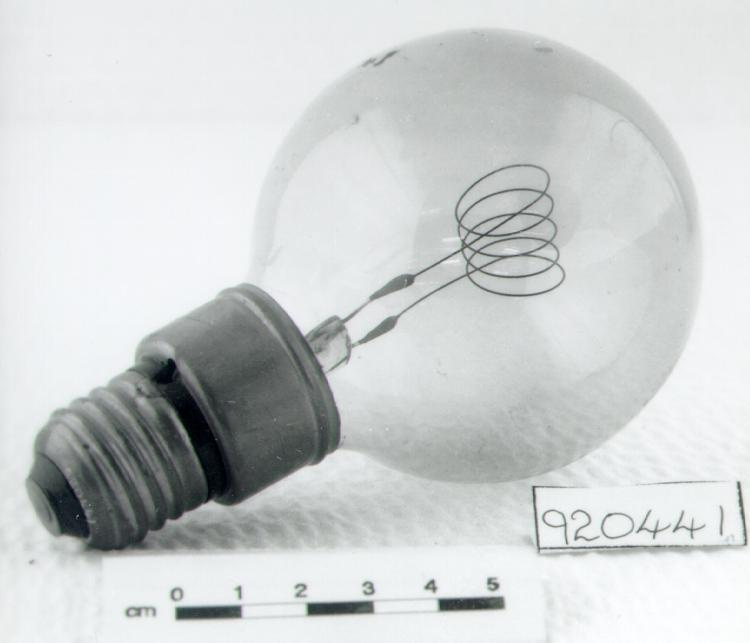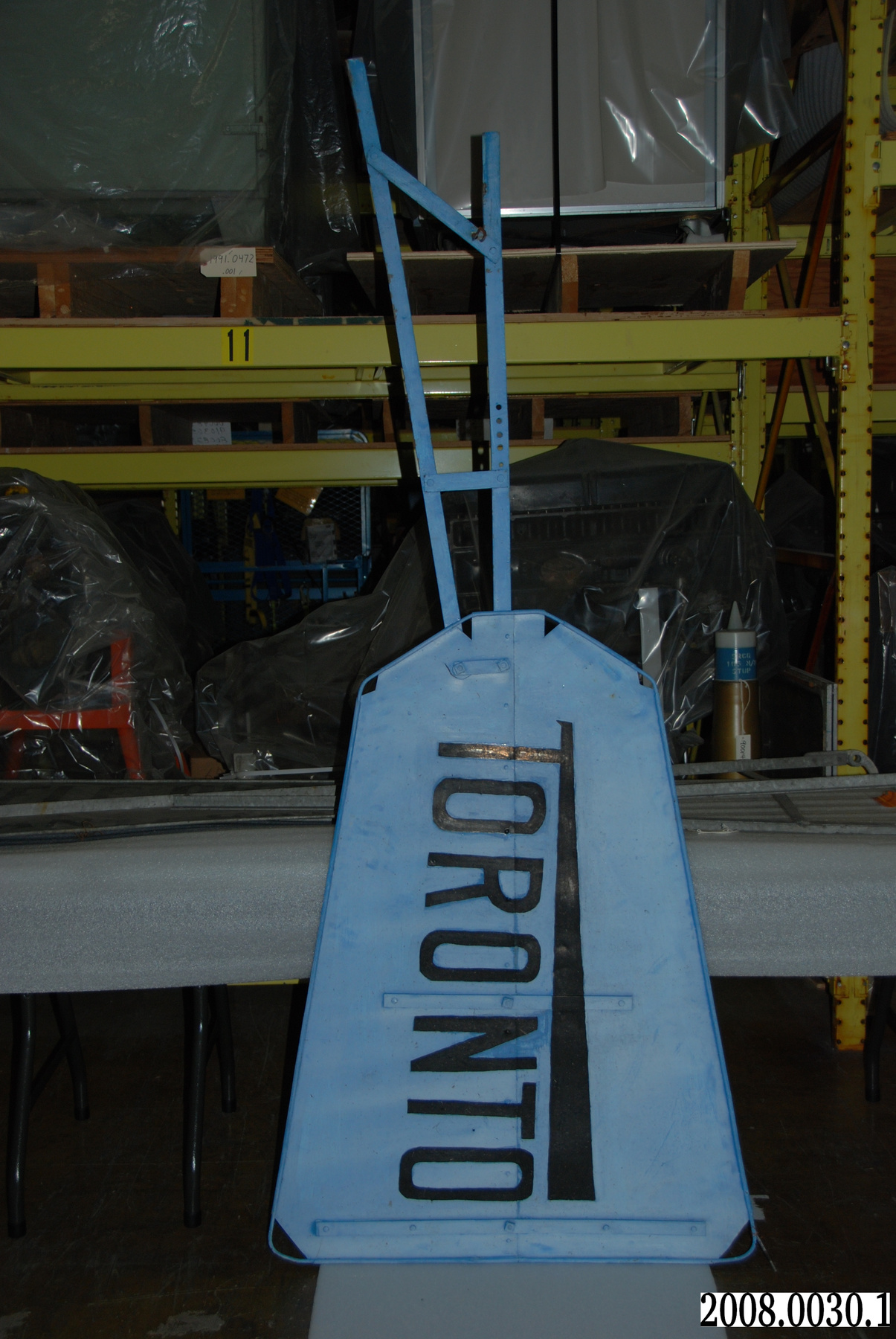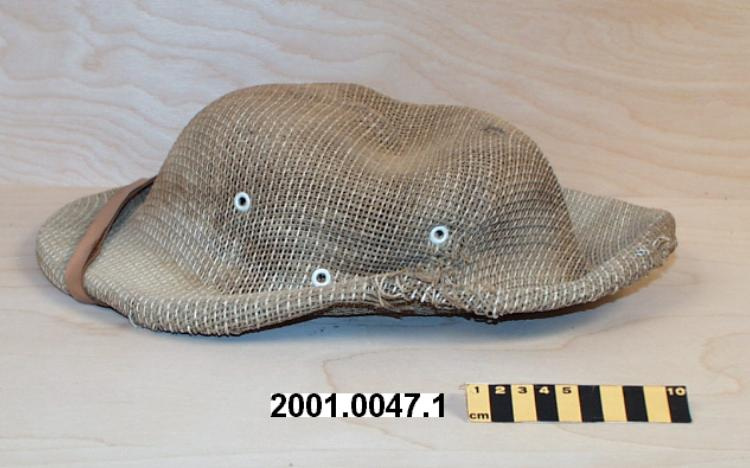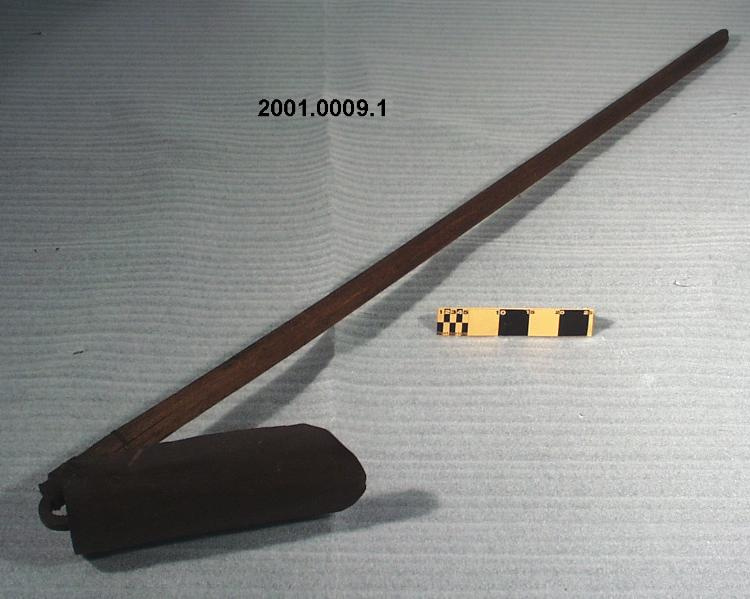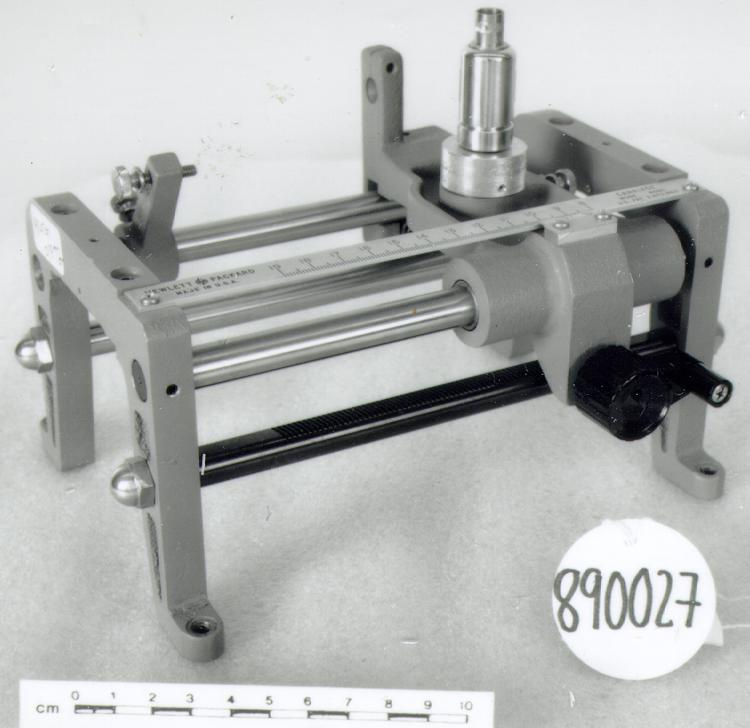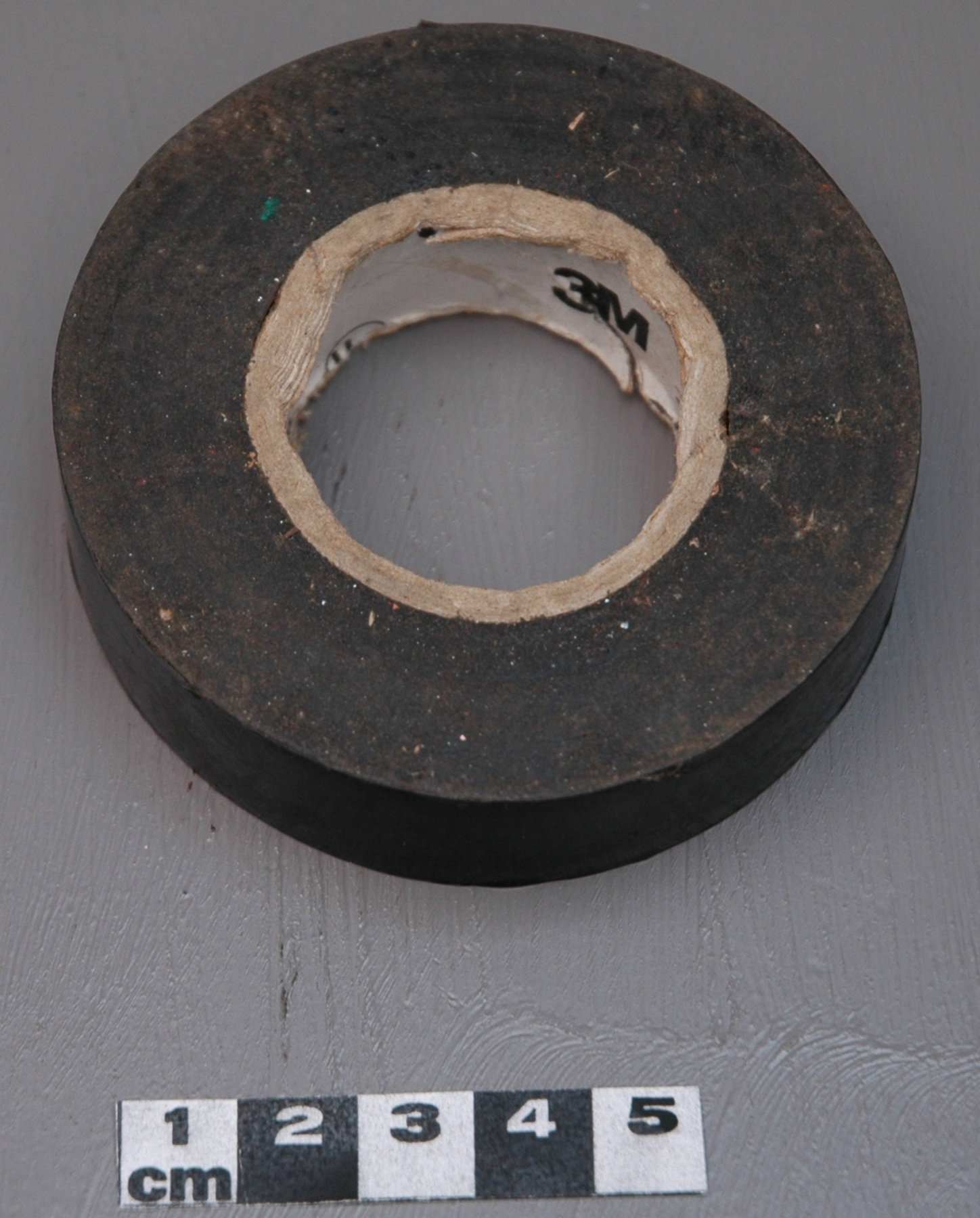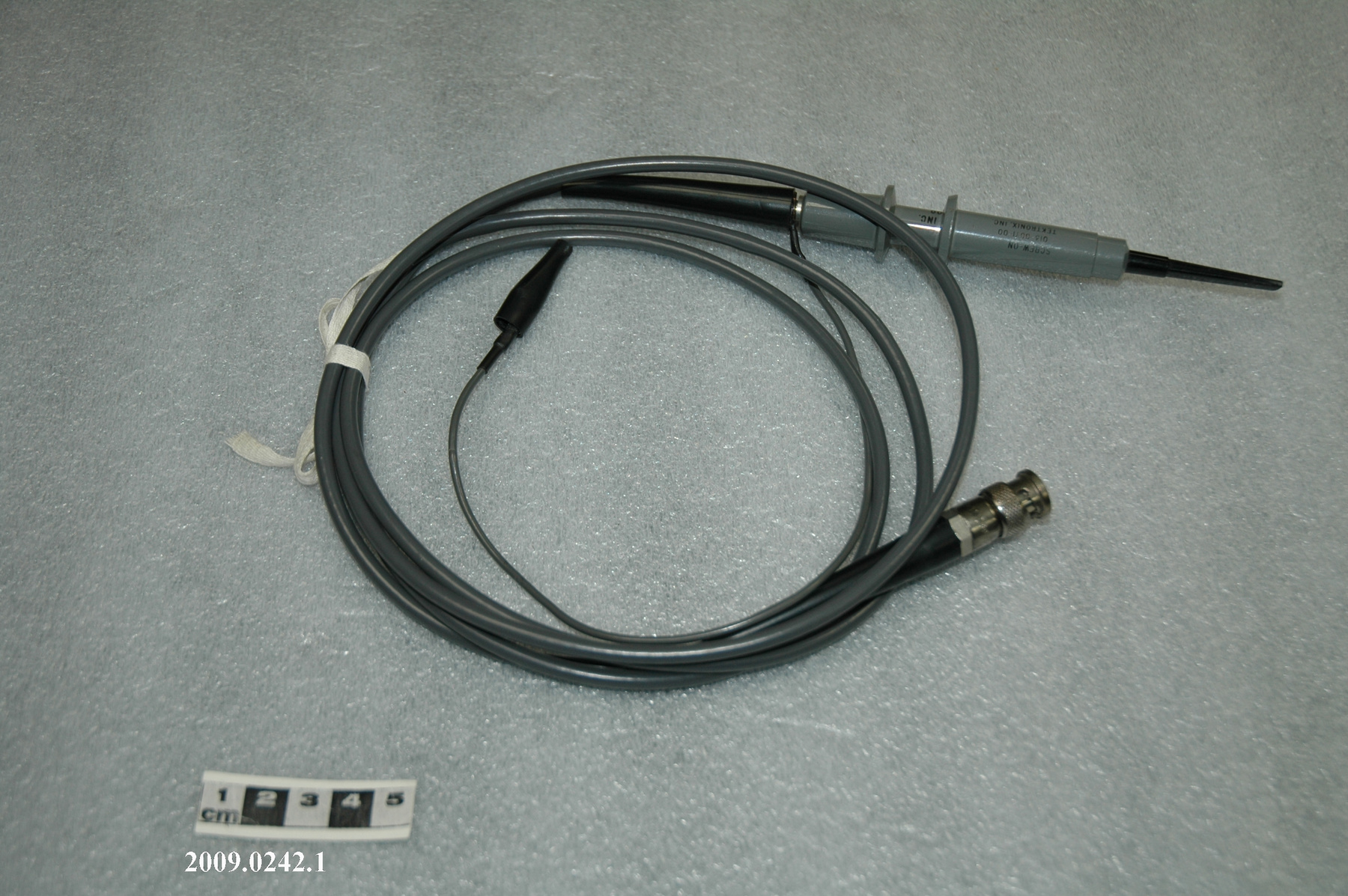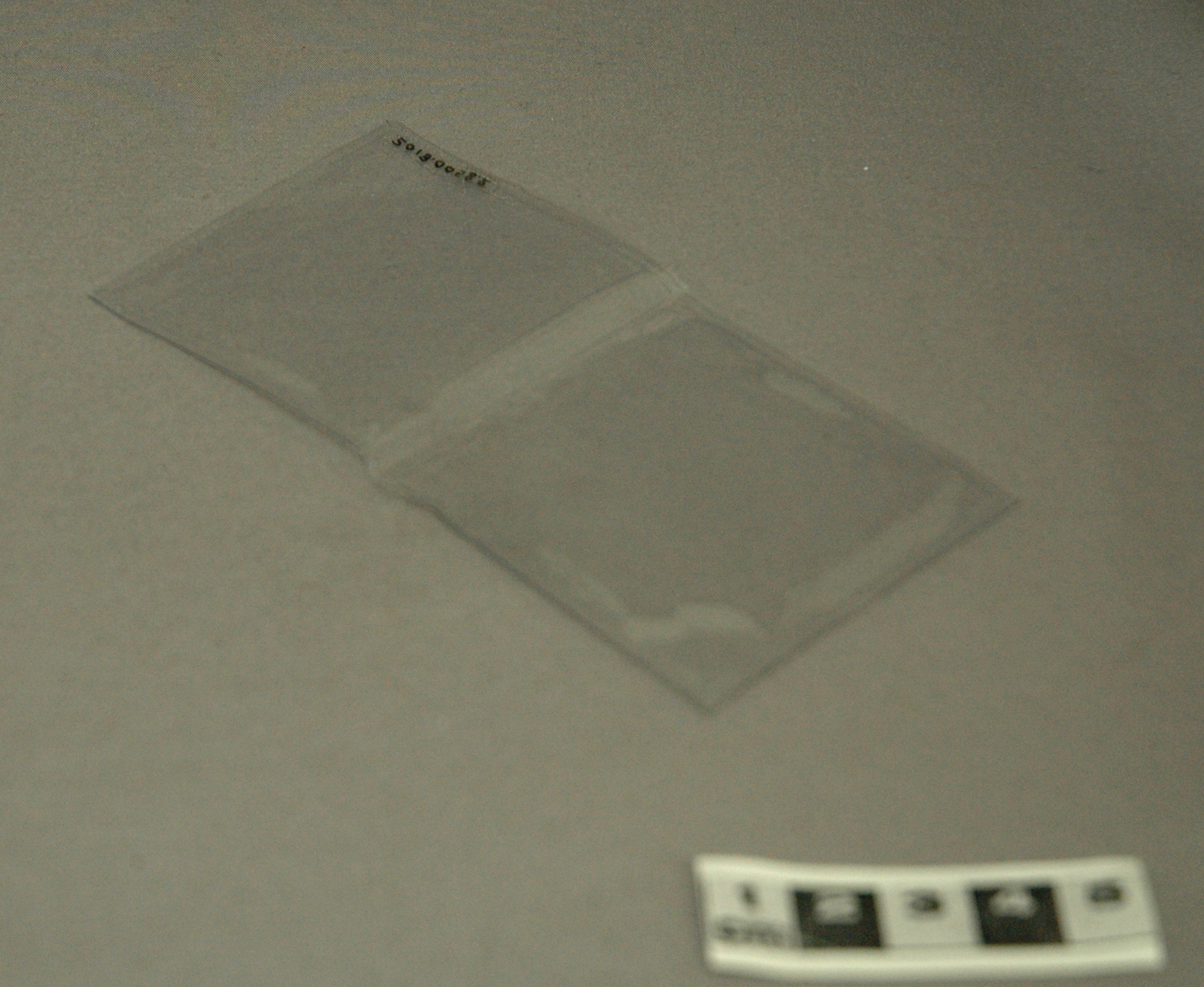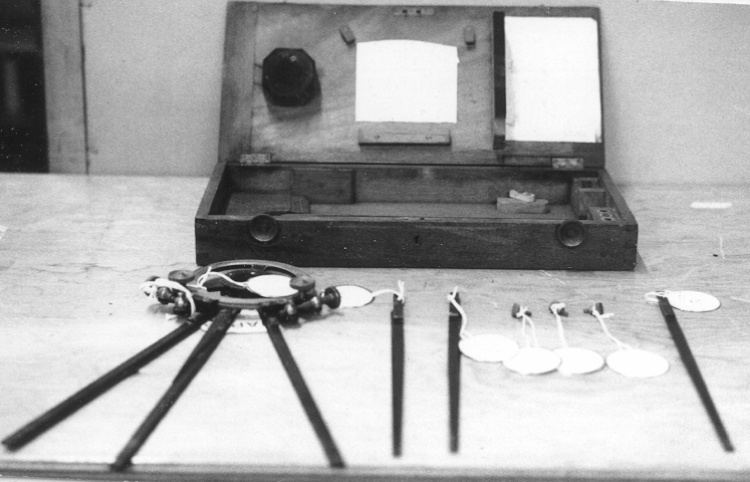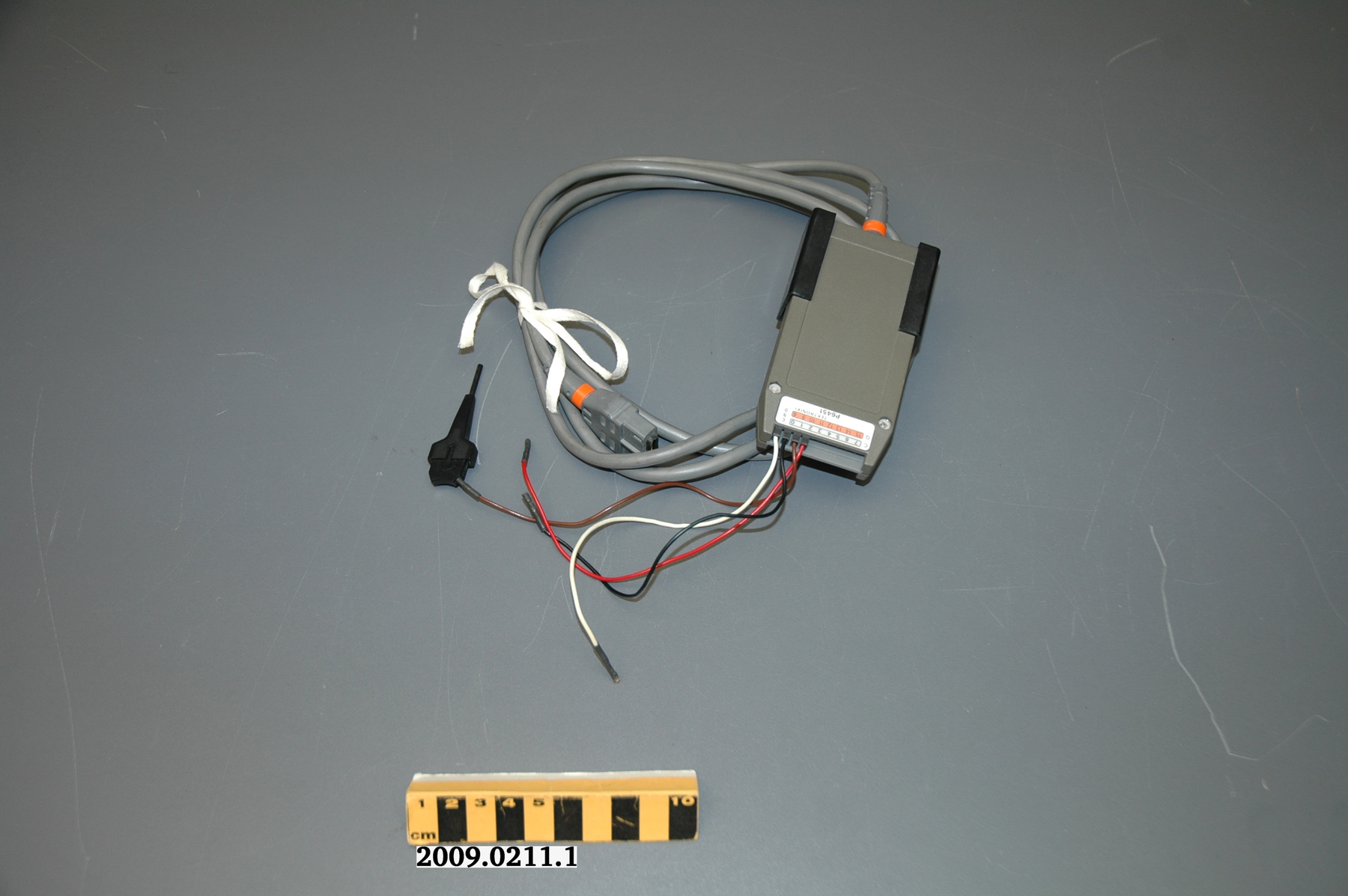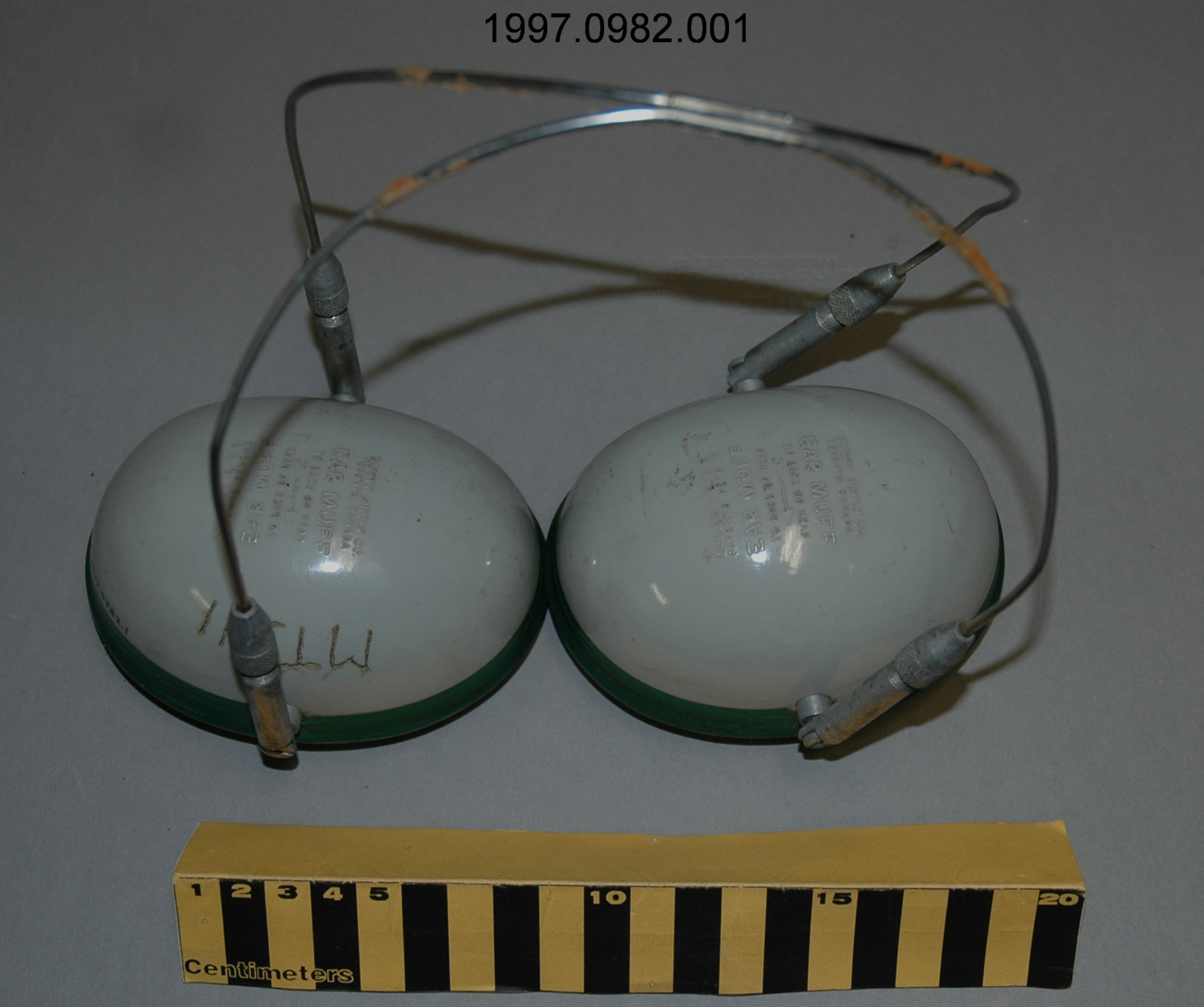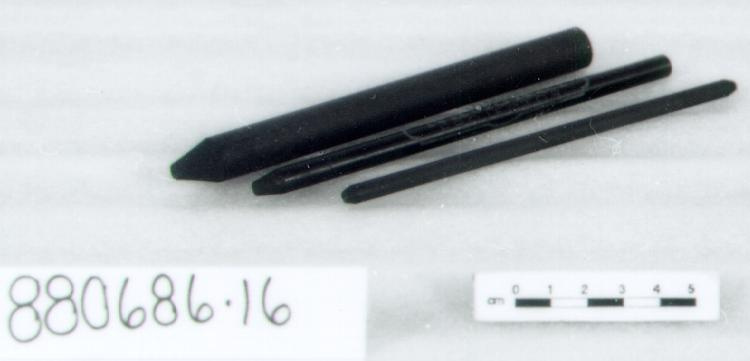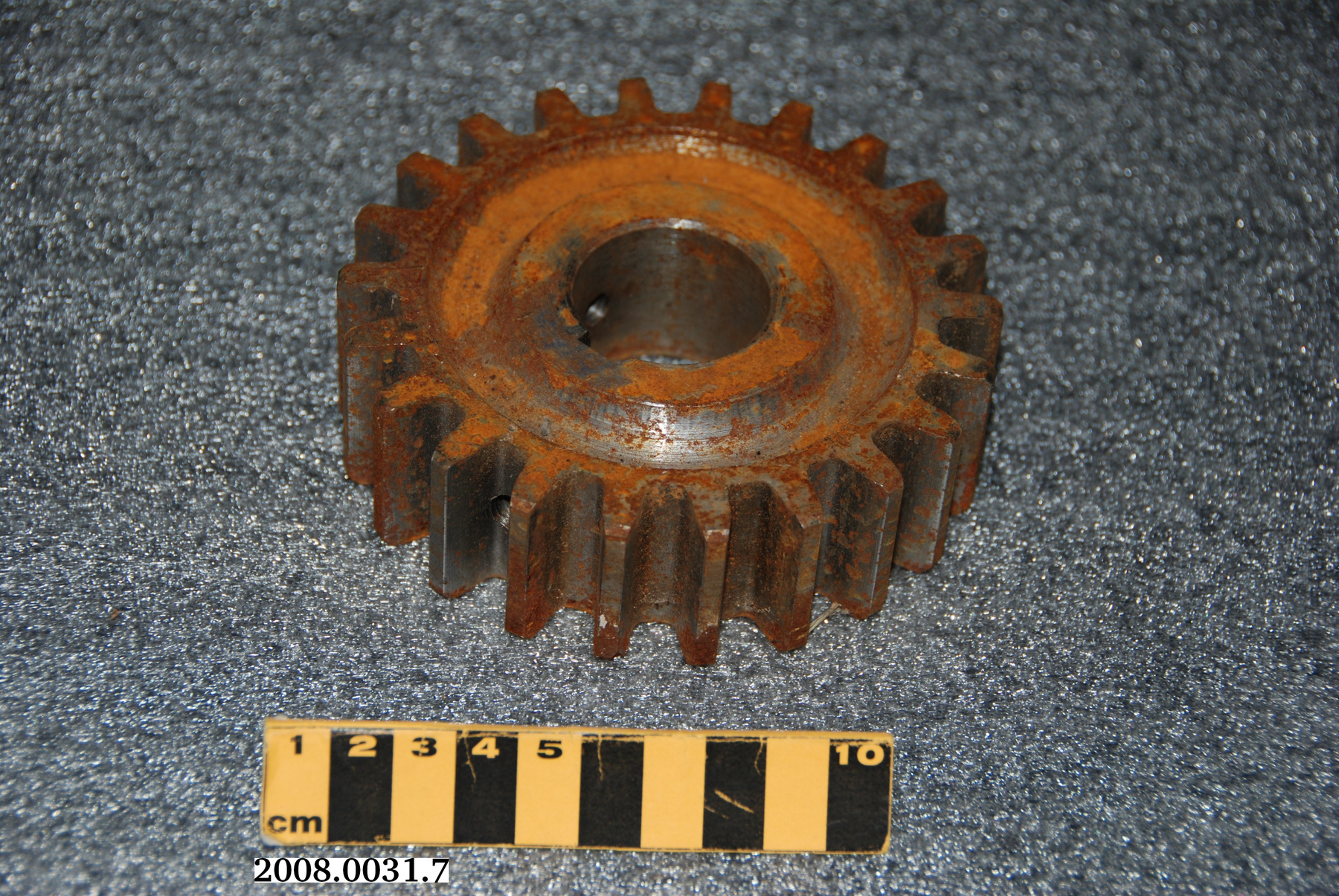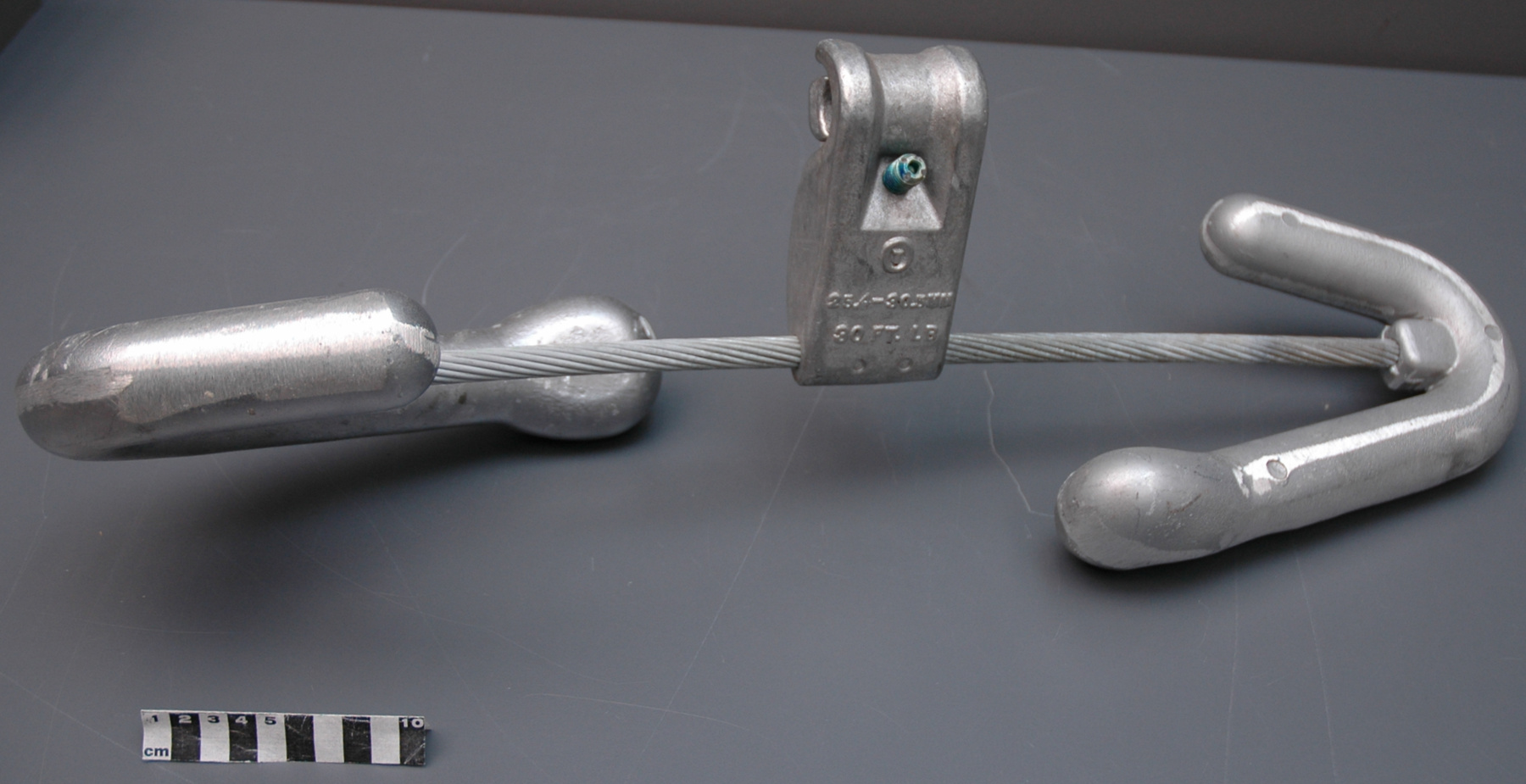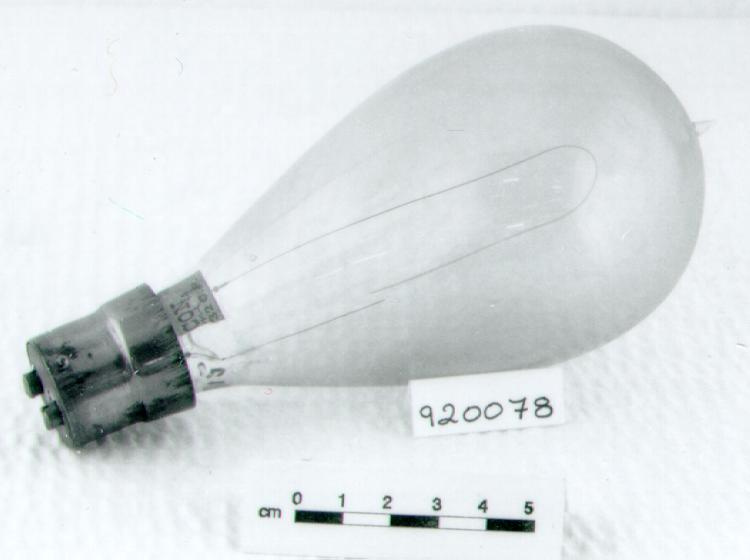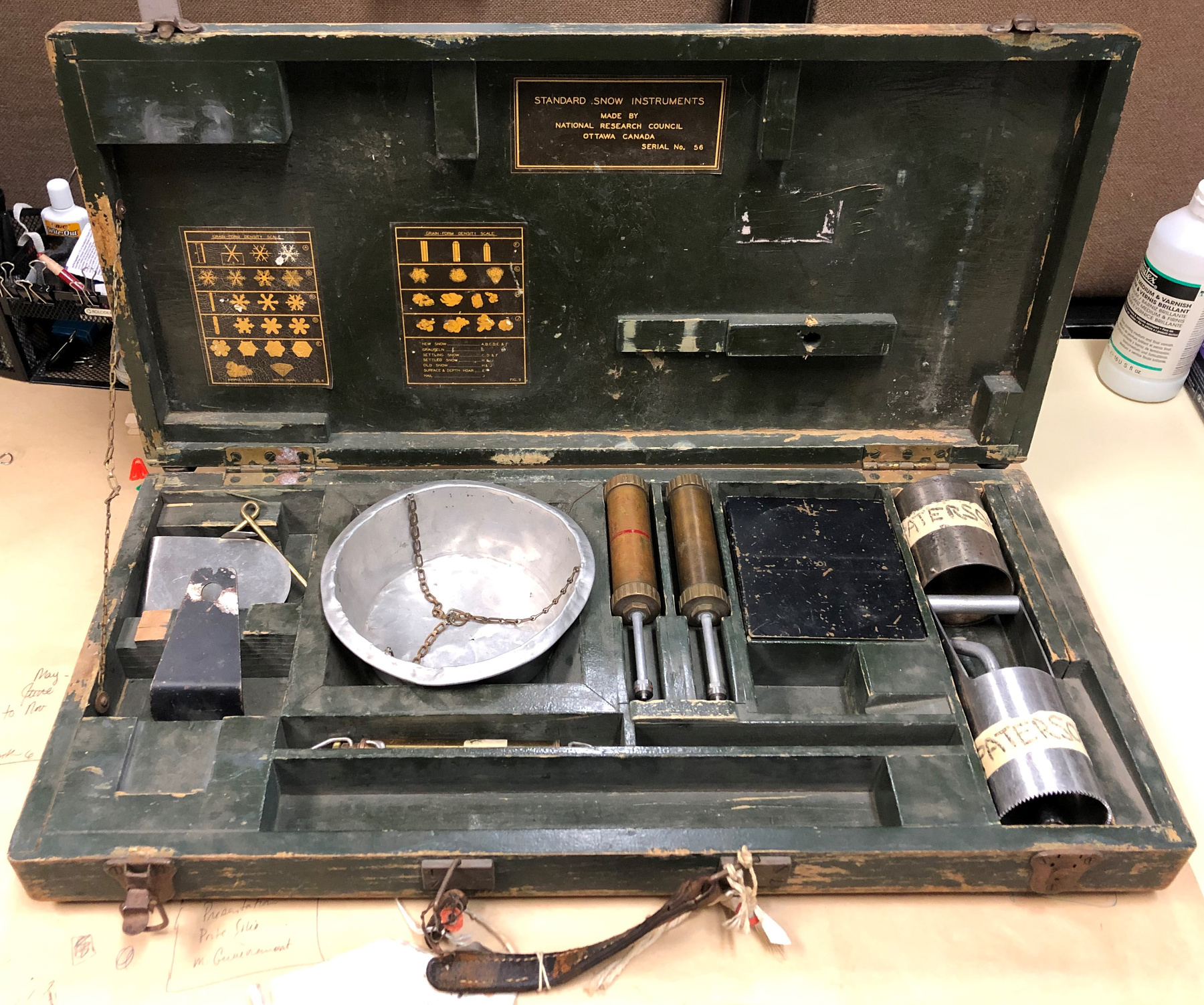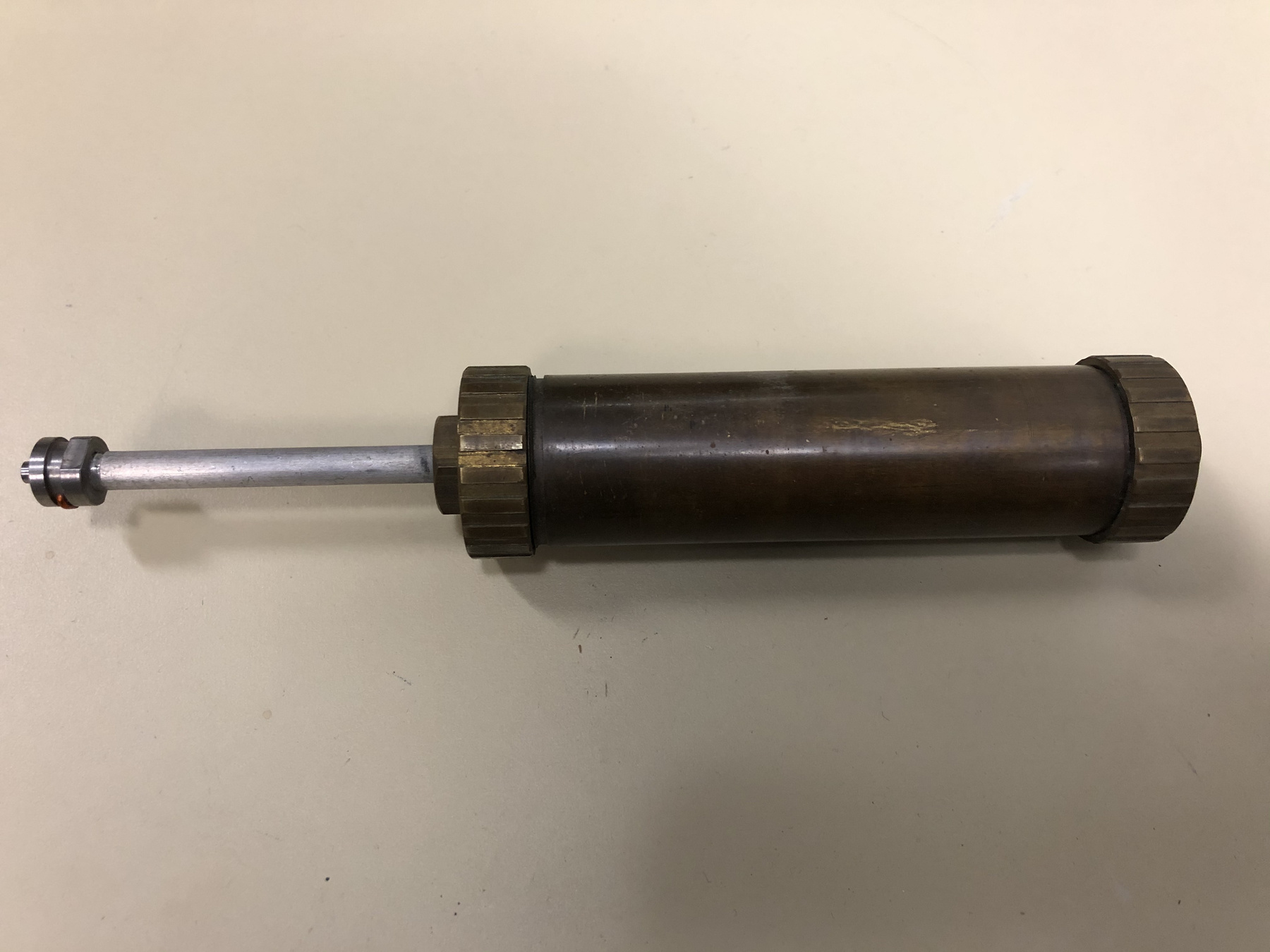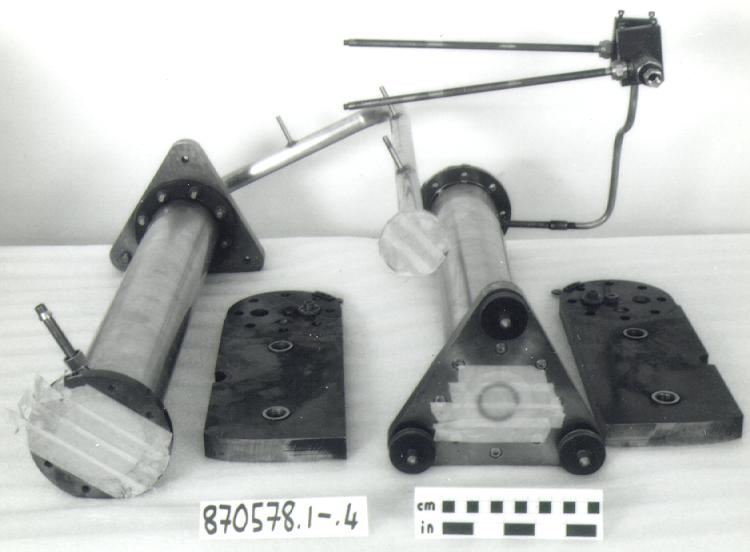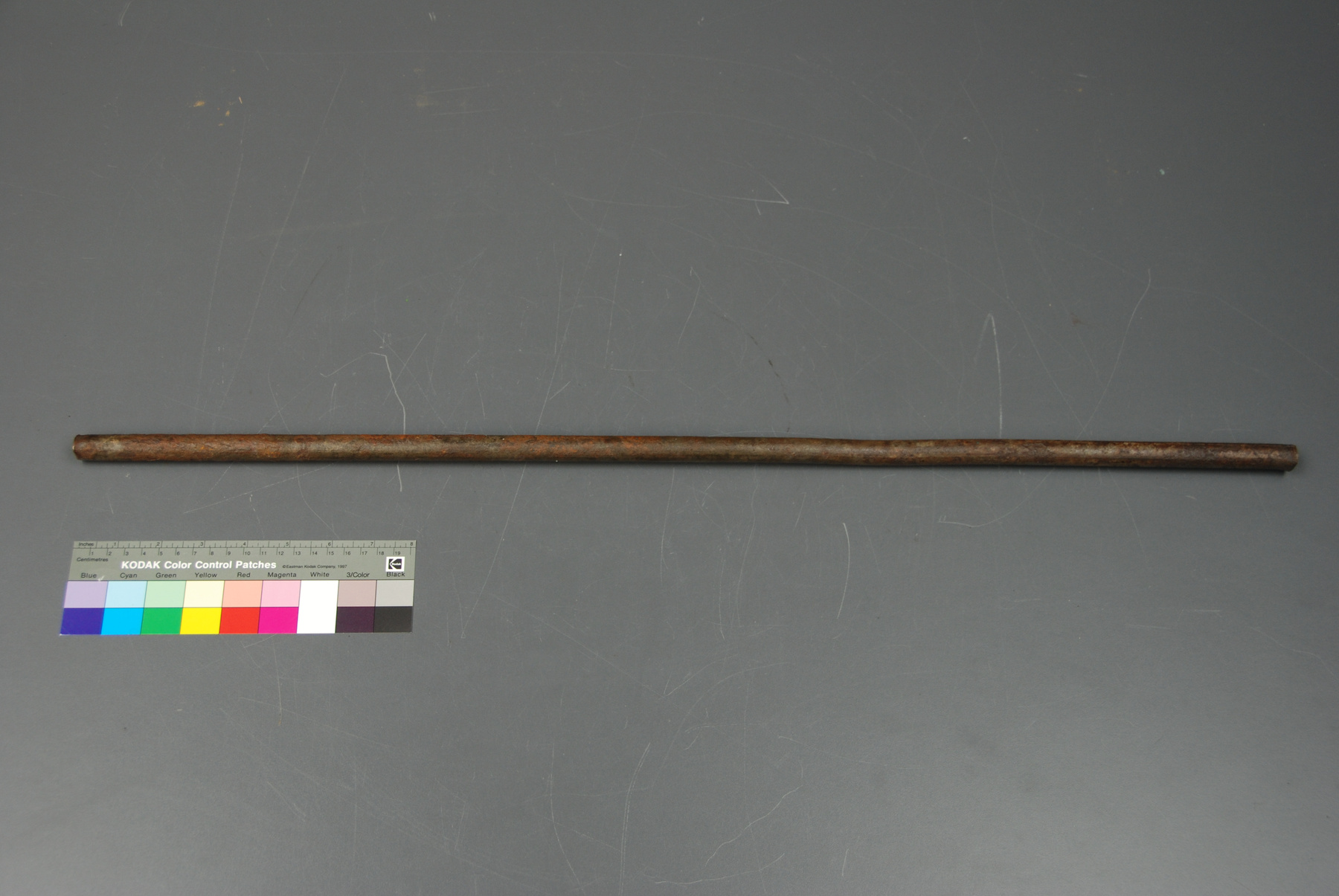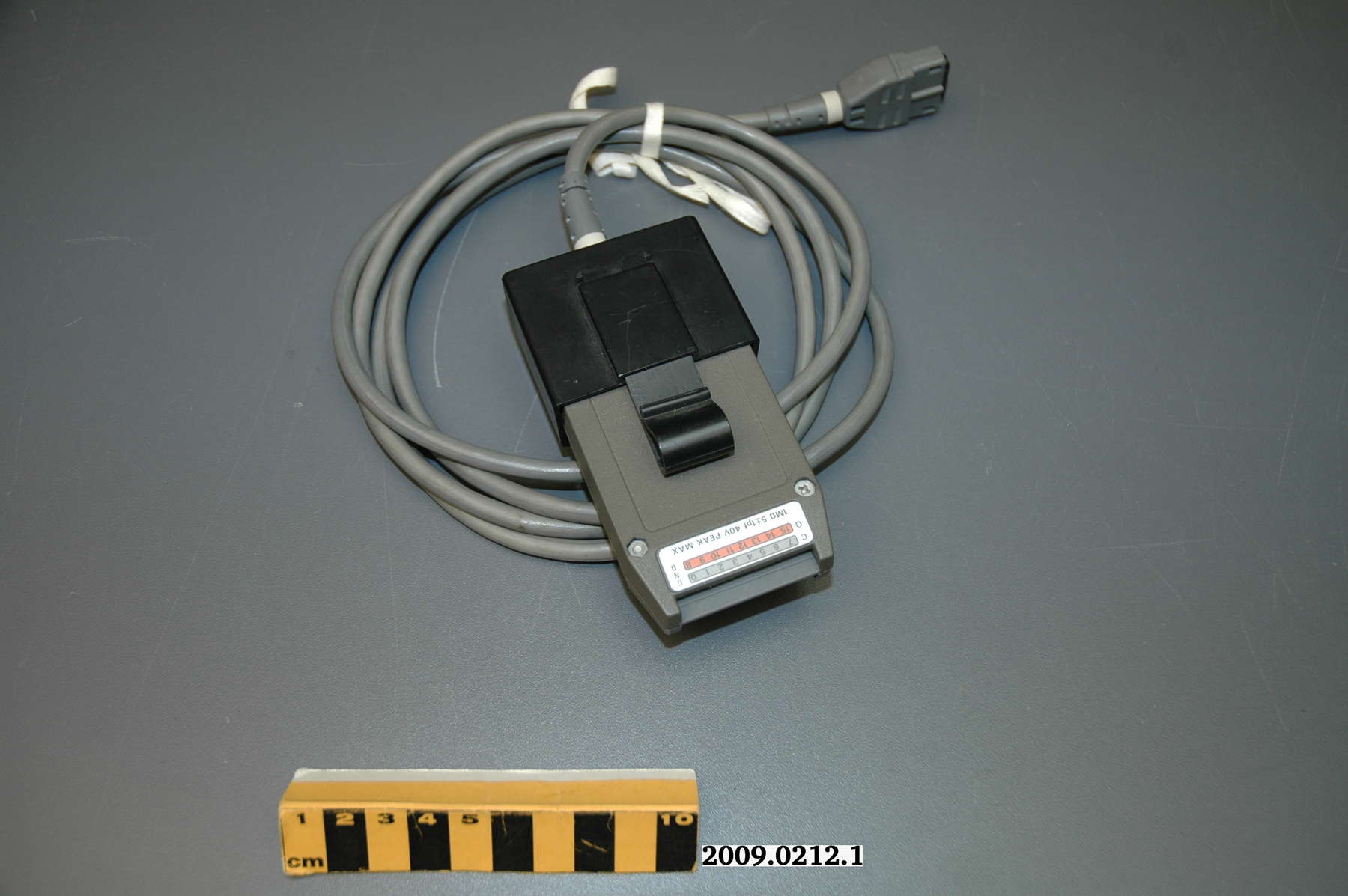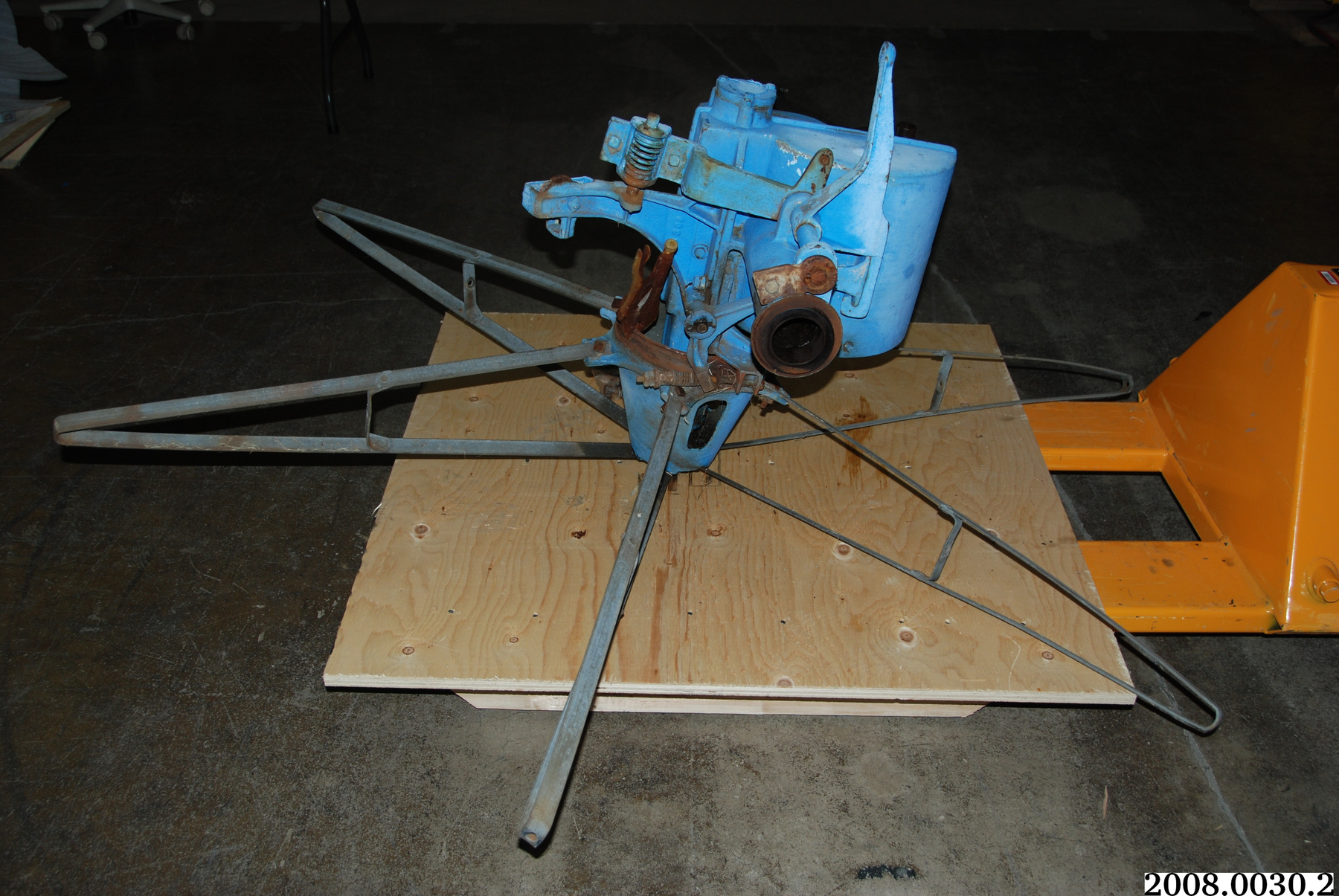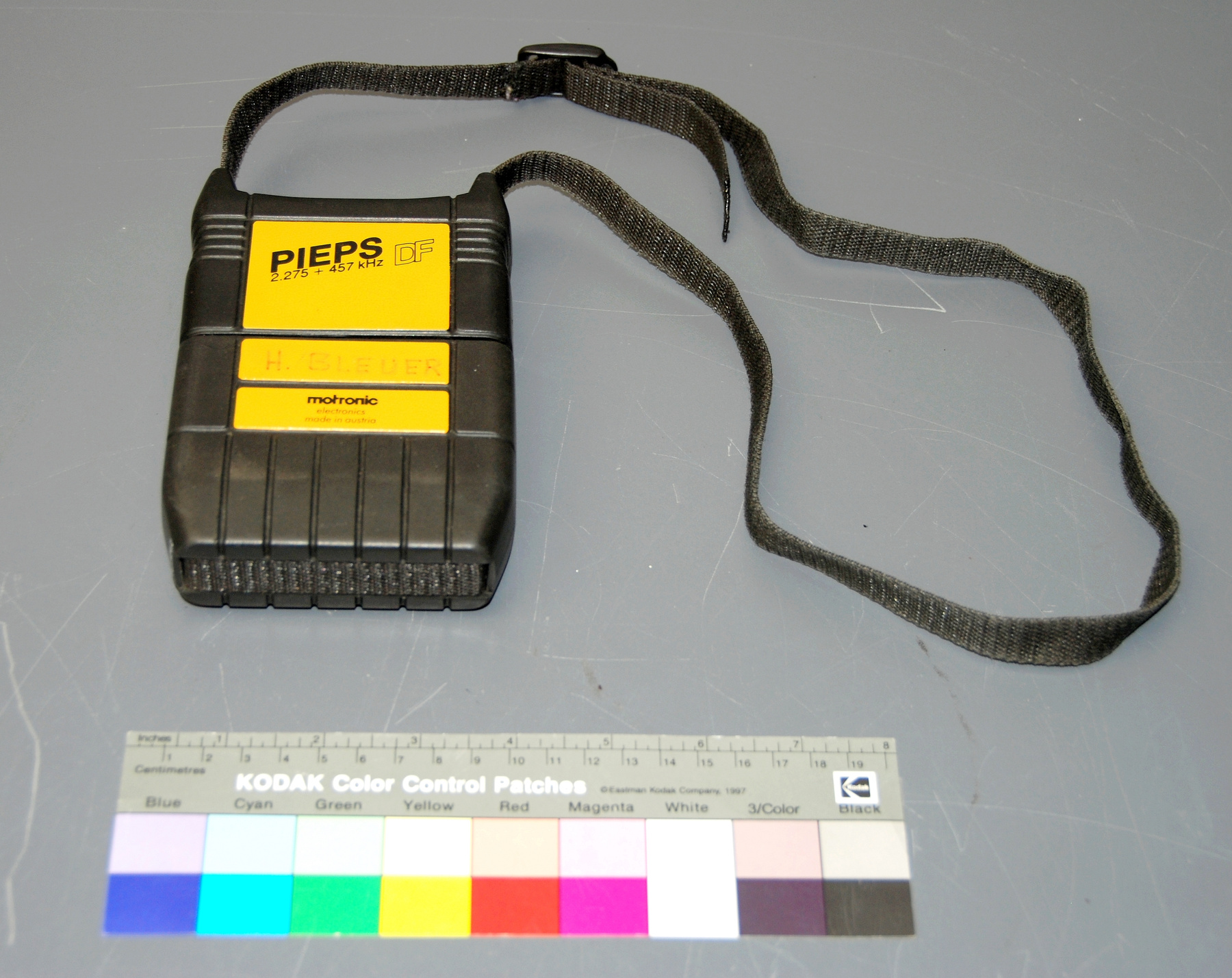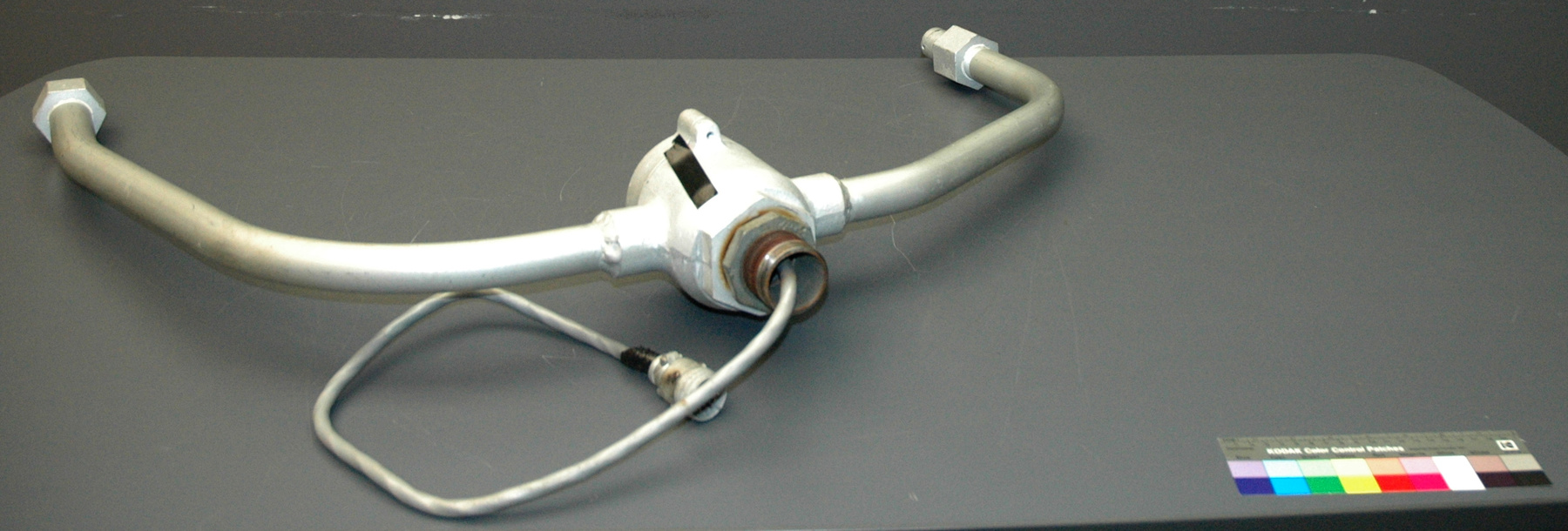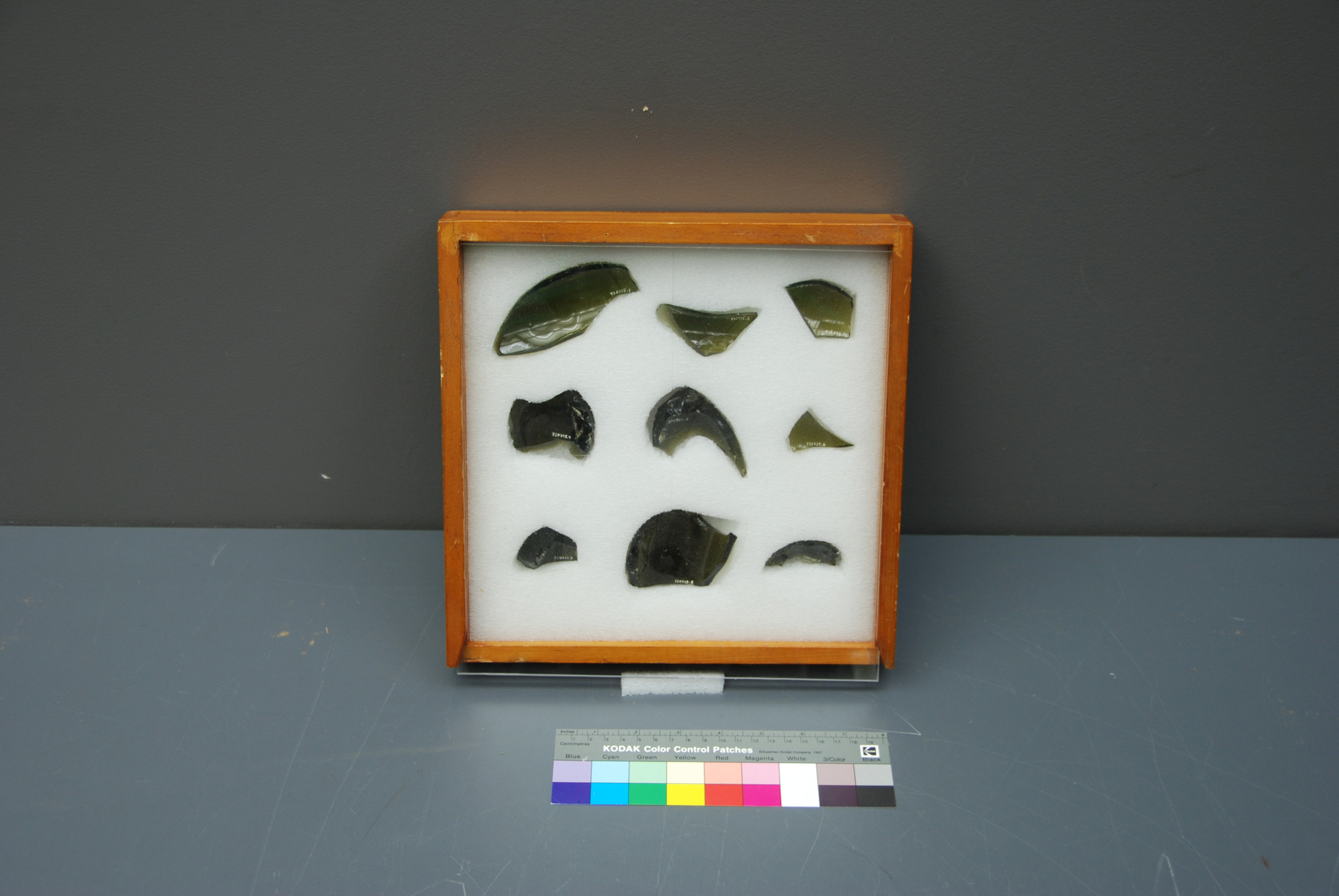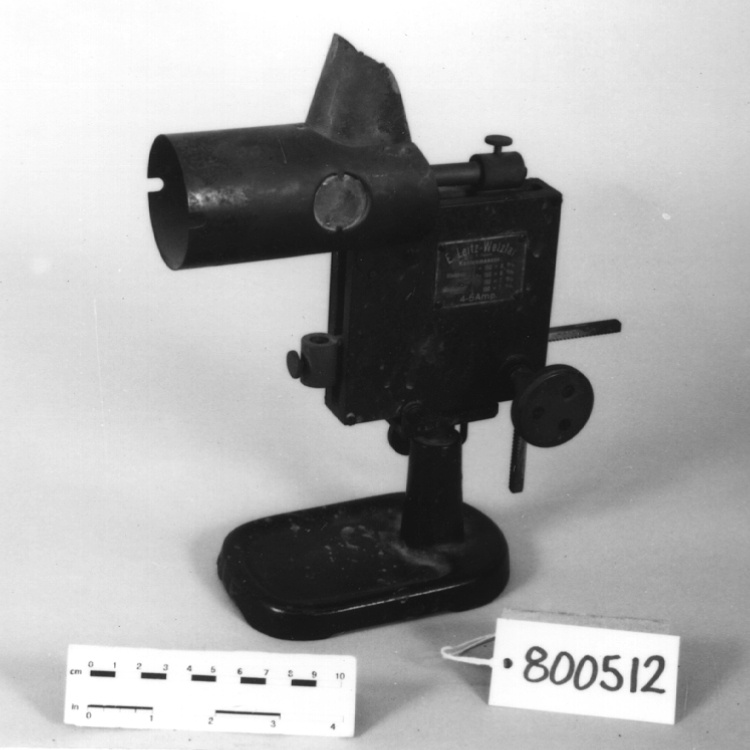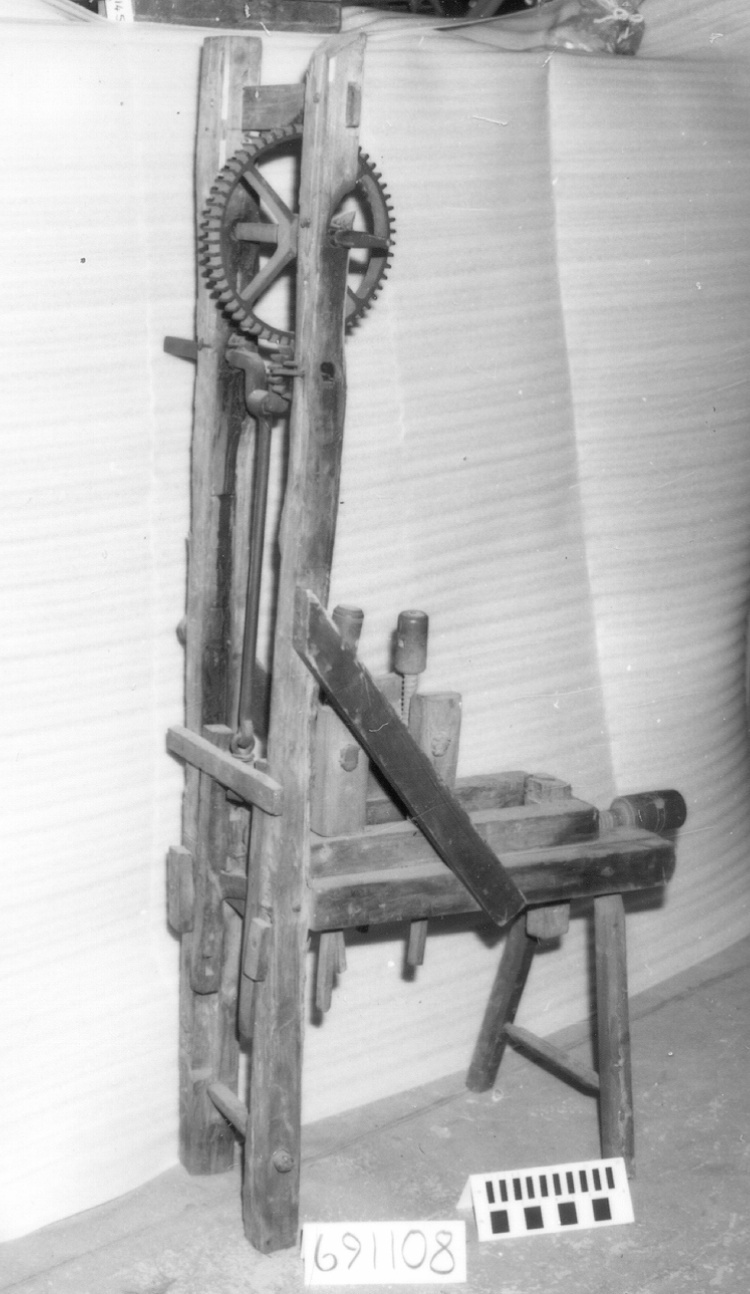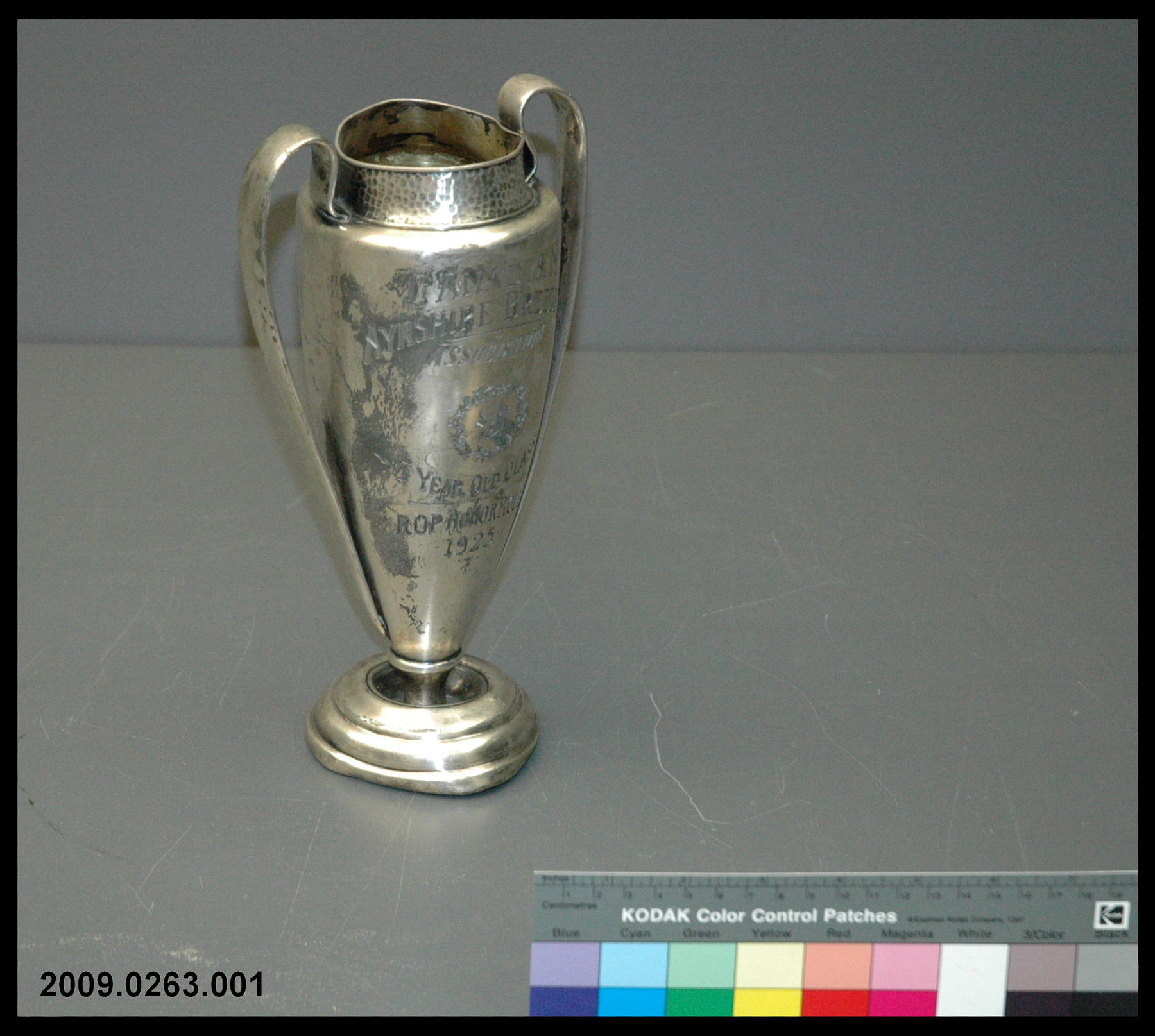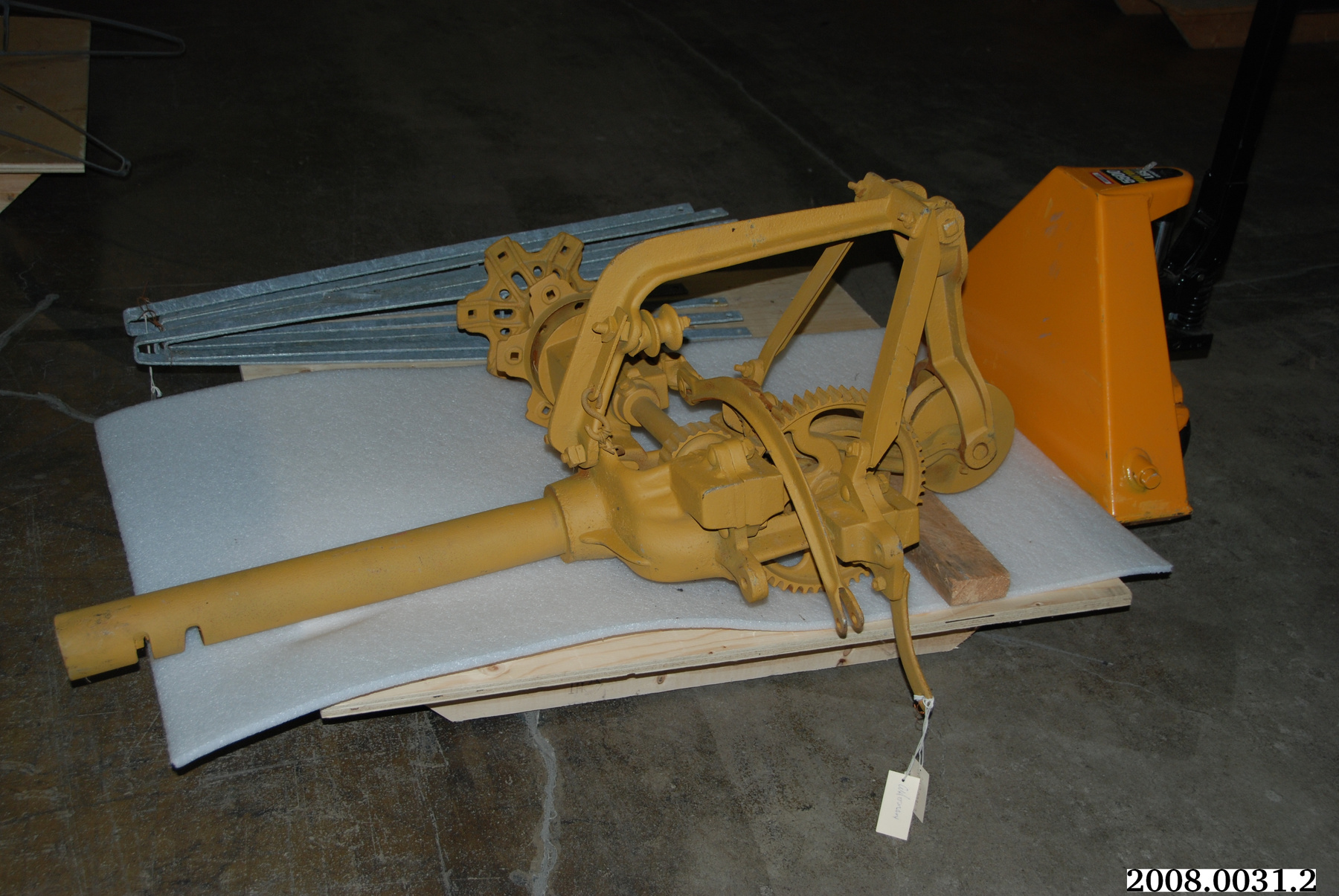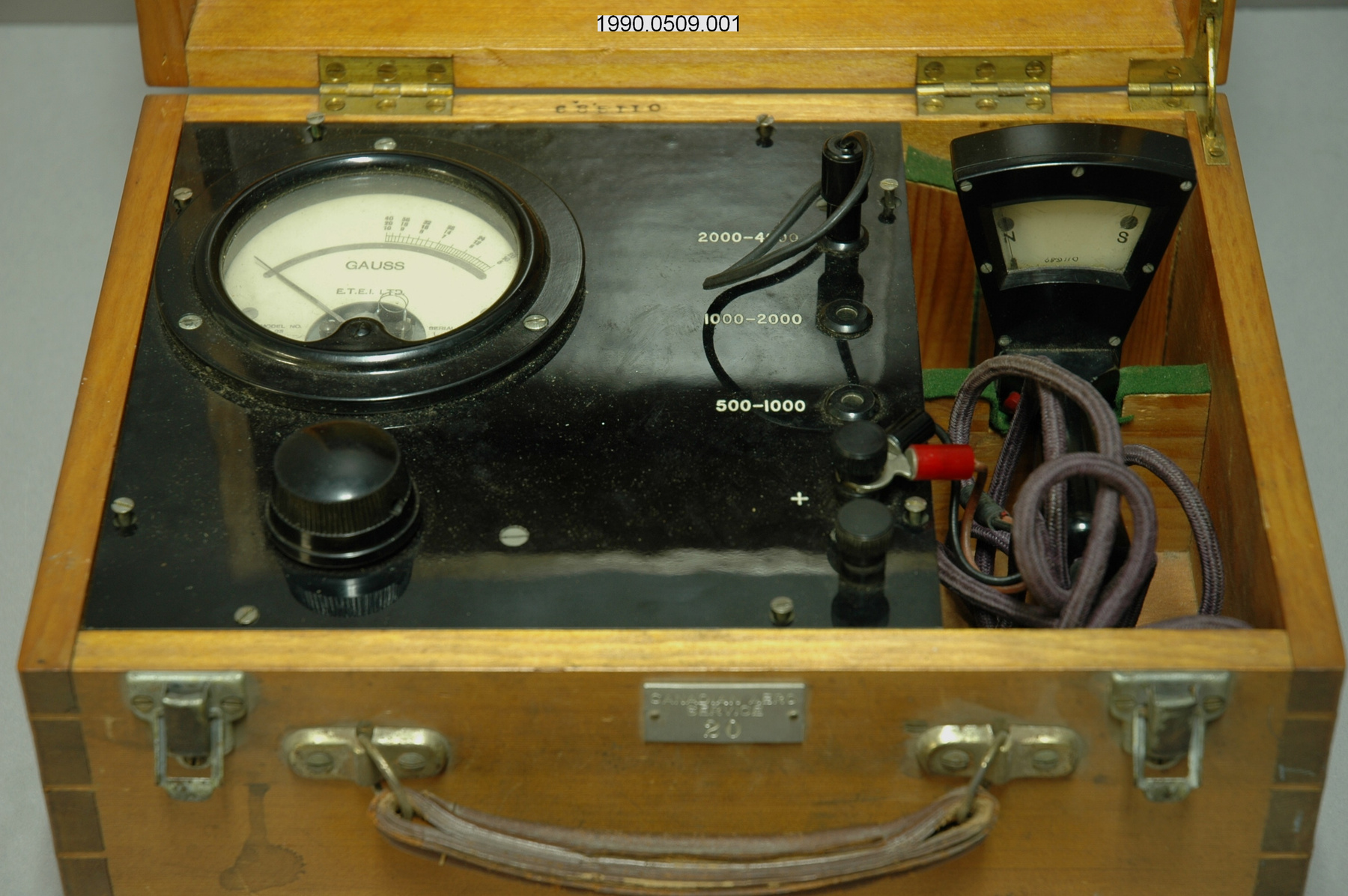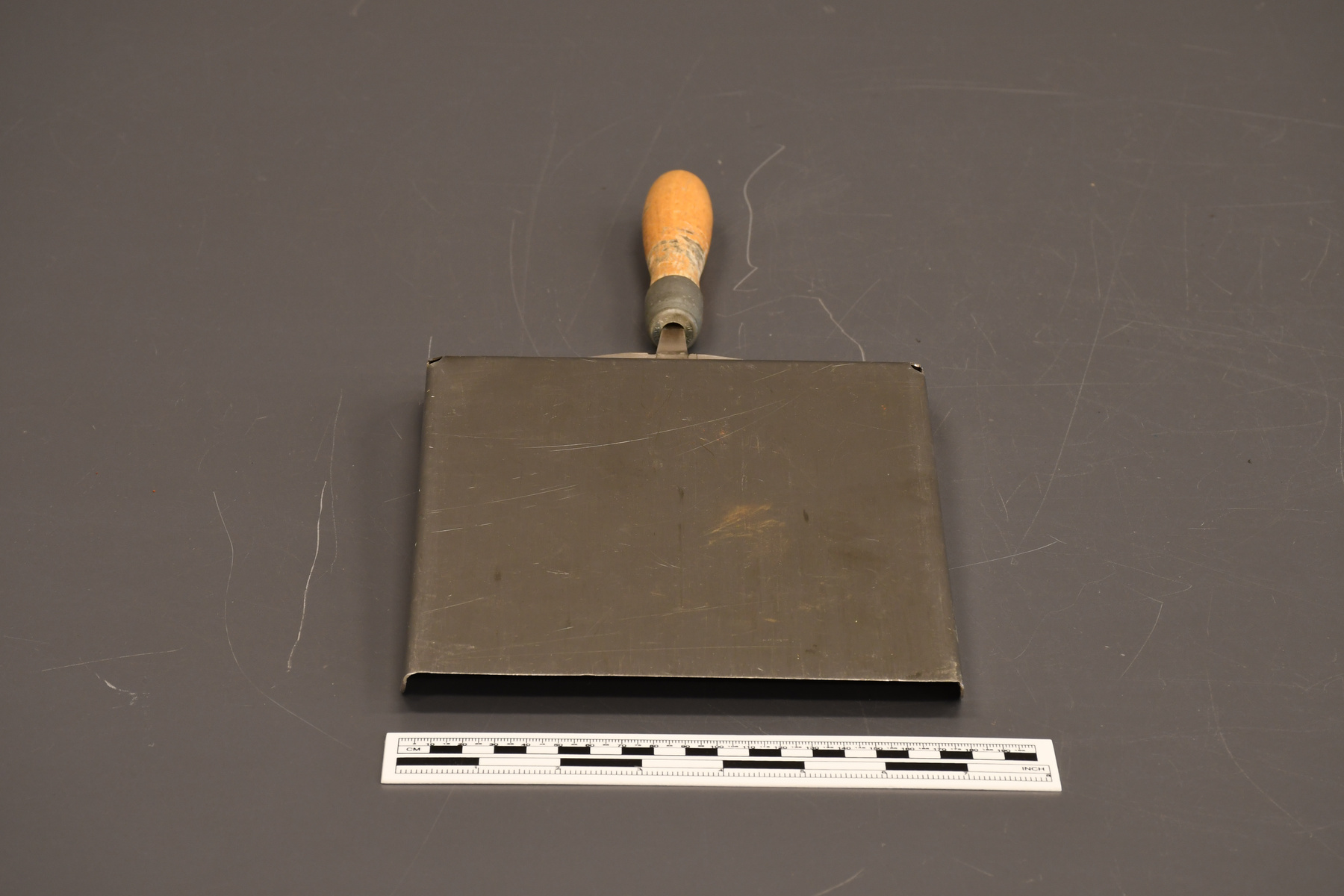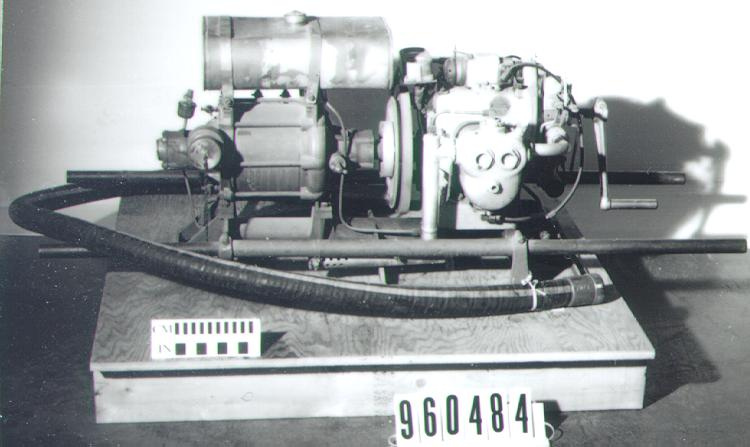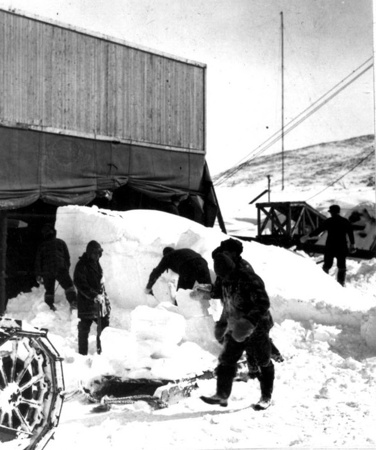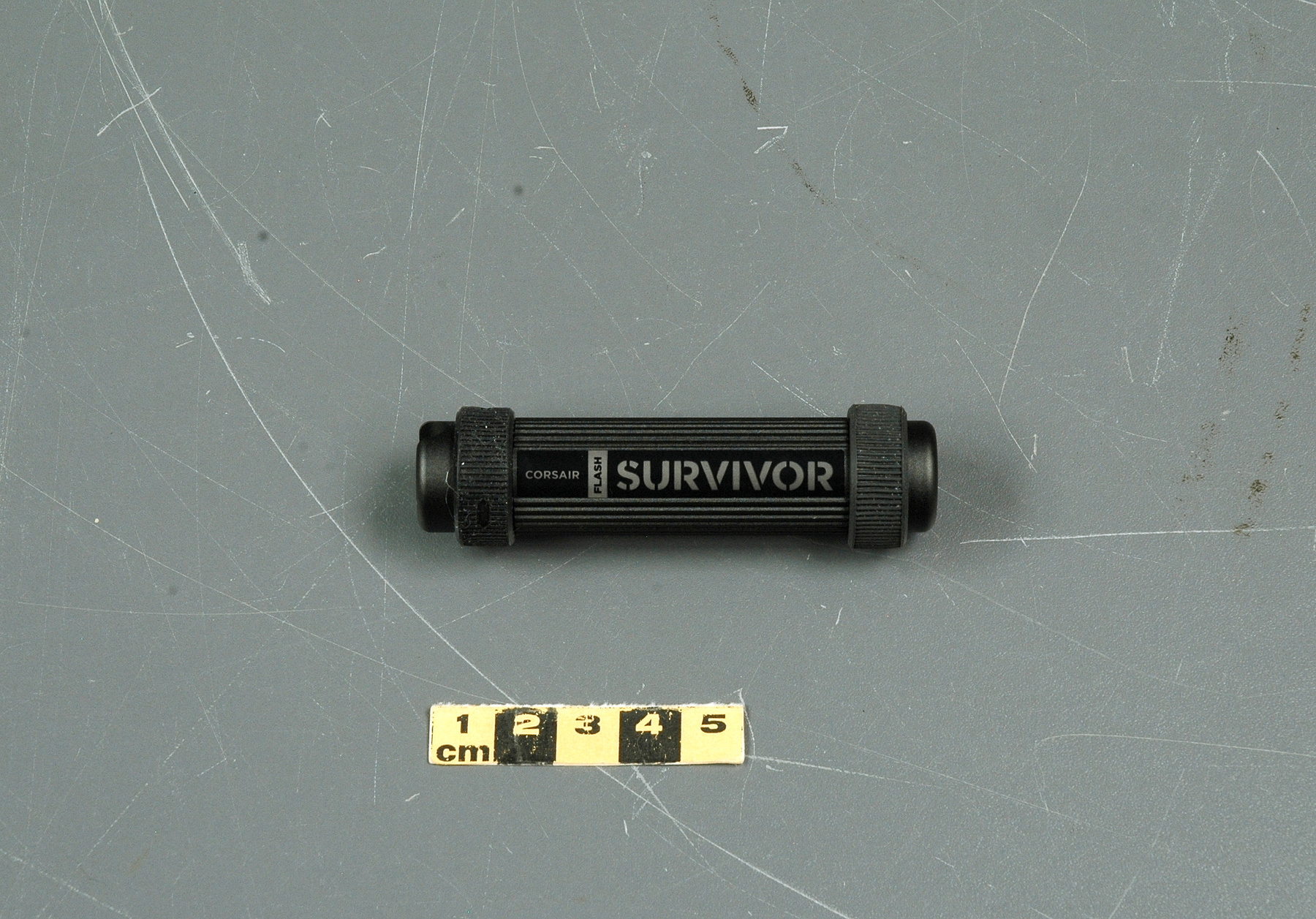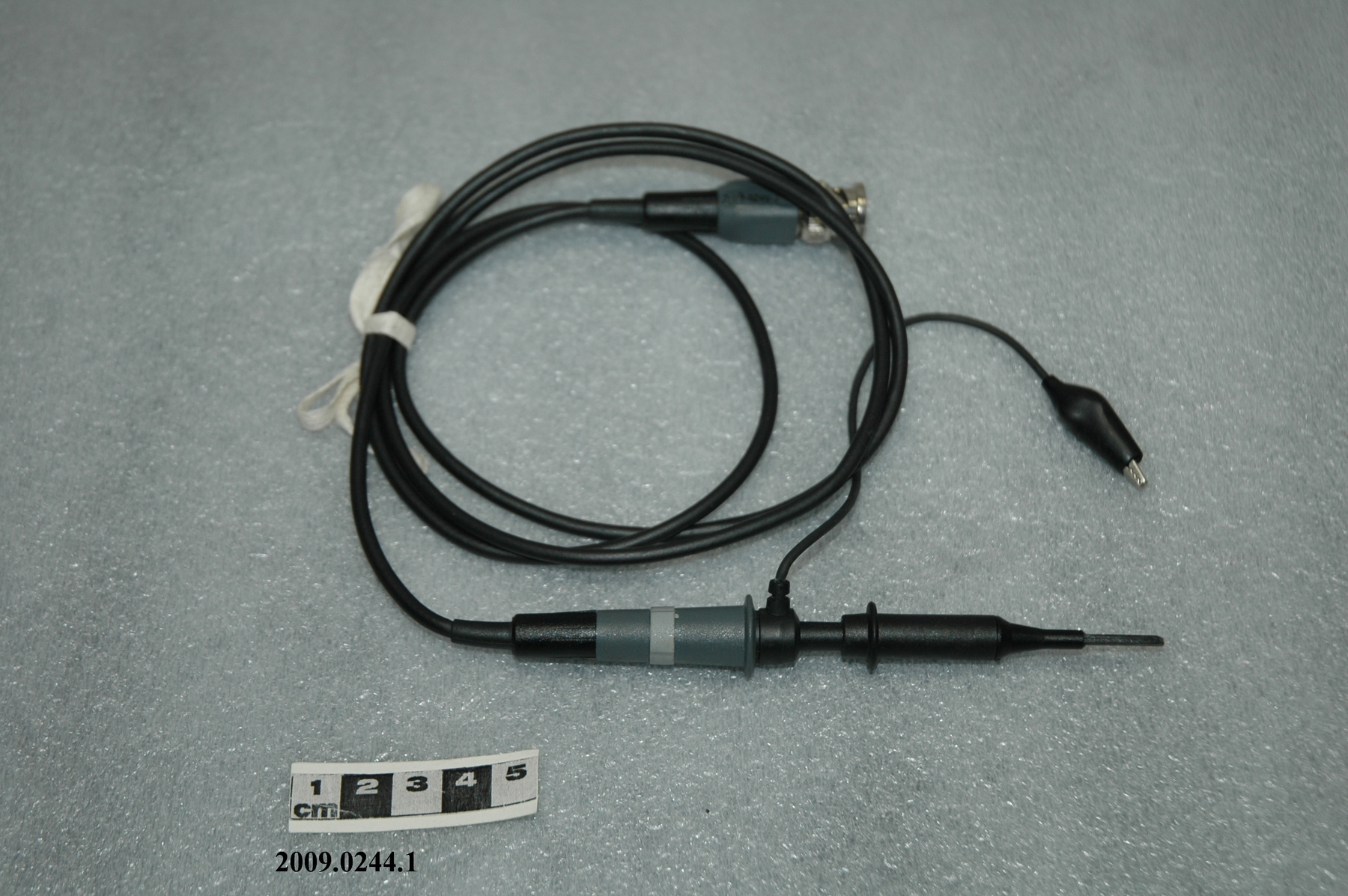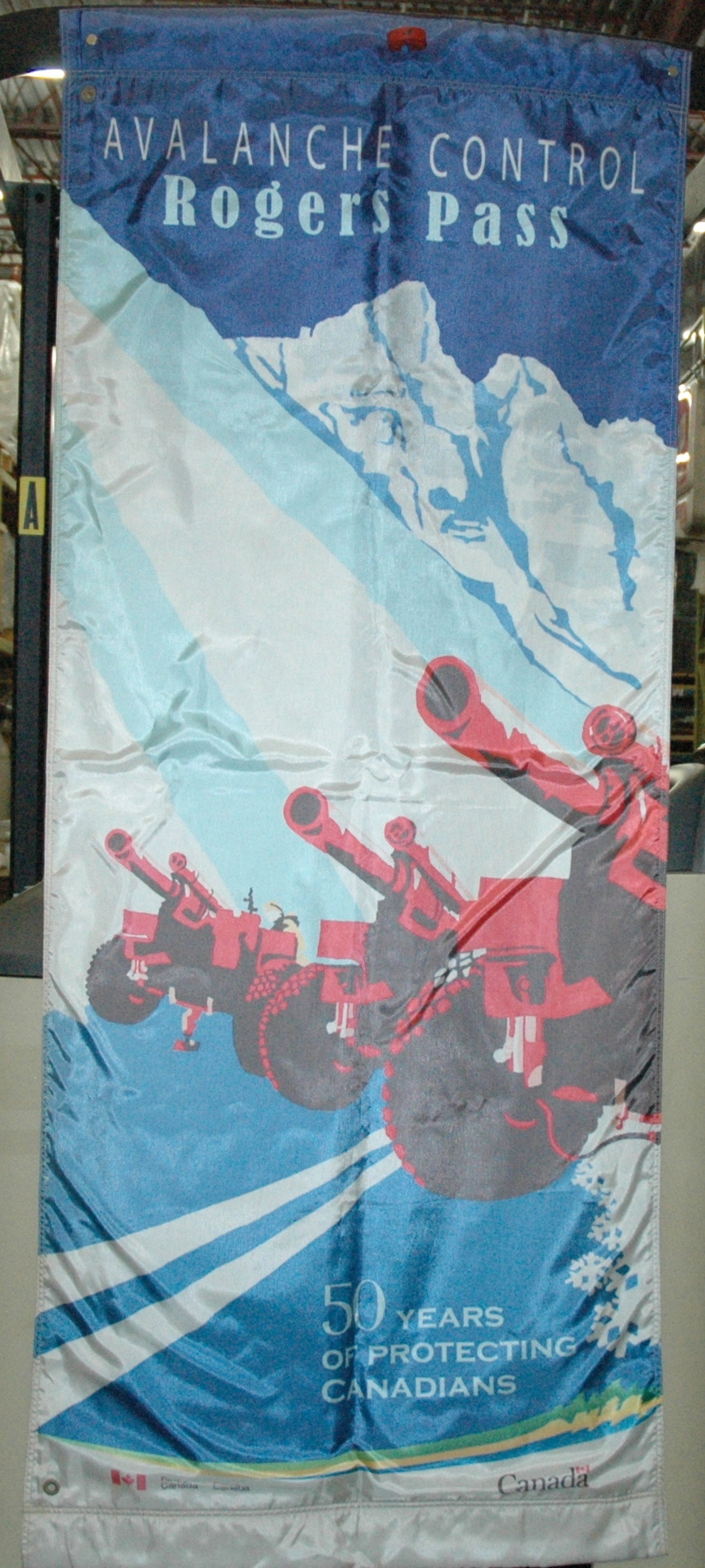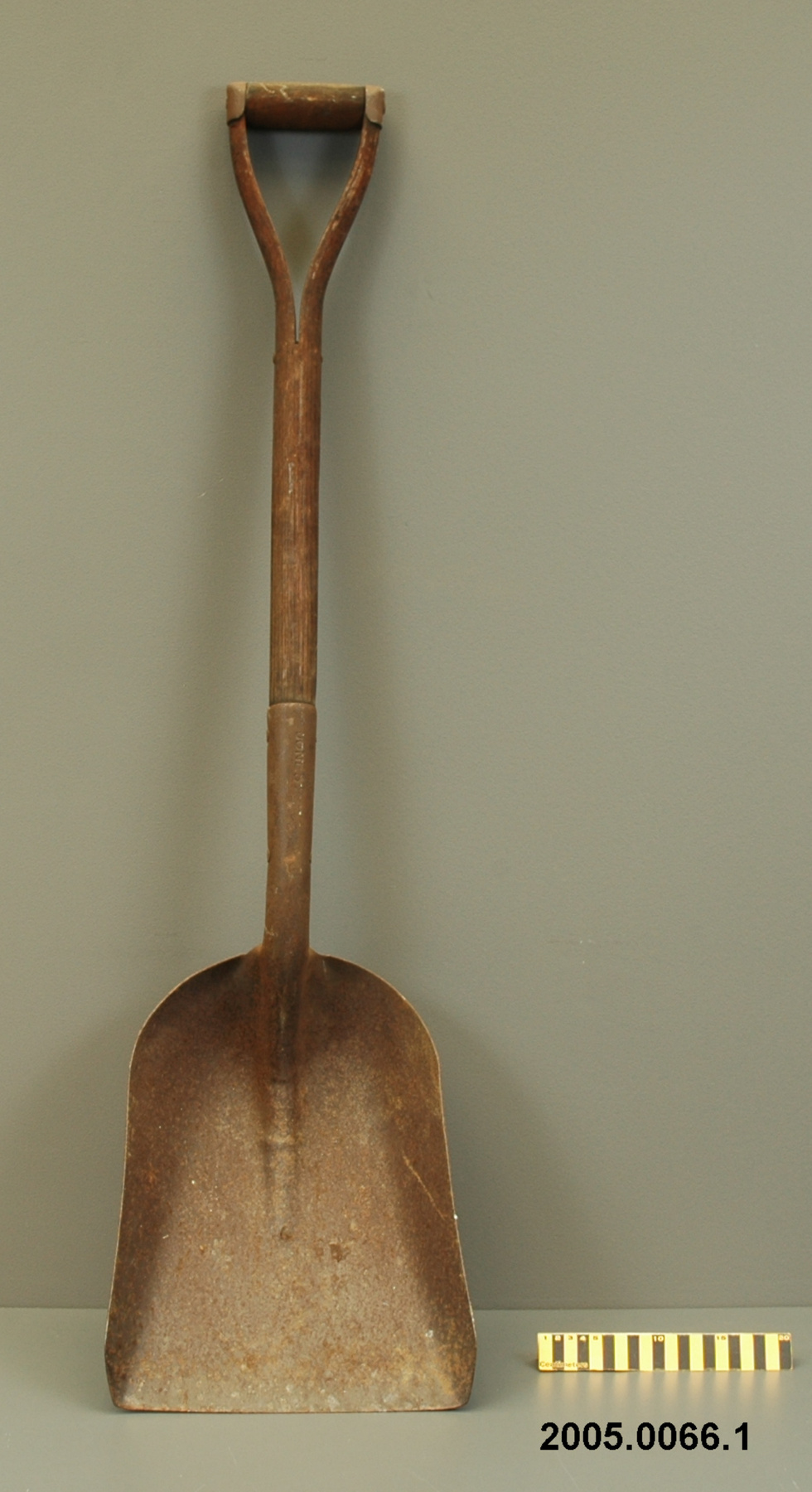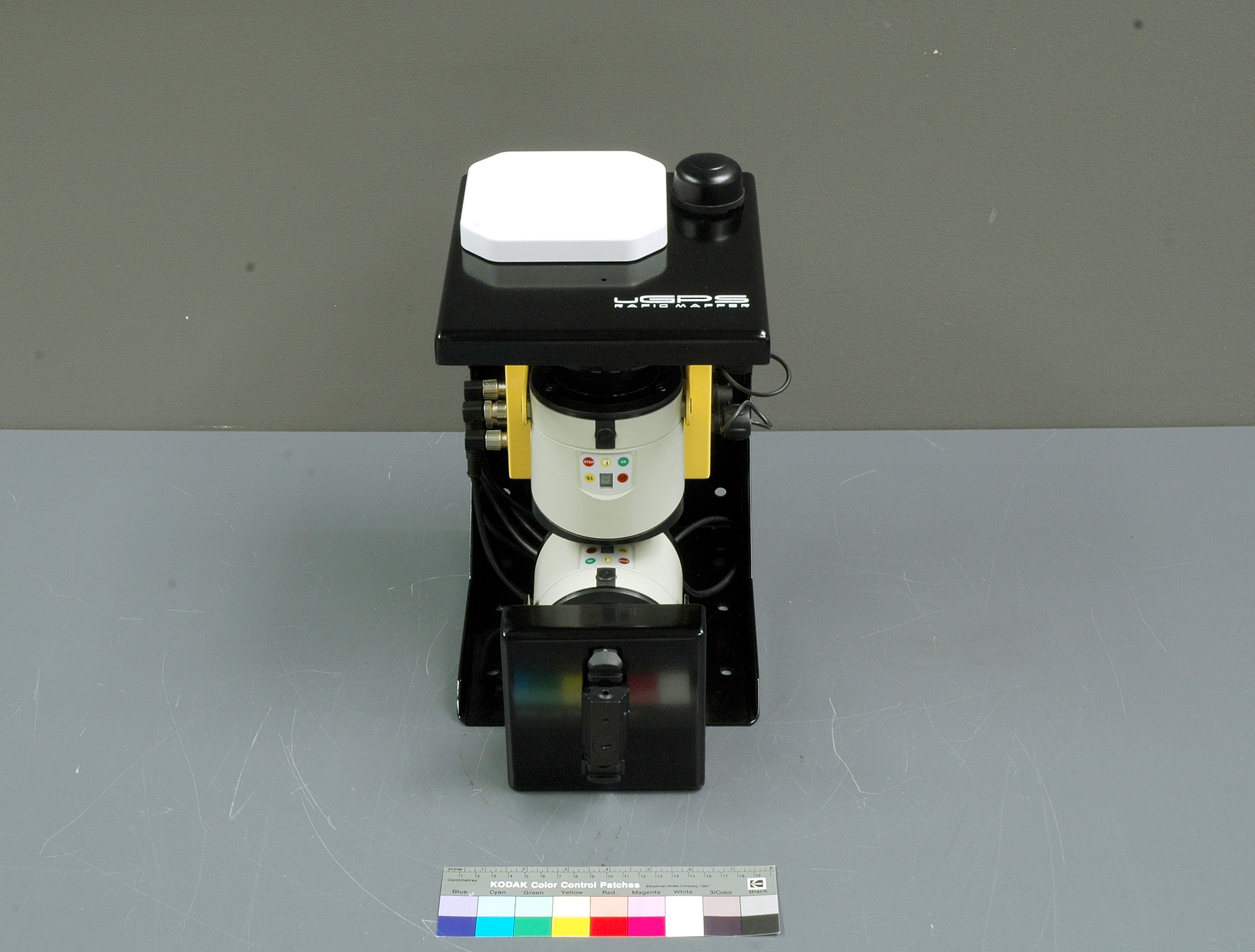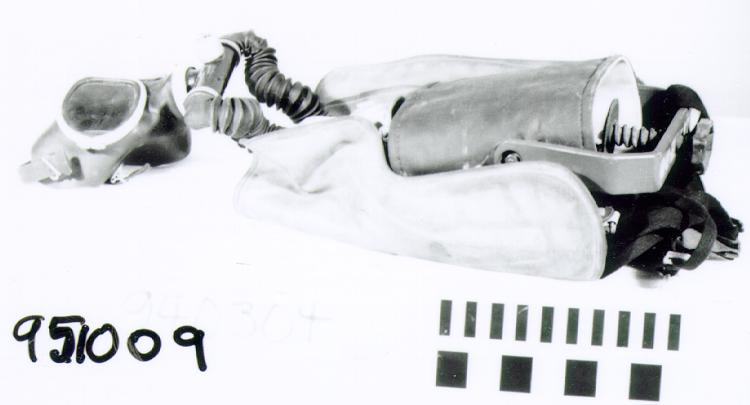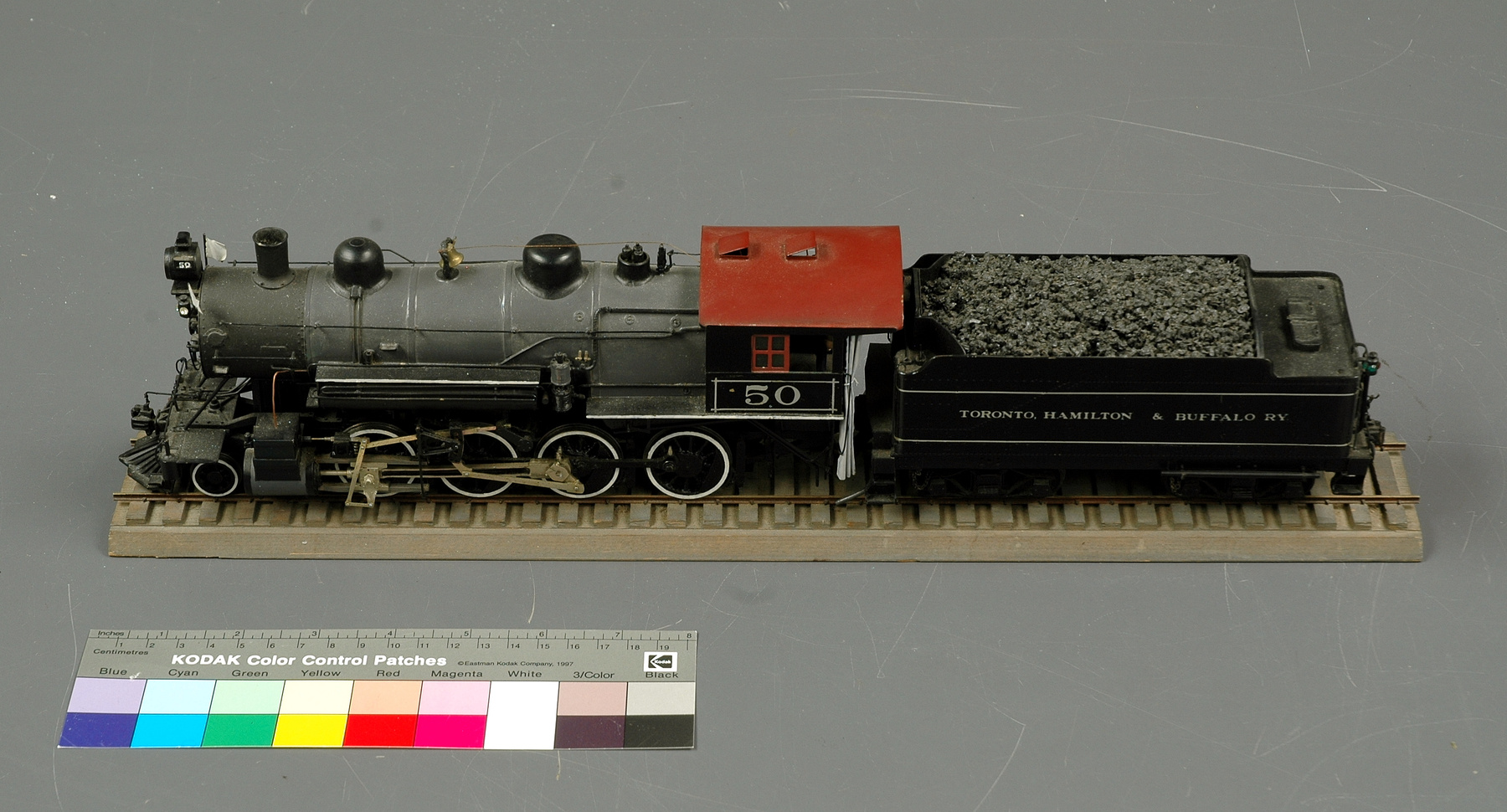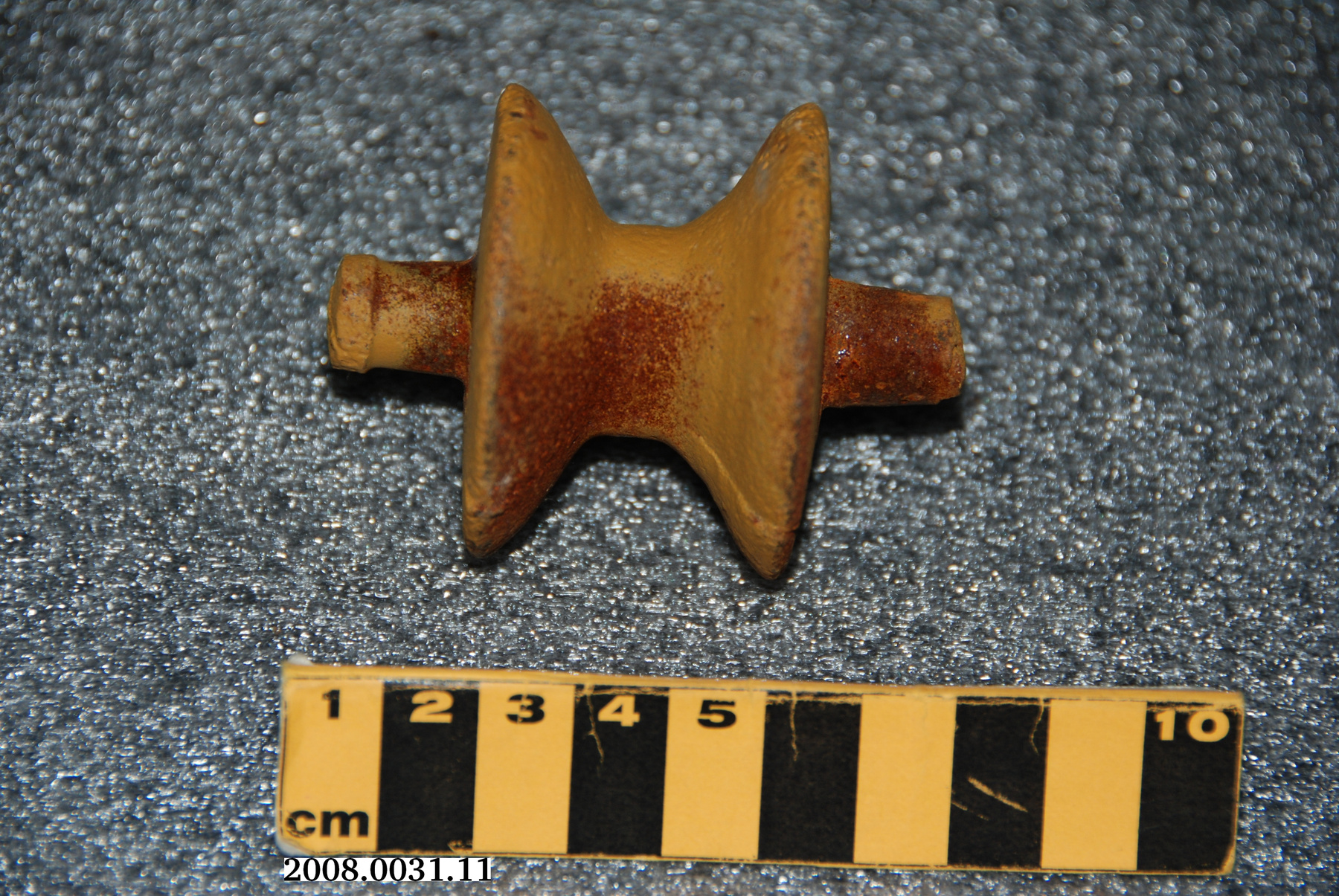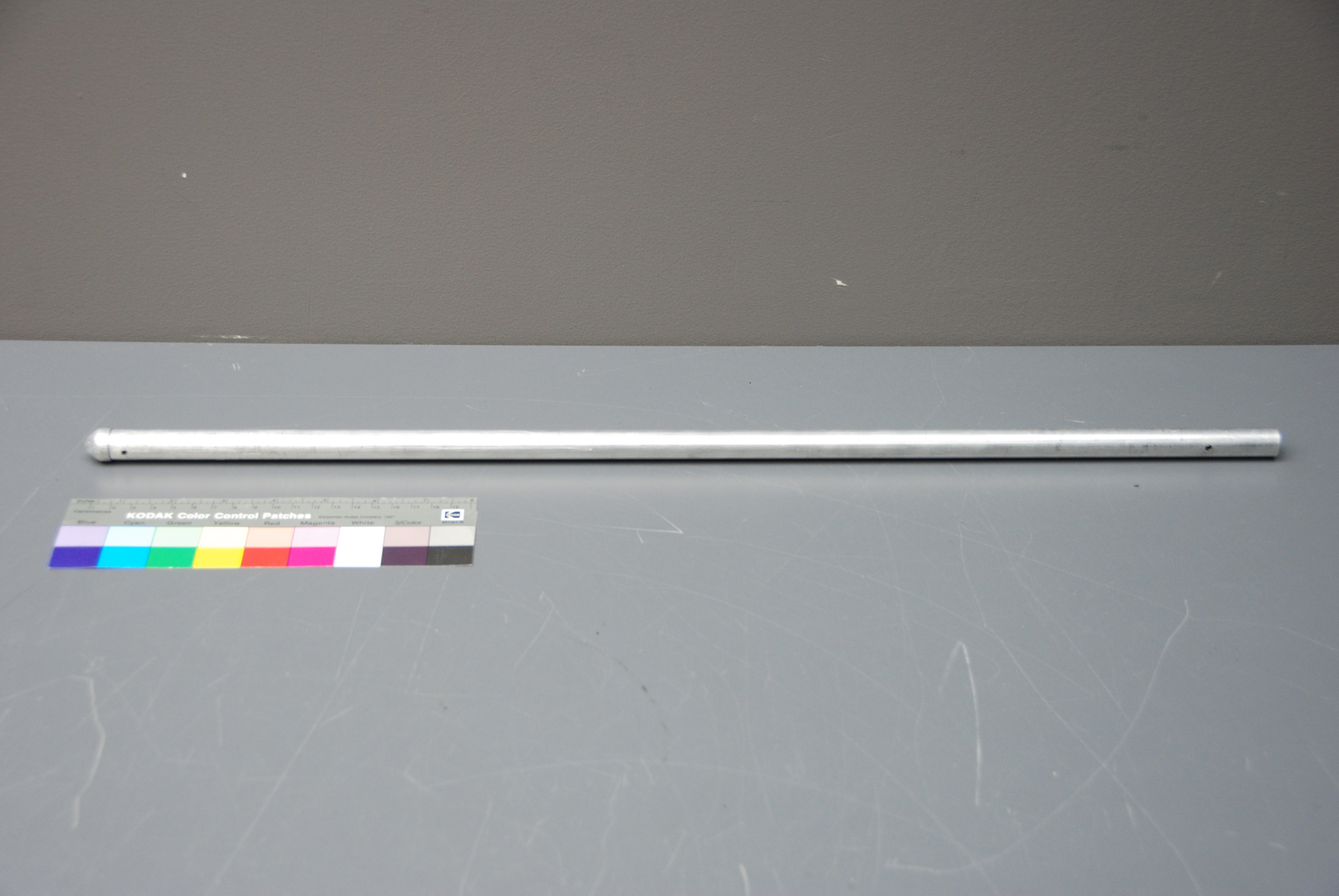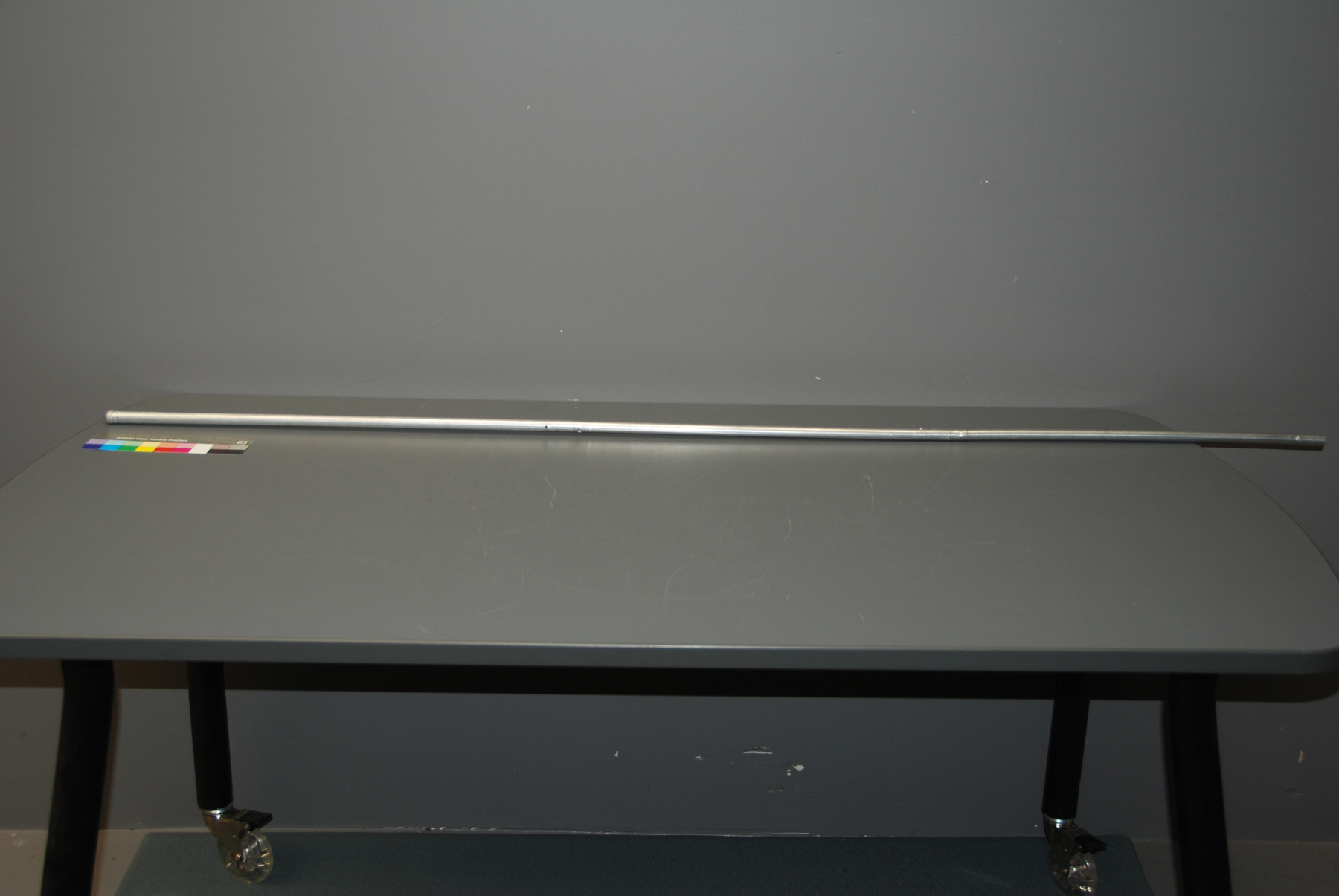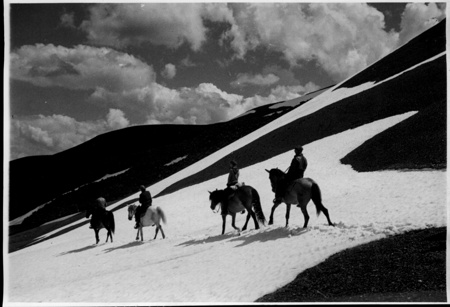Probe, avalanche
Use this image
Can I reuse this image without permission? Yes
Object images on the Ingenium Collection’s portal have the following Creative Commons license:
Copyright Ingenium / CC BY-NC-ND (Attribution-NonCommercial 4.0 International (CC BY-NC 4.0)
ATTRIBUTE THIS IMAGE
Ingenium,
2013.0133.001
Permalink:
Ingenium is releasing this image under the Creative Commons licensing framework, and encourages downloading and reuse for non-commercial purposes. Please acknowledge Ingenium and cite the artifact number.
DOWNLOAD IMAGEPURCHASE THIS IMAGE
This image is free for non-commercial use.
For commercial use, please consult our Reproduction Fees and contact us to purchase the image.
- OBJECT TYPE
- collapsible
- DATE
- 1970–1990
- ARTIFACT NUMBER
- 2013.0133.001
- MANUFACTURER
- Unknown
- MODEL
- Unknown
- LOCATION
- Unknown
More Information
General Information
- Serial #
- N/A
- Part Number
- 1
- Total Parts
- 3
- AKA
- N/A
- Patents
- N/A
- General Description
- Aluminum
Dimensions
Note: These reflect the general size for storage and are not necessarily representative of the object's true dimensions.
- Length
- 62.5 cm
- Width
- N/A
- Height
- N/A
- Thickness
- N/A
- Weight
- N/A
- Diameter
- 1.7 cm
- Volume
- N/A
Lexicon
- Group
- Meteorology
- Category
- Precipitation amount, rate & duration measurement
- Sub-Category
- N/A
Manufacturer
- AKA
- Unknown
- Country
- Unknown
- State/Province
- Unknown
- City
- Unknown
Context
- Country
- Canada
- State/Province
- Unknown
- Period
- ca.1970’s–1990’s
- Canada
-
Taken from reference: 1 An interesting reference found by the Revelstoke Museum which documents what is perhaps the first use of an avalanche probe in Canada. “Feel rods” were being used by First Nations in the Chilkoot Pass to recover equipment buried by snowslides during the Klondike Gold Rush. The 1897 excerpt is from The Ledge newspaper of New Denver, B.C. “Care must be exercised in soft weather, or everything is liable to be swept from the bench by a snowslide or avalanche, and should this happen the Indians will prove of greatest assistance in recovering part of the things. With long, slender rods tipped with steel they feel down in the snow and locate most of the larger packages, which, without them and their feel rods, one would never find." Today, Vancouver based G3 Inc. manufactures high-tech carbon fibber avalanche probes designed to locate buried victims. Following several high-profile accidents i.e. Strathcona-Tweedsmuir and Selkirk Mountain Experience tragedies of 2003 in which 14 people lost their lives, the Canadian Avalanche Association considers the avalanche probe as “essential” safety gear. “Essential gear is the equivalent of a PFD on a boat or a seat belt in a car – the basic stuff that everyone needs. Although you buy them separately, think of the Transceiver-Probe-Shovel as a single piece of gear – two out of three isn’t good enough. Every person needs all three parts.” Source: Canada Avalanche Association, http://www.avalanche.ca/cac/gear/essential - Function
-
Avalanche probes are used to locate individuals buried in snow. The device works in conjunction with the avalanche beacon used to pinpoint a buried person, and the avi shovel used to dig them out. - Technical
-
Taken from reference: 1 Lightweight aluminum avalanche probe screwed together in 4 to 6 sections and ranging in length from 2m to 3m. This probe has only three sections and missing possible 3 to 4 more. Today, Vancouver based G3 Inc. manufactures high-tech carbon fibber avalanche probes designed to locate buried victims. - Area Notes
-
Unknown
Details
- Markings
- none apparent
- Missing
- three other sections
- Finish
- Polished aluminum. Shows signs of wear. Probe parts screw in to each other.
- Decoration
- N/A
CITE THIS OBJECT
If you choose to share our information about this collection object, please cite:
Unknown Manufacturer, Probe, avalanche, circa 1970–1990, Artifact no. 2013.0133, Ingenium – Canada’s Museums of Science and Innovation, http://collections.ingeniumcanada.org/en/item/2013.0133.001/
FEEDBACK
Submit a question or comment about this artifact.
More Like This
